The Secrets of Lake District Landscape Photography
Table of Contents Show
Introduction to Lake District Landscape Photography
Landscape photography is a captivating art form that allows us to capture the beauty of the natural world. It can transport us to breathtaking locations and evoke a sense of wonder and awe. One location that has been a magnet for photographers is the stunning Lake District in the United Kingdom. With its majestic mountains, serene lakes, and picturesque valleys, the Lake District offers a plethora of opportunities for landscape photographers to create stunning images. Cumbria is where I really caught the photography bug. Whilst I had always used a camera, like most people when travelling, day outs etc is was in this majestic place I recognised that my images were not doing justice to the scenery and emotions I had about this stunning landscape. In this article, we will explore the secrets of Lake District photography and how joining a photographic holiday in the Lake District can enhance your skills and provide you with a truly enchanting experience. It may also be the catalyst, as it was for me nearly twenty years ago, to view landscape photography differently and consider what elements of the photographic process you need to improve on to create images that convey more than just a reference to a place in time.
How Many Lakes are there in the Lake District?
Lake District, the bodies of water are known by different names such as "lakes," "waters," "meres," and "tarns." Each term has a specific meaning, often rooted in local geography and history. Below is a detailed explanation of each type, along with the number of each found in the region.
1. Lakes
Meaning: A lake is a large, deep body of freshwater, typically larger than other types of water bodies. Despite the region being called the Lake District, only one body of water is officially named a "lake."
Number: There is 1 official lake in Cumbria.
Example: Bassenthwaite Lake is the only water body officially named "lake."
2. Waters
Meaning: "Waters" are long, narrow bodies of water, often found in valleys and formed by glacial activity. They are typically connected to rivers and tend to be large, though not as deep as lakes.
Number: There are 4 major waters in the Lake District.
Examples:
Derwent Water
Ullswater
Wast Water
Thirlmere
3. Meres
Meaning: A mere is a shallow body of water, often found at lower elevations and not as deep or as large as a lake. The term "mere" comes from Old English and typically refers to open water that has fewer inflows and outflows than lakes.
Number: There are 2 major meres in the Lake District.
Examples:
Windermere (the largest natural lake in England)
Buttermere
4. Tarns
Meaning: A tarn is a small, mountain lake, often formed in a cirque (a hollow created by glacial erosion). Tarns are typically found at higher elevations and are much smaller than lakes or waters. They often have a tranquil, remote feel.
Number: There are over 100 tarns scattered across the Lake District.
Examples:
Stickle Tarn
Red Tarn
Blea Tarn
Summary of Numbers:
1 lake (Bassenthwaite Lake)
4 waters (Derwent Water, Ullswater, Wast Water, Thirlmere)
2 meres (Windermere, Buttermere)
Over 100 tarns
In total, Cumbria’s Lake District is home to 7 major lakes, waters, and meres, and over 100 tarns, each offering unique characteristics and picturesque scenes for exploration and photography.
The Allure of Lake District Landscape Photography
The Lake District, located in northwest England, is renowned for its unparalleled natural beauty. Its breathtaking landscapes have inspired countless artists and writers throughout history, and it continues to captivate photographers from around the world. The region boasts a diverse range of scenery, from the rugged peaks of Scafell Pike to the tranquil waters of Blea Tarn. Each season brings unique charm to the landscape, making the Lake District a paradise for photographers. Whether you are drawn to the vibrant colours of autumn, the ethereal mist of late summer, the snow of winter, or the blooming flowers of spring, the Lake District offers a wealth of opportunities to capture the magic of nature all year round.
Benefits of joining a photographic holiday
Joining a photographic holiday in the Lake District can be a game-changer for aspiring landscape photographers. These Lake District Landscape Photography holidays offer a unique opportunity to immerse yourself in the art of photography while surrounded by the stunning landscapes of the Lake District. One of the greatest benefits of joining a photographic holiday is learning from experienced professionals. I have an intimate knowledge of the Lake District and can guide you to the best locations at the optimal times for capturing breathtaking images. I can provide valuable insights into composition, lighting, and post-processing techniques that will take your photography to the next level. Additionally, joining a photographic holiday allows you to connect with like-minded individuals who share your passion for photography. The camaraderie and shared experiences can be incredibly inspiring and push you to explore new creative horizons.
Choosing the right photographic holiday in the Lake District
When choosing a photographic holiday in the Lake District, it is essential to consider several factors to ensure you have the best possible experience. Firstly, look for a holiday that caters to your skill level. Whether you are a beginner or an advanced photographer, options are available for every level of expertise. My photography workshop holidays are open to all levels of experience, and generally, my groups are always a mix of complete novice to more experienced photographers.
Consider the size of the group as well. Smaller groups often provide a more intimate learning experience, allowing for one-on-one interactions with the instructors. My group size is a now a maximum of four for residential photography holidays for two reasons. Firstly a practical one of meaning removing the stress of multiple cars finding locations or parking. Four clients means I can provide transport for everyone in one vehicle giving us total flexibility to divert from a destination if we see some interesting light or potential shots on route and it means clients don’t have the stress of trying to navigate to remote spots that can’t be found with a post-code and sat nav.
It is also essential to research the itinerary of the holiday. Look for a well-rounded program that includes a variety of locations and shooting conditions, as this will help you develop a diverse portfolio of images. My workshops are meticulously planned from sunrise to sunset with the right balance of how many locations, driving time, rest and eating time to ensure we don’t rush between as many spots as possible but also don’t spend more than the required time somewhere that clients become brain dead!
Where you stay and how comfortable is important. Locating close to key locations means easier access for those sunrise and sunset golden hours. I have used a variety of hotels across the region depending on where the main areas of focus have been but I have settled down for the last few years in the very cosy and characterful Ravenstone Manor House, which is based near the edge of Bassenthwaite Lake just north of Keswick. The food and hospitality are brilliant, and the rooms are clean and comfortable and have scenic views down to Bassenthwaite.
Finally, read reviews and testimonials from previous participants to get an idea of the quality of instruction and the overall satisfaction of past attendees. My feedback reviews are second to none and sometimes people question how I can achieve a 4.9 out of 5 with over 600 reviews in the last ten years? The answer is that I really care about my client experience and do everything I can to ensure that any issues are dealt with professionally and quickly. This includes being aware about individual client needs throughout the whole holiday experience.
Essential equipment for Lake District Landscape Photography
You will need some essential equipment to capture stunning landscape photographs in the Lake District. Firstly, a sturdy tripod is a must-have. It will enable you to keep your camera stable, especially in low-light conditions or when shooting long exposures. A rangeof focal lenghts is also good for capturing the vastness or more intimate aspects of the landscapes. Additionally, a polarizing filter can be a game-changer in landscape photography. It helps reduce glare and reflections, enhances colours, and reduces highlights the details on the foliage and water. Lastly, don't forget to pack extra batteries and memory cards, as the captivating landscapes of the Lake District may tempt you to shoot more than anticipated and when working in early morning light the exposure times will be longer and drain the battery quicker.
If you want advice on what equipment to take with you to the Lakes, send me an email or call me. Anyone booking my workshop will be sent a recommended equipment list in advance of the event date and I also have some items (tripods, filters) available for you to use so you don’t have to go out and spend additional money to do the workshop with me.
Composition techniques for stunning landscape photographs
Composition is key to creating stunning landscape photographs that evoke emotions and tell a story. Here are some composition principles to remember when photographing the Lake District's landscapes.
The rule of thirds for dividing your frame into zones or leading lines and foreground interest are all basic composition techniques you will find in any standard mainstream book, article or guide to photography. However, they are only fundamental principles and should not be seen as some robotic method applied to every scene and situation. Designing and image composition is far more complex than some simple principles. Visual weight, light, texture, form, shape, and contrast all contribute equally to creating a balanced composition that avoids the unnecessary in the frame and concentrates on the critical subject and required amount of supporting props to tell the story.
You can improve your compositions dramatically by working alongside more experienced photographers and a professional who has developed that awareness over decades of practice and understanding. Learning to see and read a scene takes effort, time and patience. Blindly applying rules without reason doesn’t necessarily create a compelling image. Compelling images are made through the photographer’s own considerations and interpretations of their subject and their ability to distil that into a rectangular box that we call a photograph.
If you are someone who struggles with composition then spend more time studying the work of photographers work you like and identifying what it is about their images that you are drawn to. Have a conversation with them about the why more than the how and you will start to understand that composition is much more about how an individual sees something and less about camera settings, lenses, composition rules and gear.
Capturing the magic of different seasons in the Lake District
The Lake District is a region of ever-changing beauty, with each season bringing its own unique charm. To truly capture the magic of the different seasons, it is essential to plan your photographic outings accordingly. In autumn, the Lake District transforms into a kaleidoscope of vibrant colours as the leaves change. Look for locations with a mix of deciduous trees, such as Derwentwater or Buttermere, and capture the reflections of the colourful foliage in the still waters of the lakes. Winter adds a touch of ethereal beauty to the landscape, with frost-covered trees and snow-capped peaks. Embrace the cold and venture out early in the morning to capture the soft light and delicate patterns created by the frost. Spring brings a burst of life to the Lake District, with blooming flowers and lush greenery. Photograph the vibrant bluebells in Rannerdale or the daffodils in Ullswater to add a pop of colour to your images. Lastly, summer offers long days and golden sunlight. Make the most of the extended daylight hours and capture the dramatic sunsets and sunrises over the lakes and mountains.
Editing and post-processing tips for Lake District Landscape Photography
Editing and post-processing are essential steps in the landscape photography workflow. They allow you to enhance the mood and atmosphere of your images and bring out the full potential of the raw files. When editing your landscape photographs from the Lake District, it is important to balance realism and artistic interpretation. Start by adjusting the exposure, contrast, and white balance to achieve a natural-looking image. Then, focus on enhancing the colours and tones to create a harmonious and visually appealing result. Pay attention to details such as sharpening and noise reduction to ensure your images are crisp and free from distractions. Lastly, don't be afraid to experiment with different editing techniques and styles to add your unique artistic touch to the final images. I use a combination of Adobe Lightroom and the NIK plugins for my editing. Decades of image-making mean I have a quick and effective workflow to turn a RAW image into something that represents my interpretation. Reaching this point takes time and patience to learn how to use the tools on hand effectively and sensitively. Each image deserves the full attention you gave it in the making as it does in the post-production so don’t just hope that a few clicks on a preset will match artistic expression and job done, take the time to learn how to create the final image in a way that matches your intention.
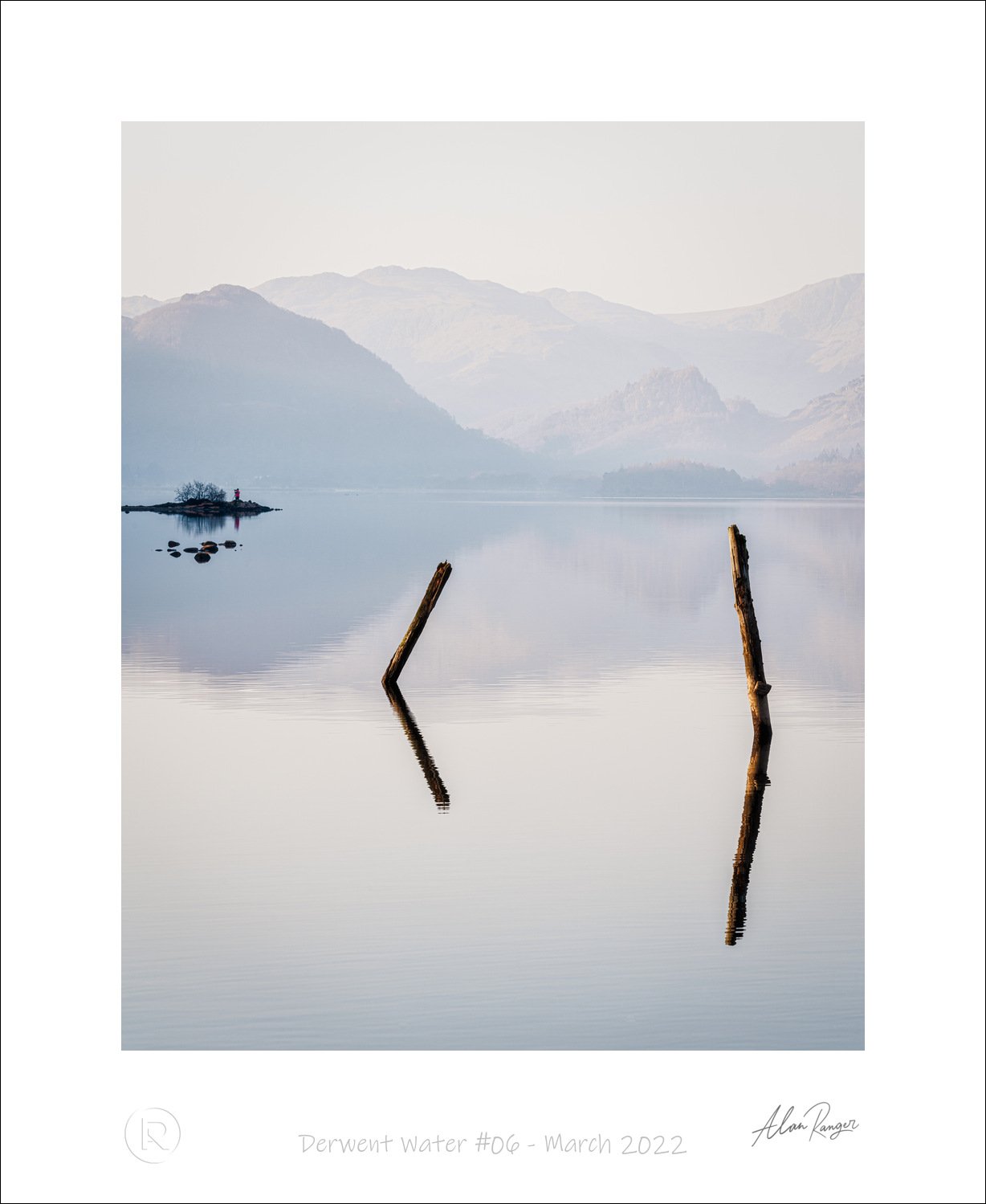
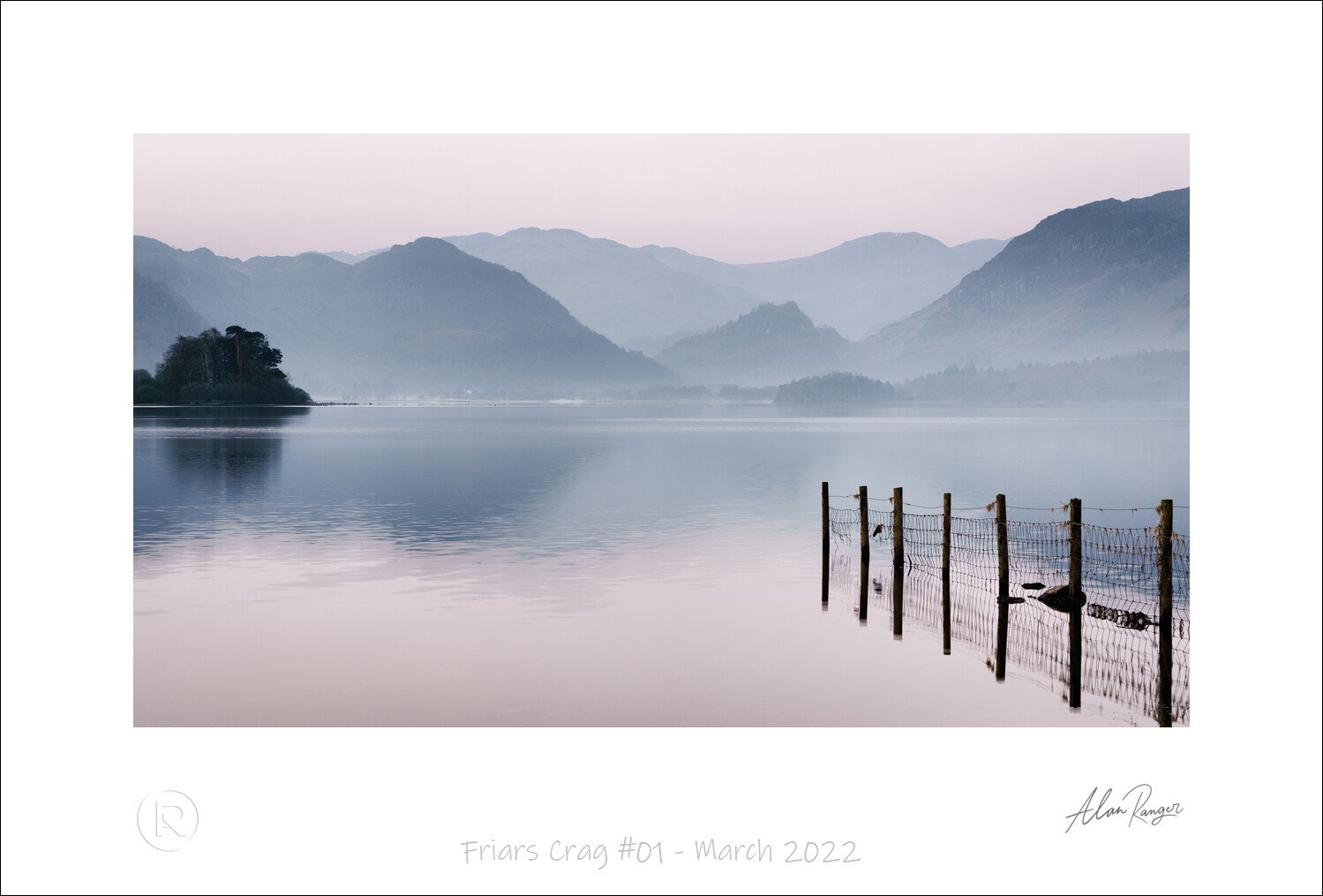
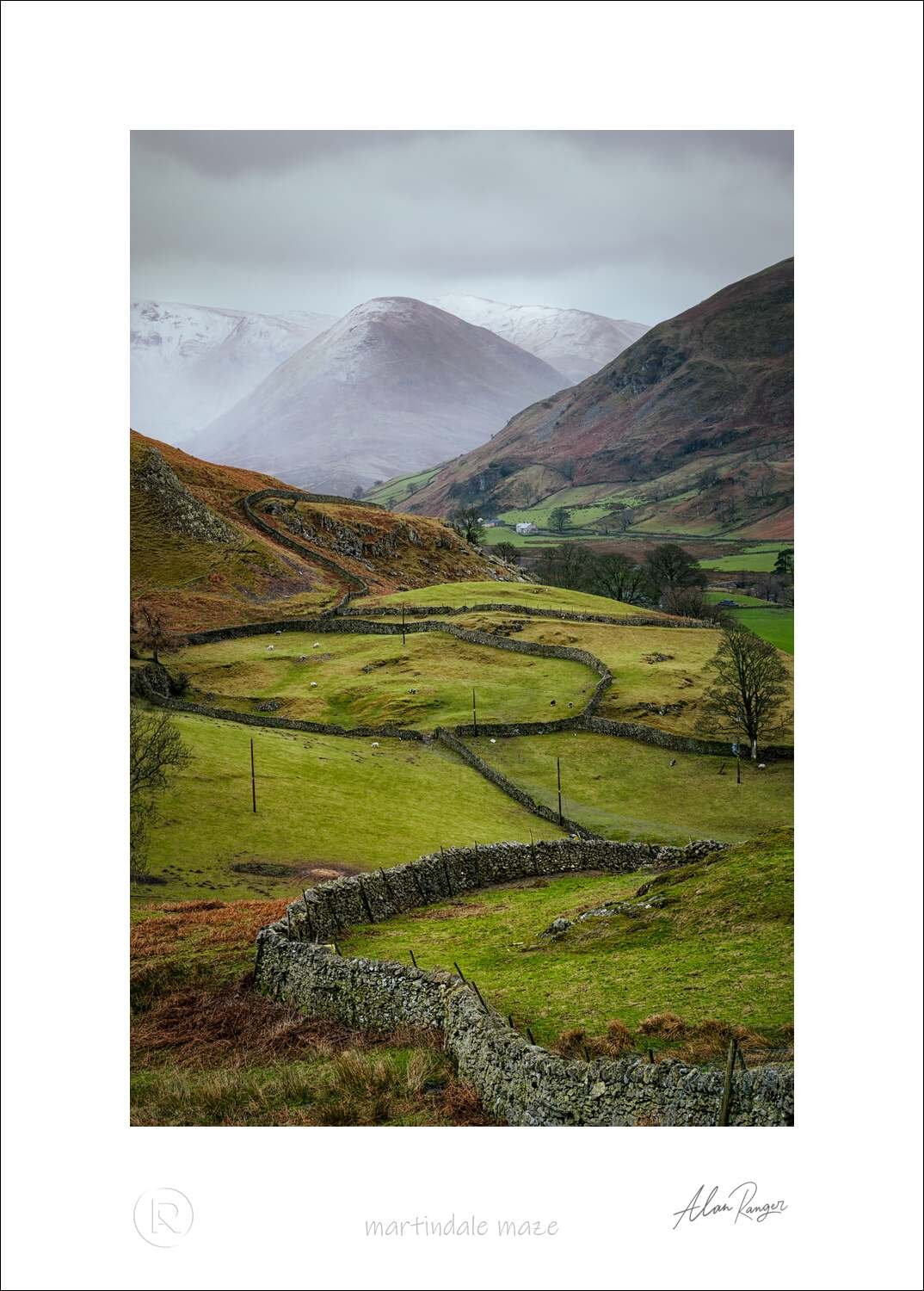
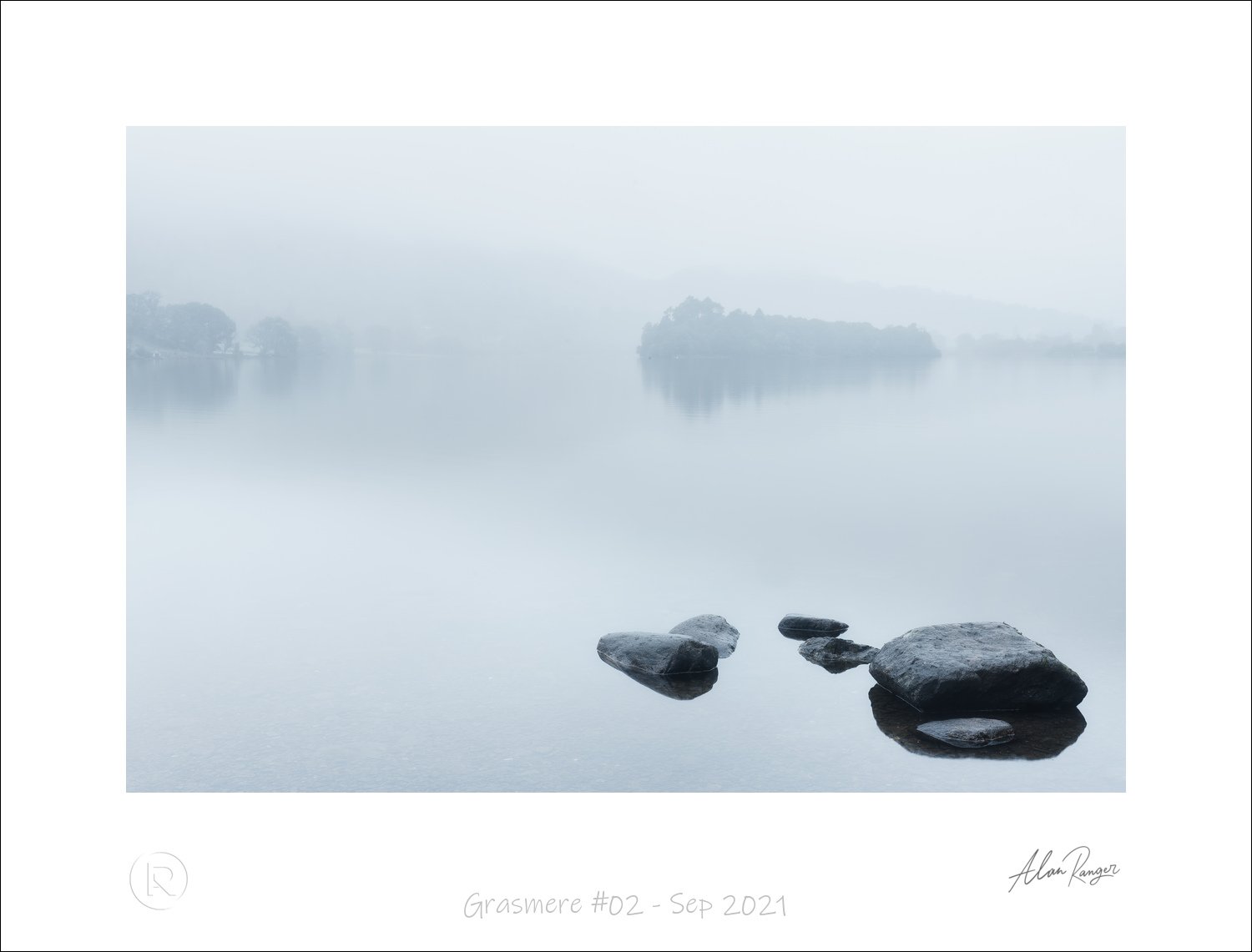
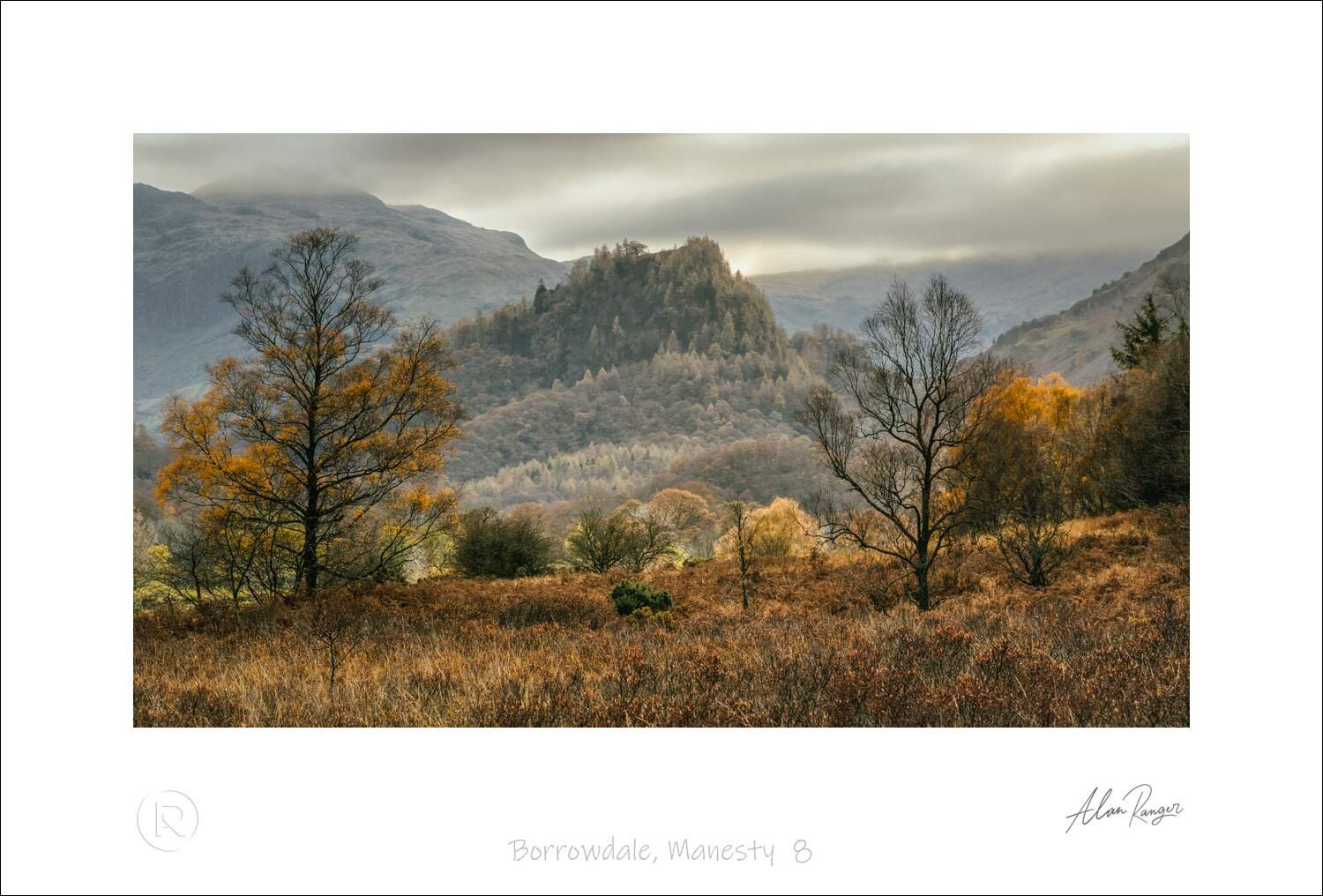
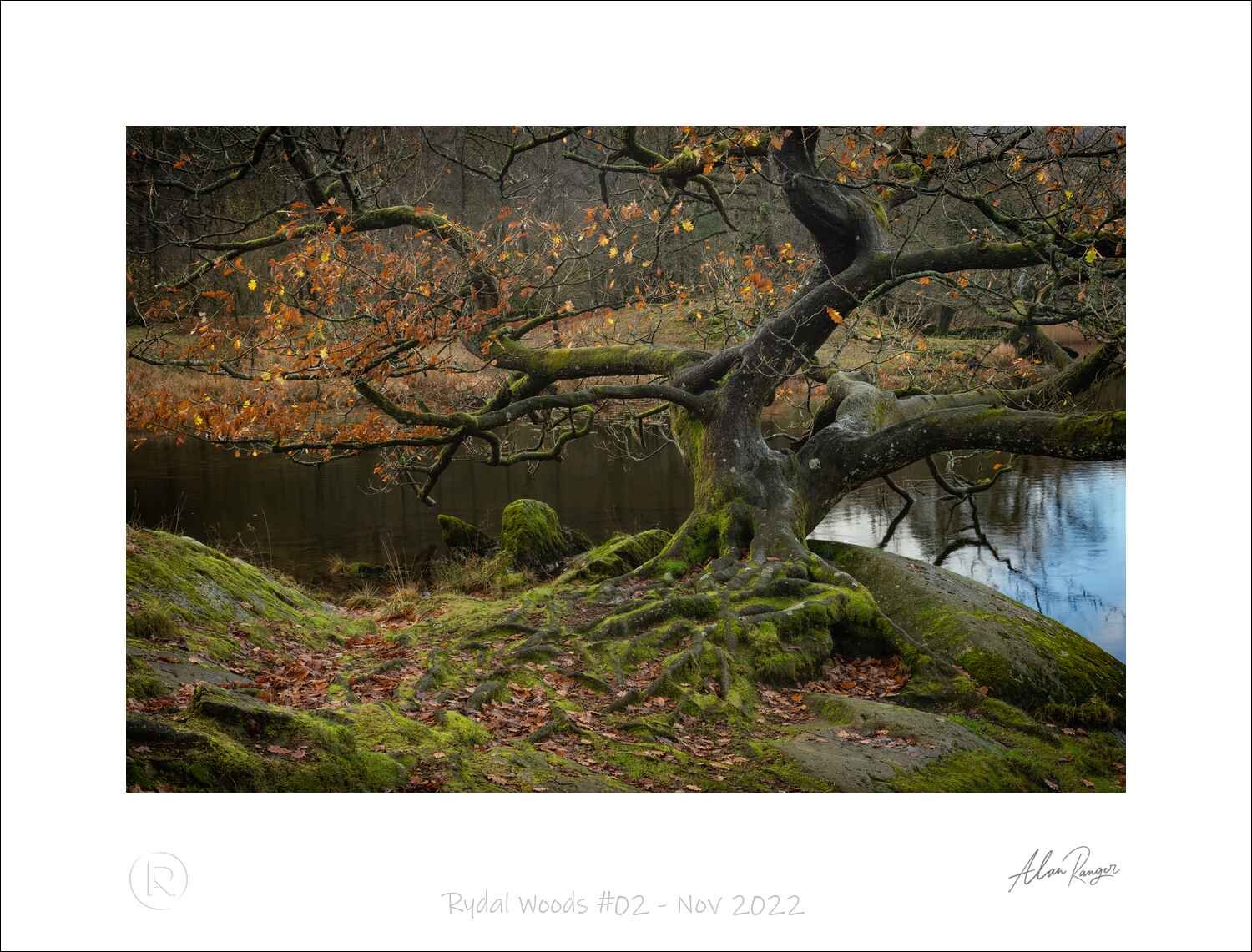
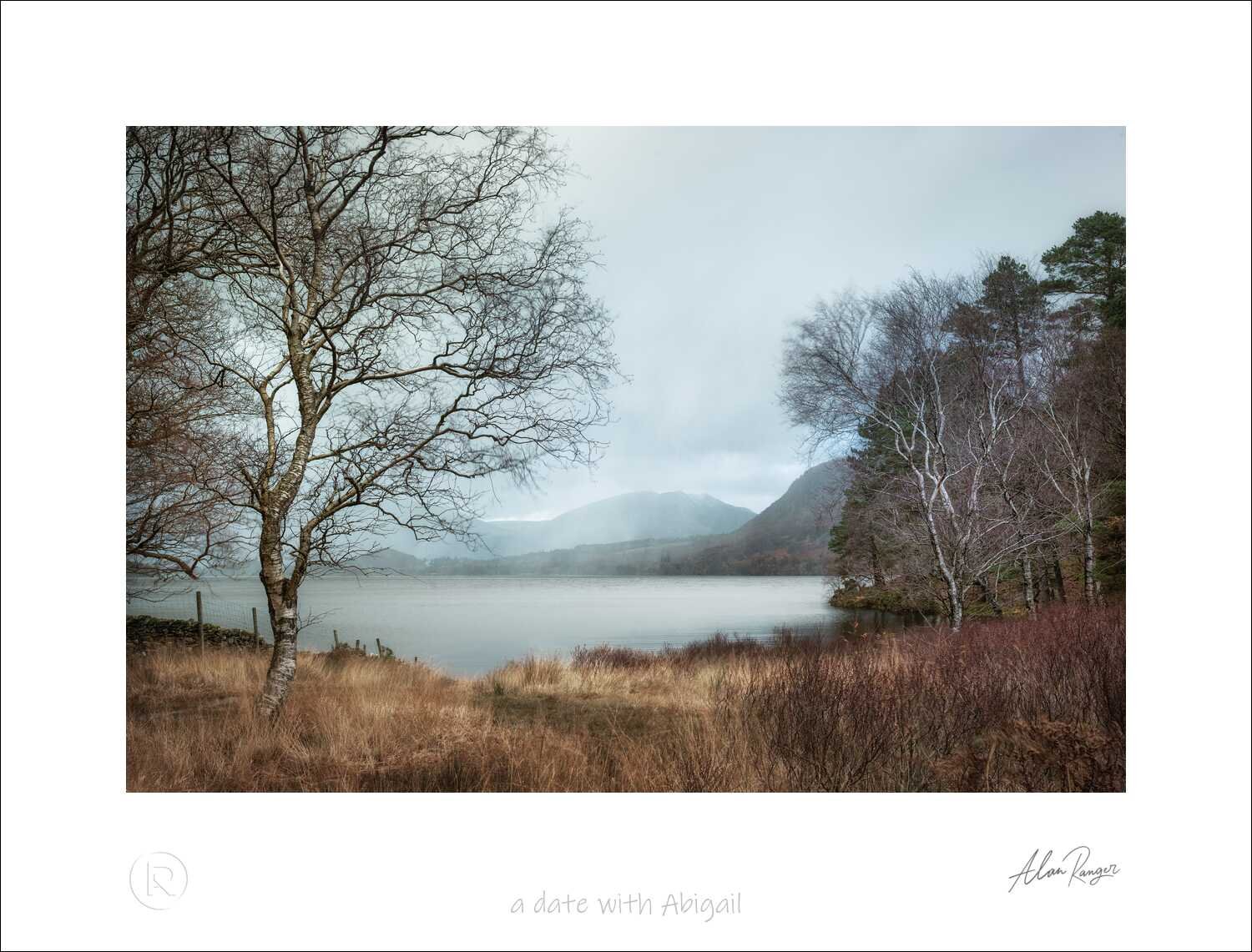
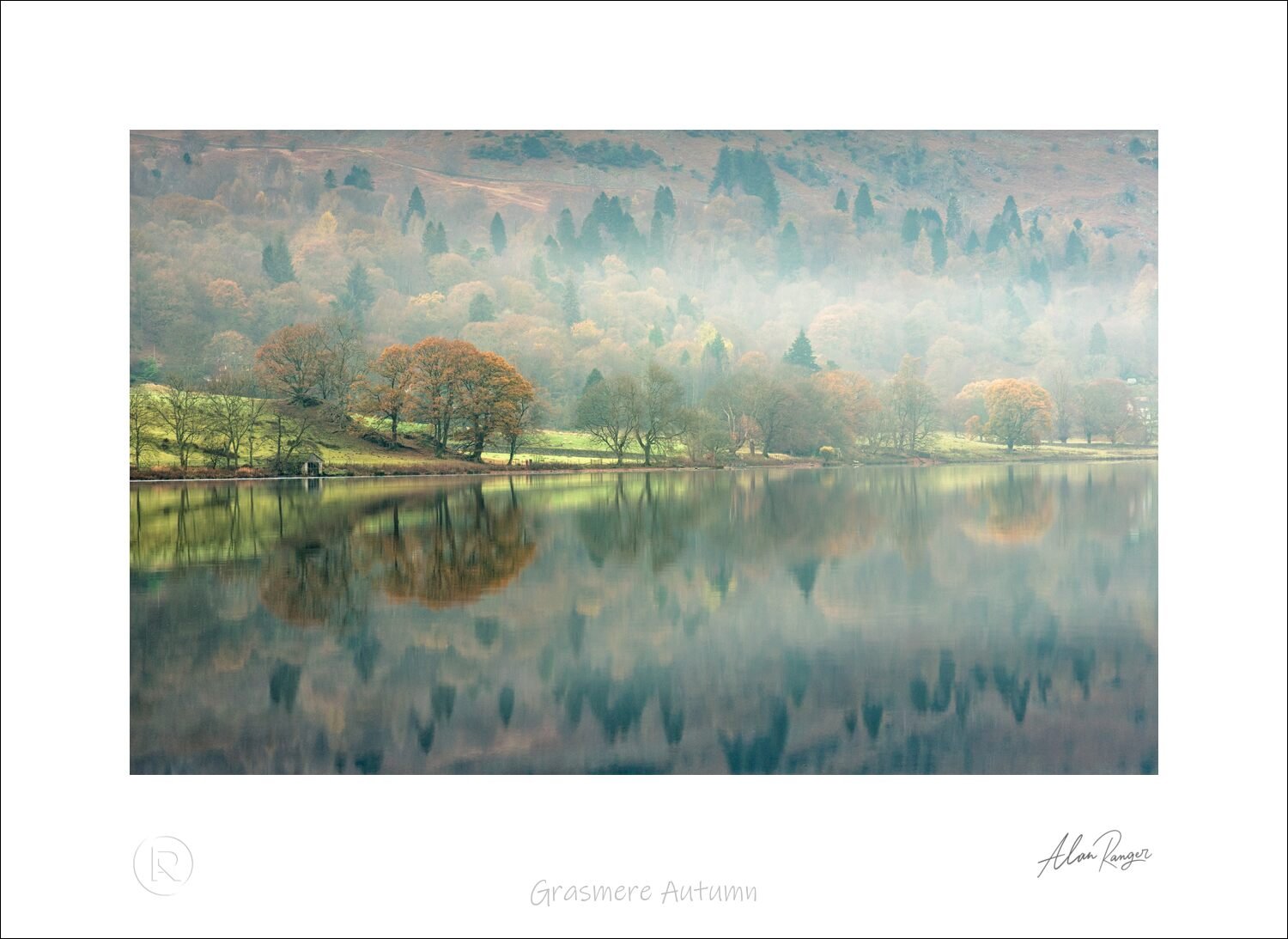

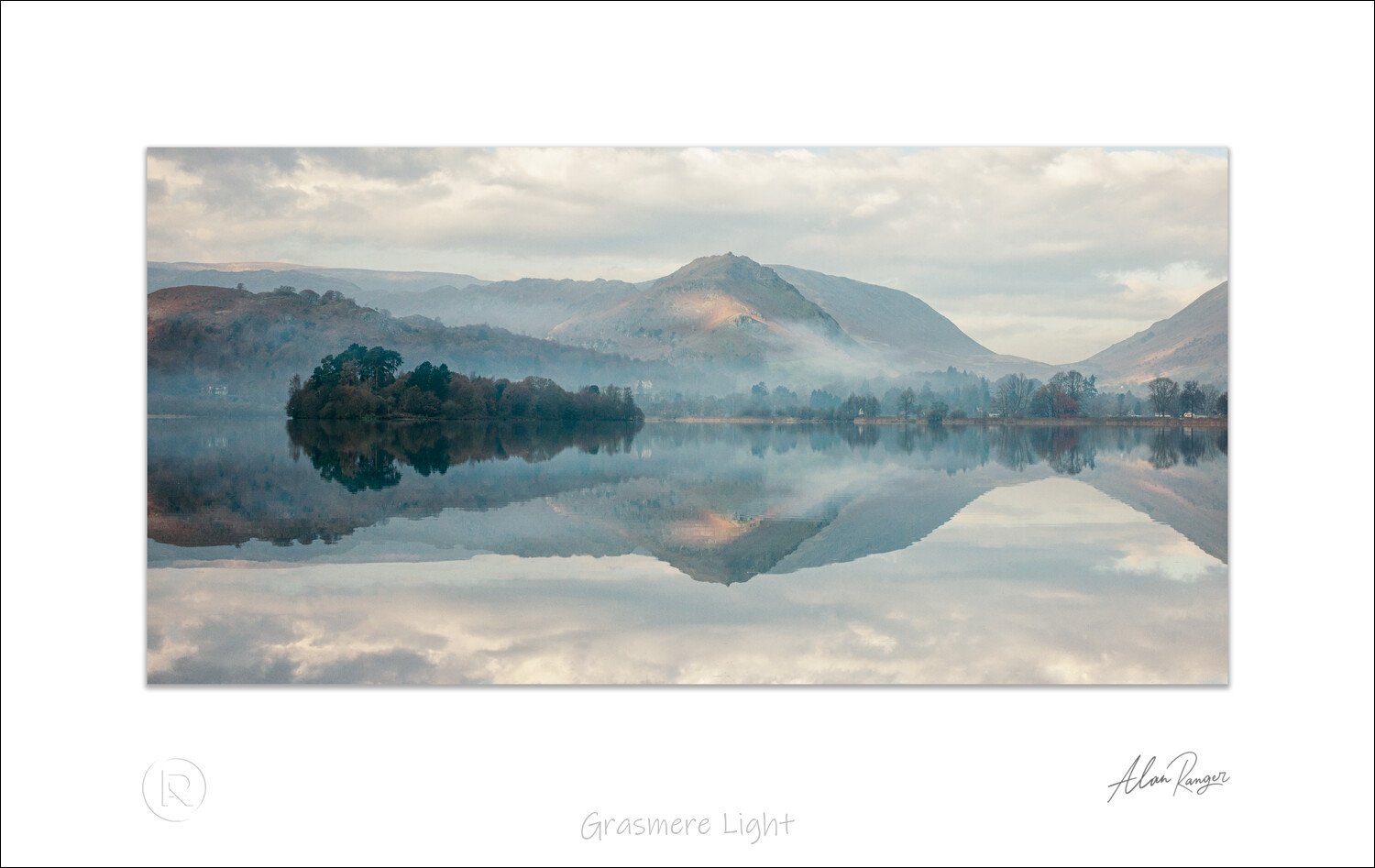
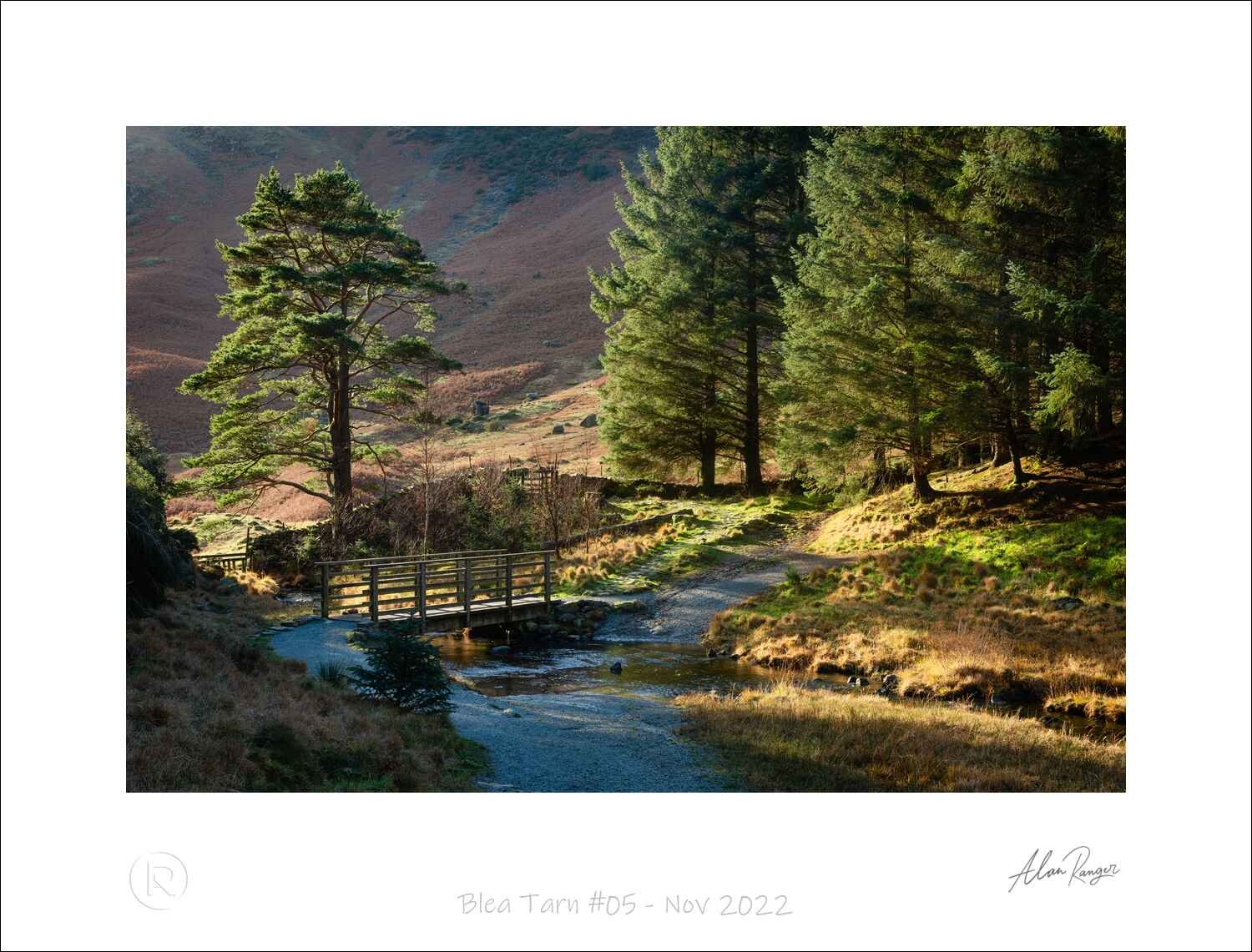
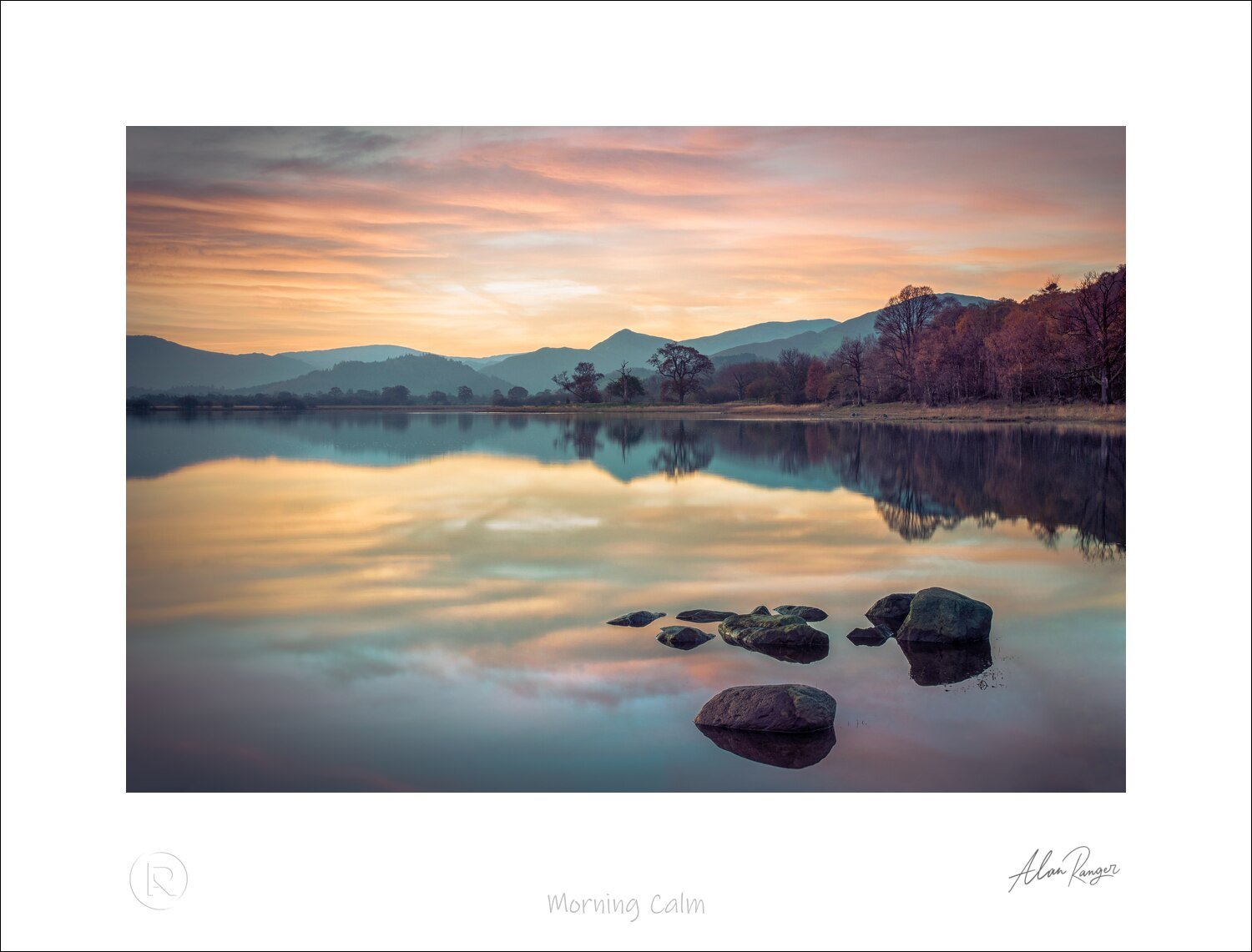

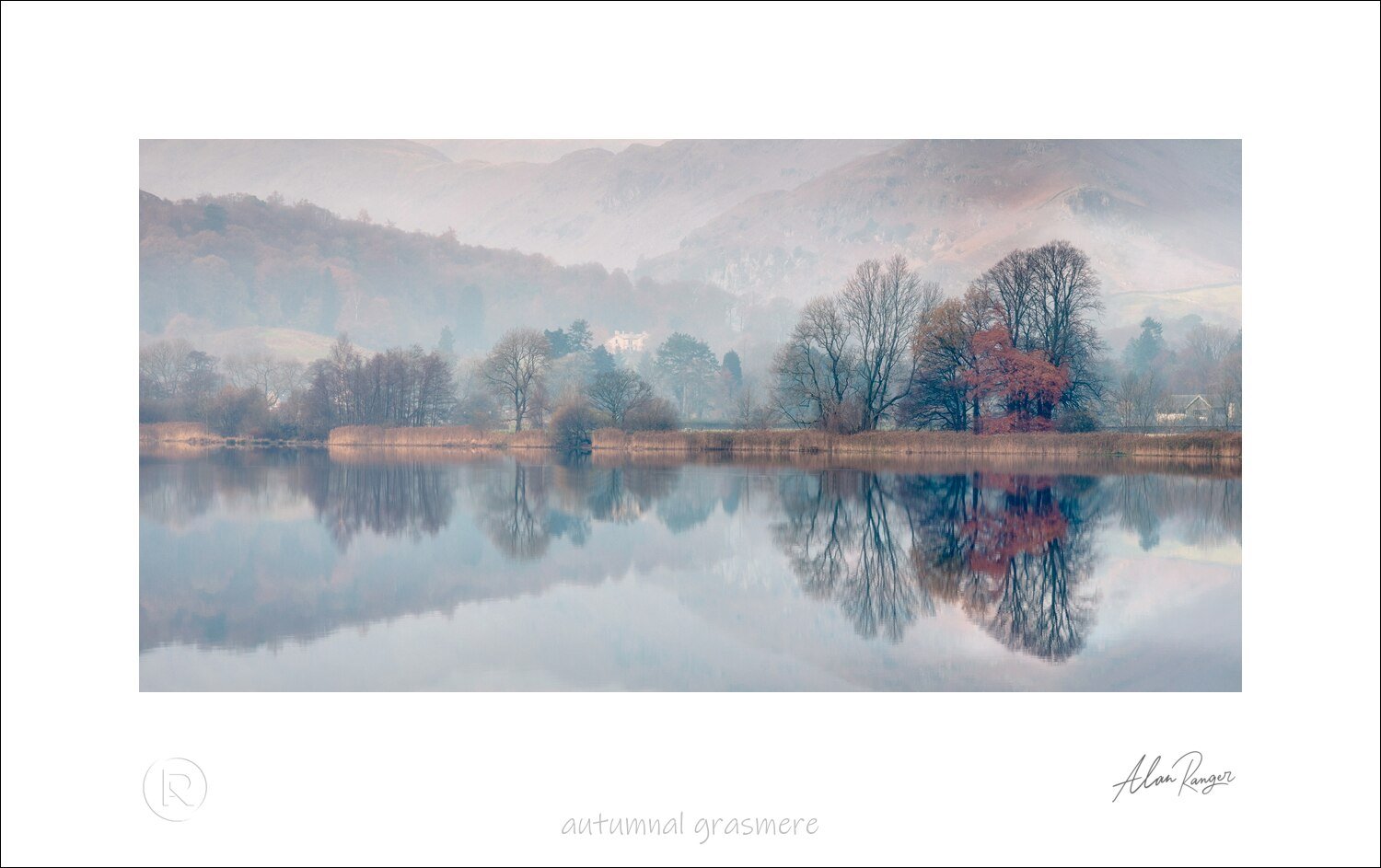
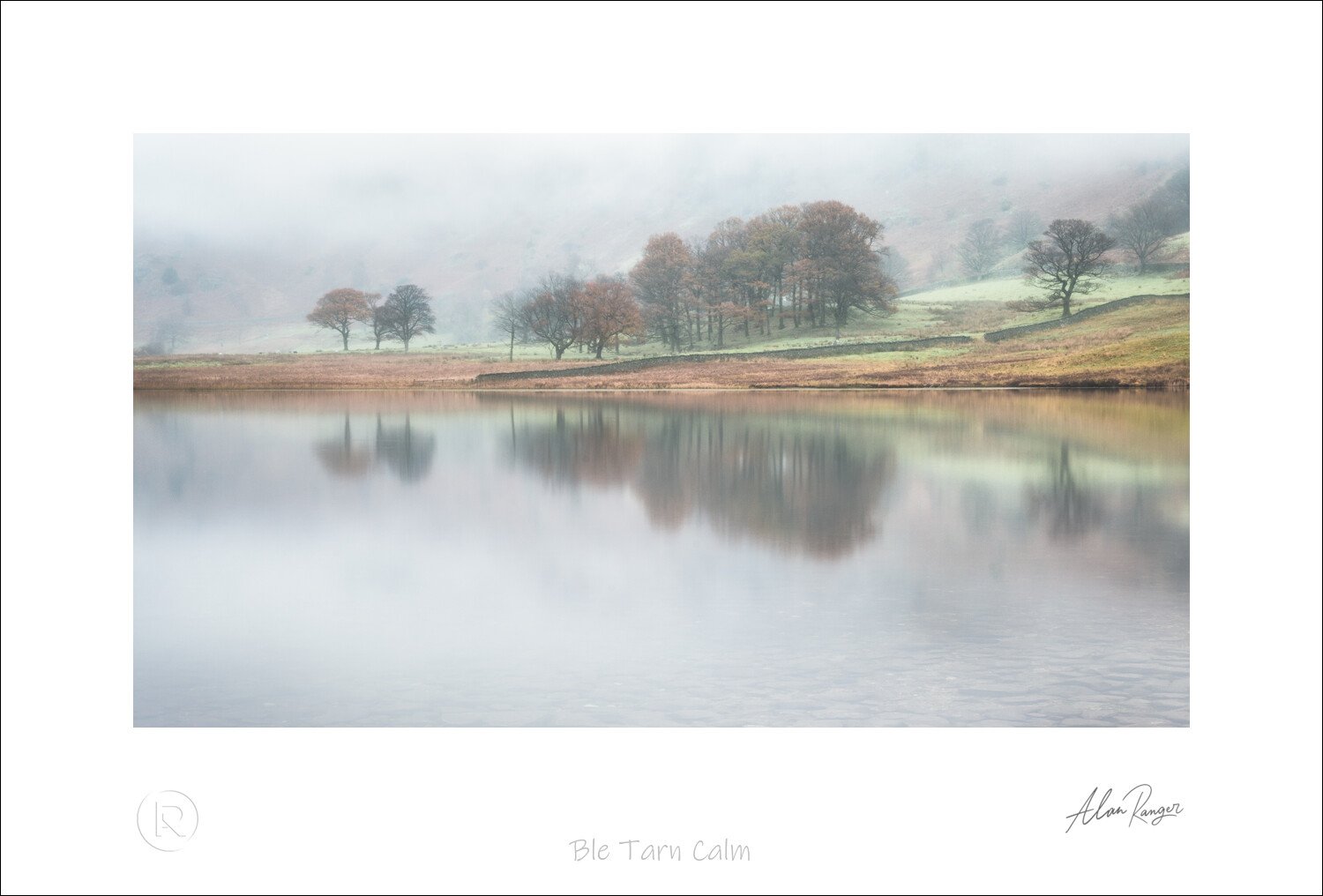

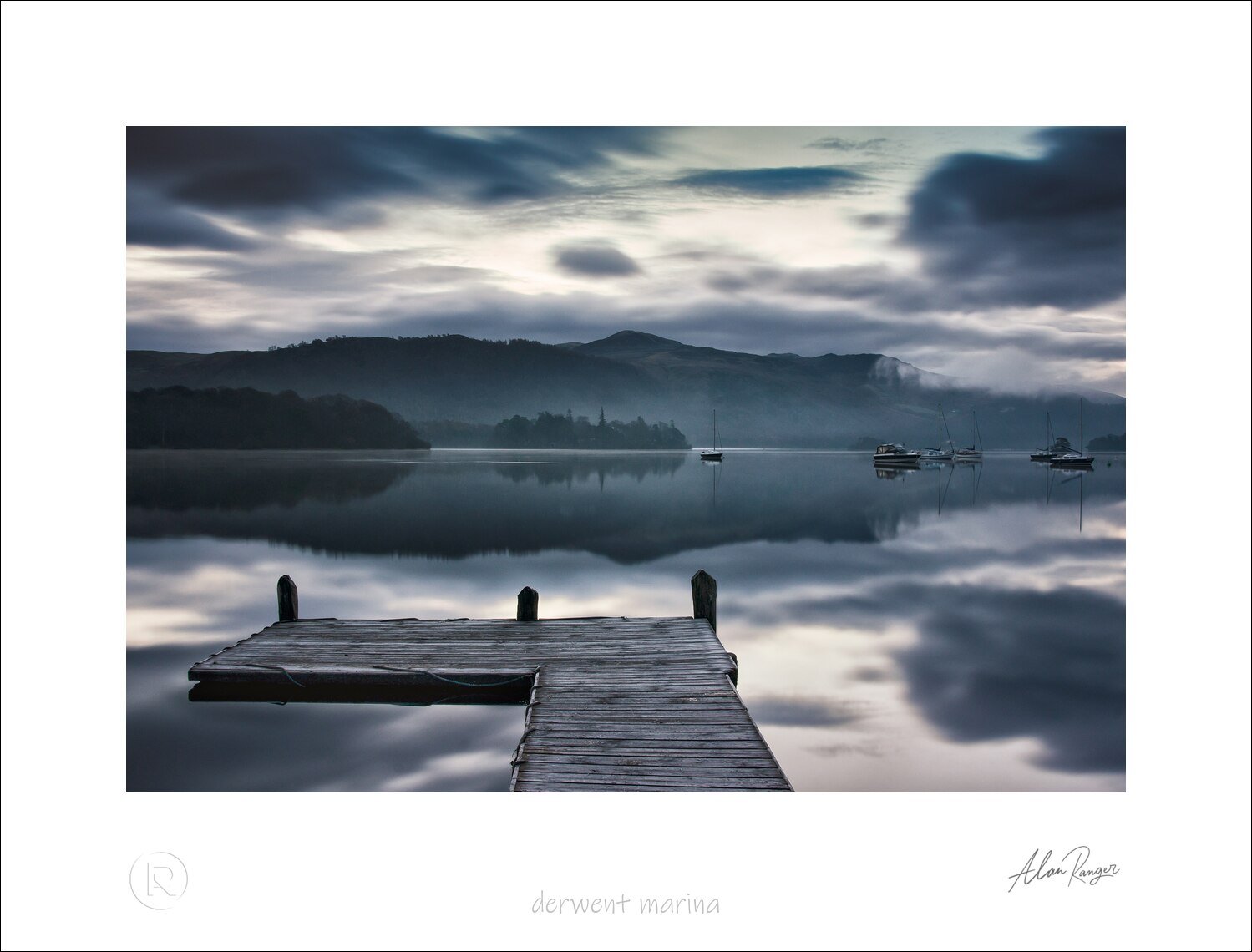
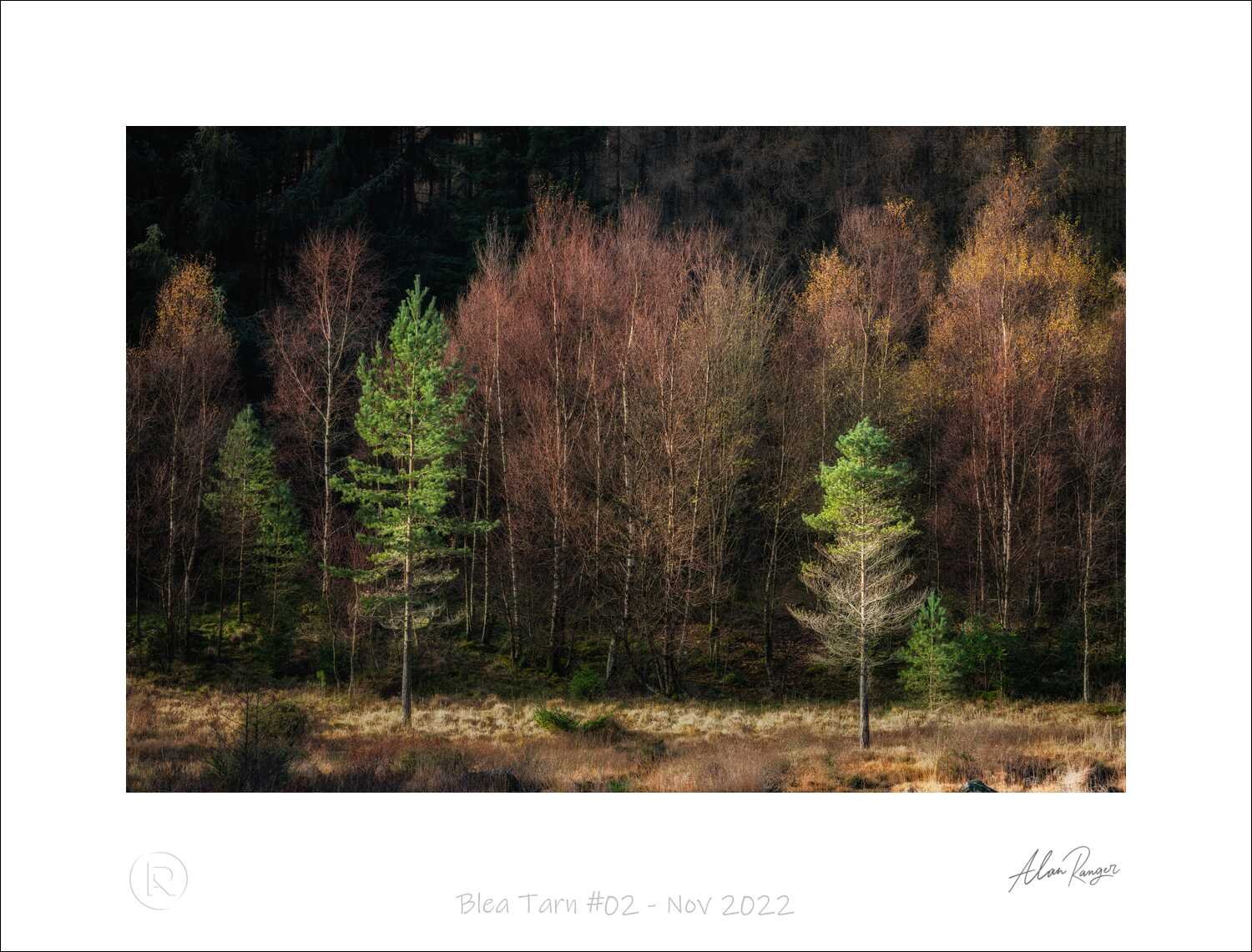
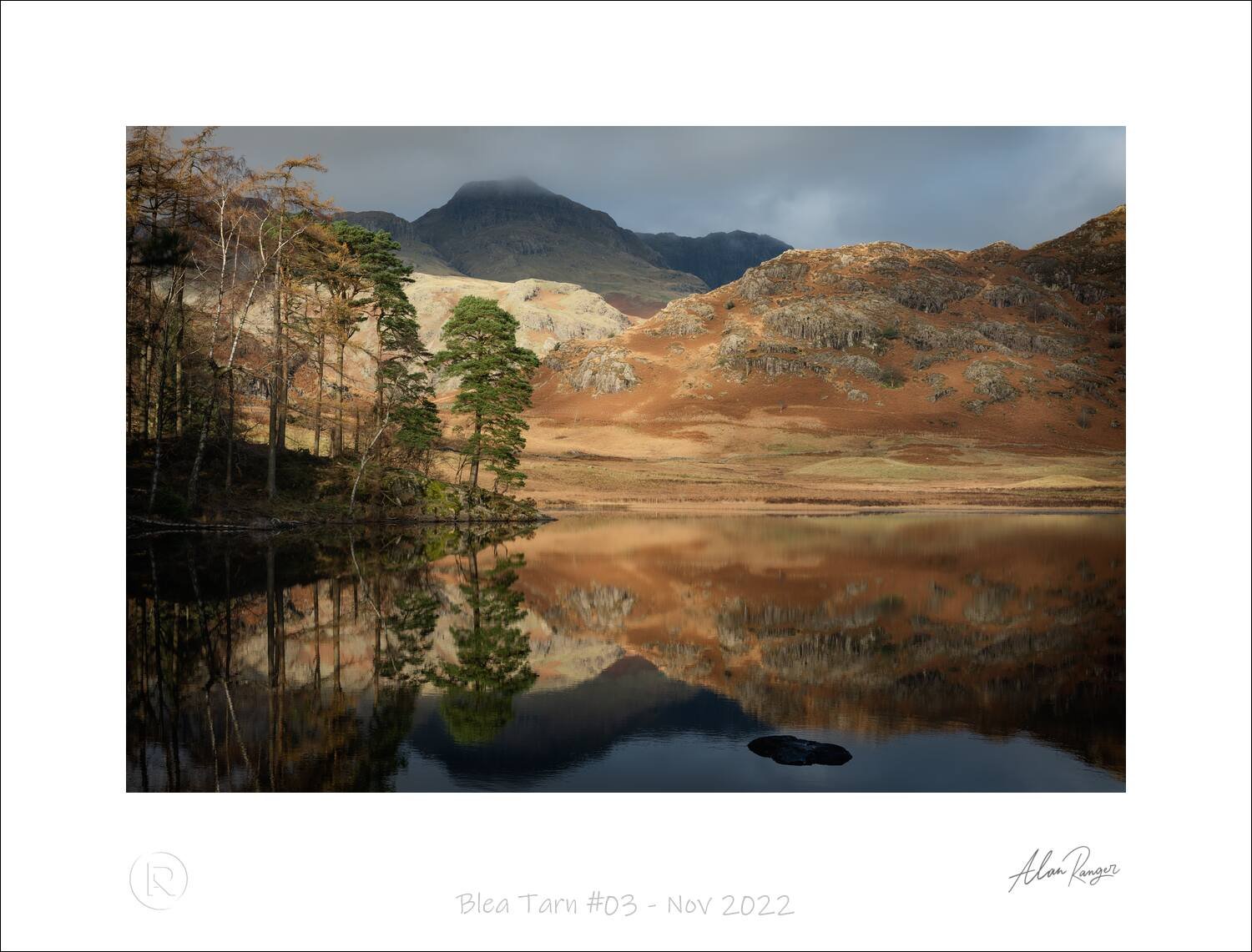
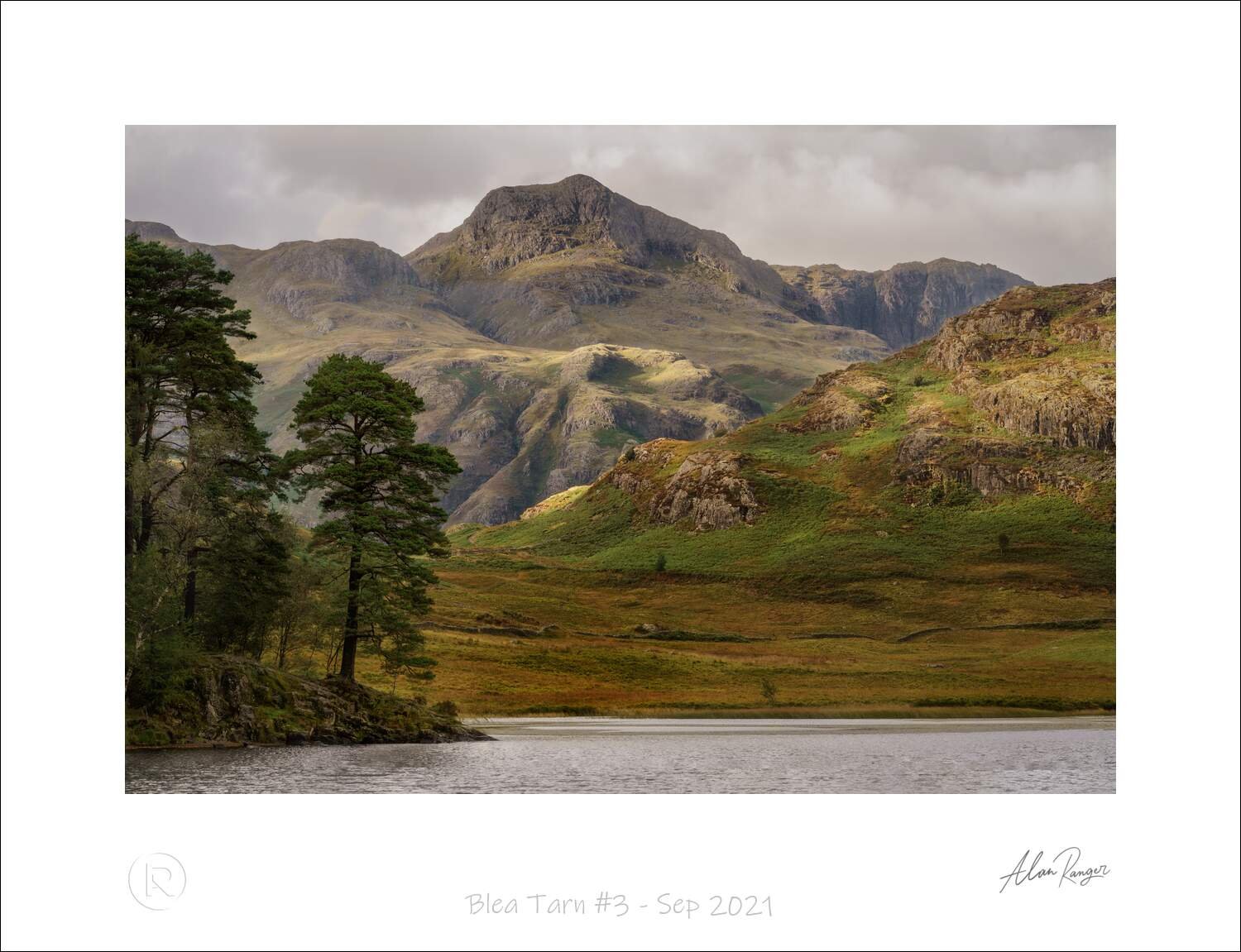
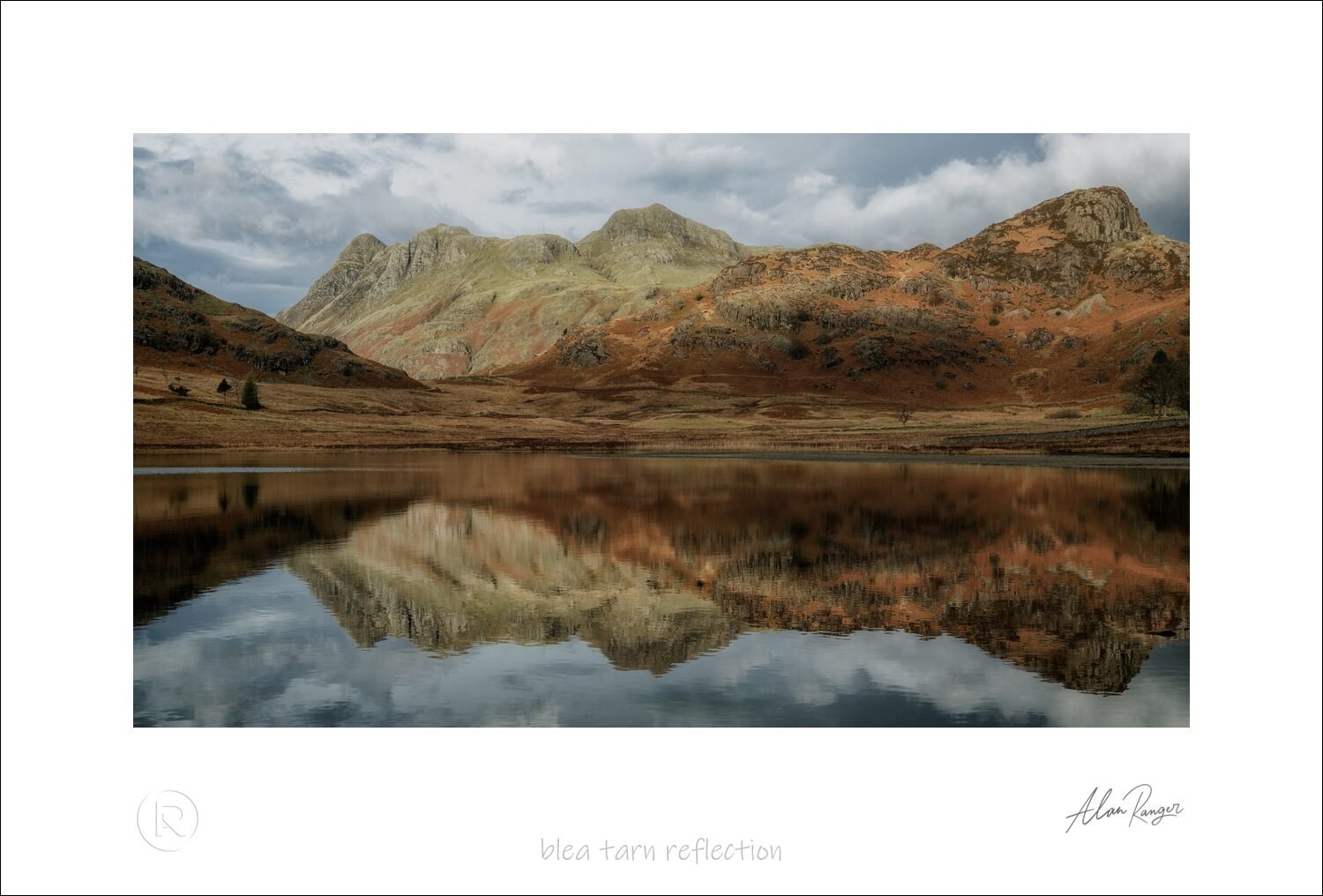
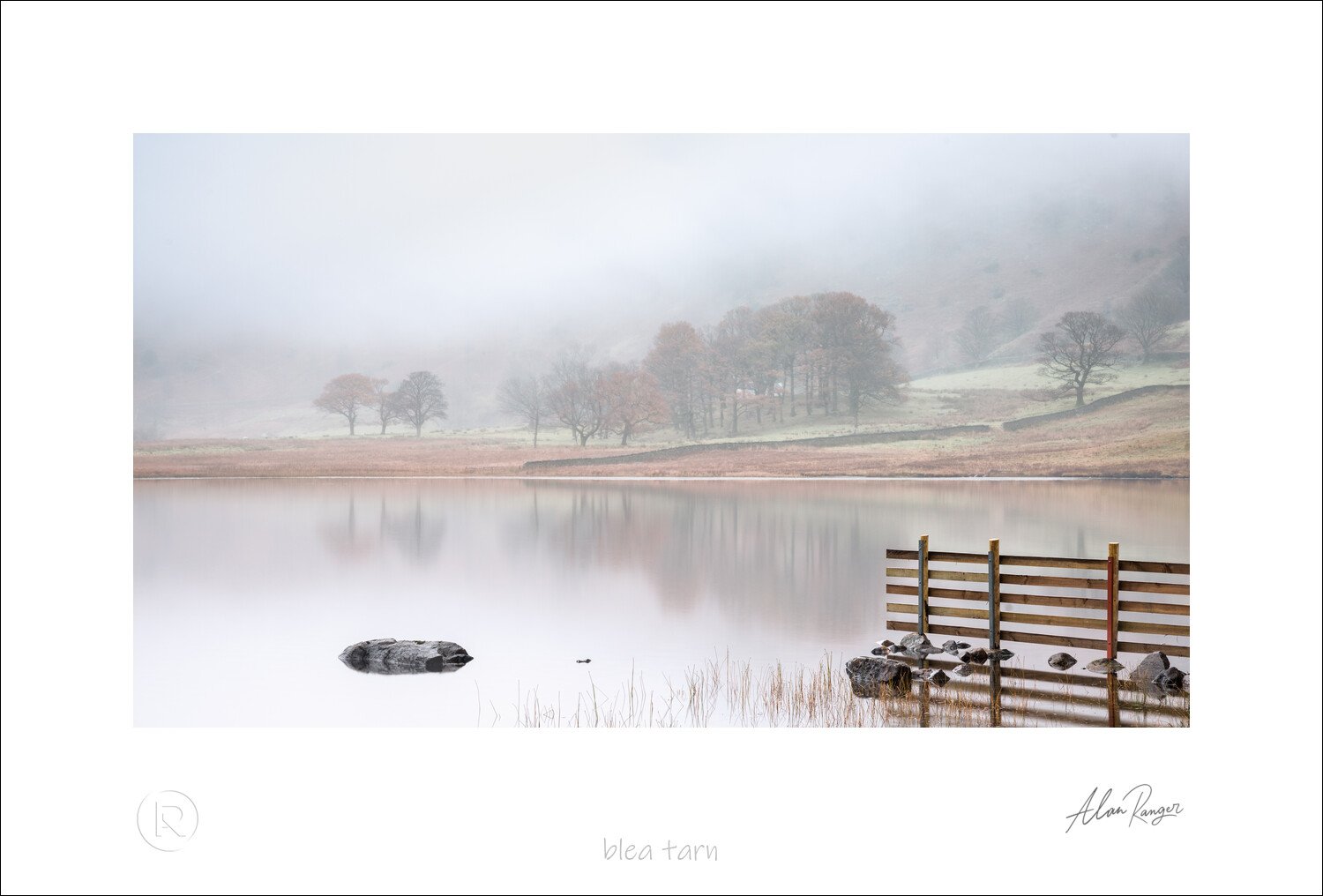
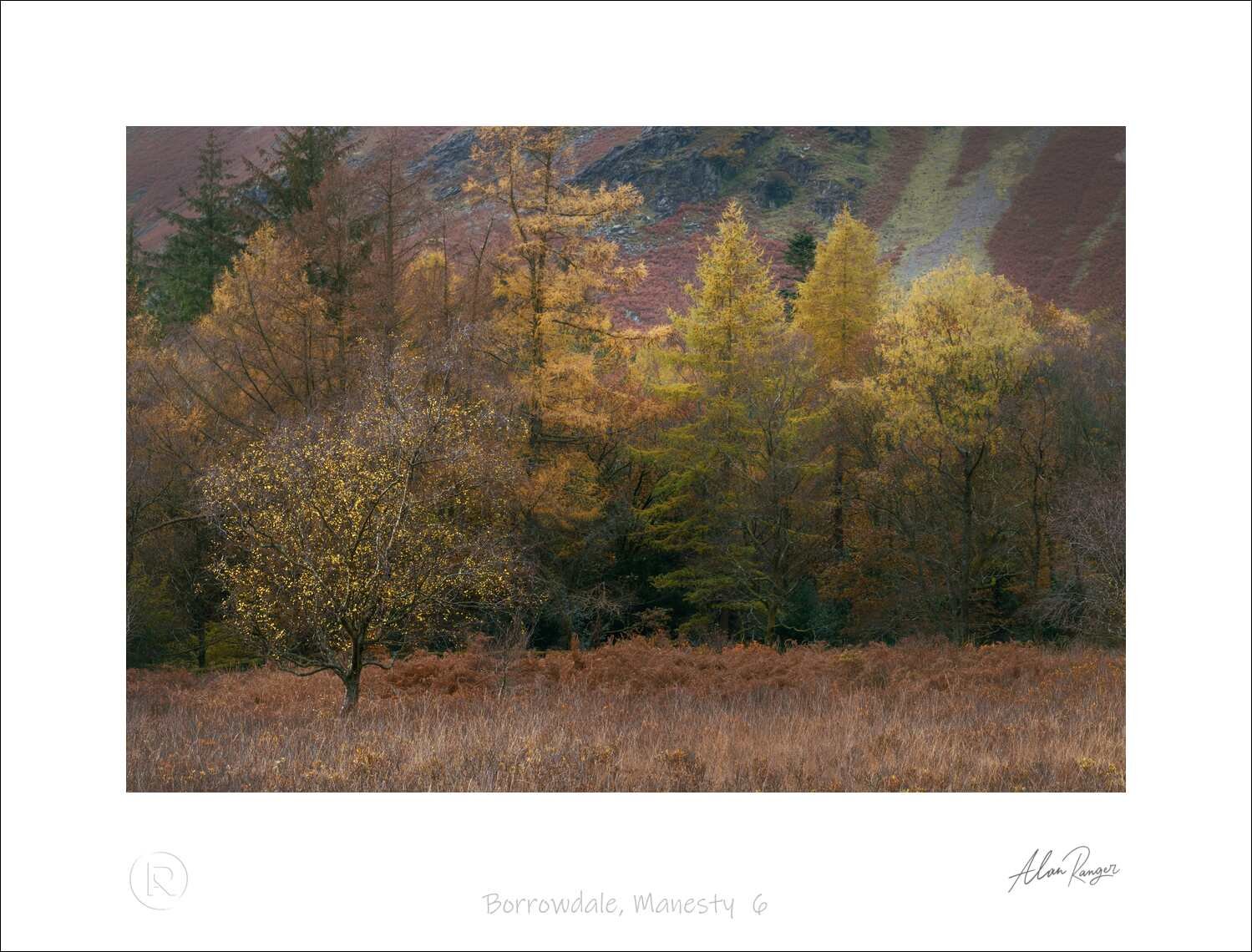
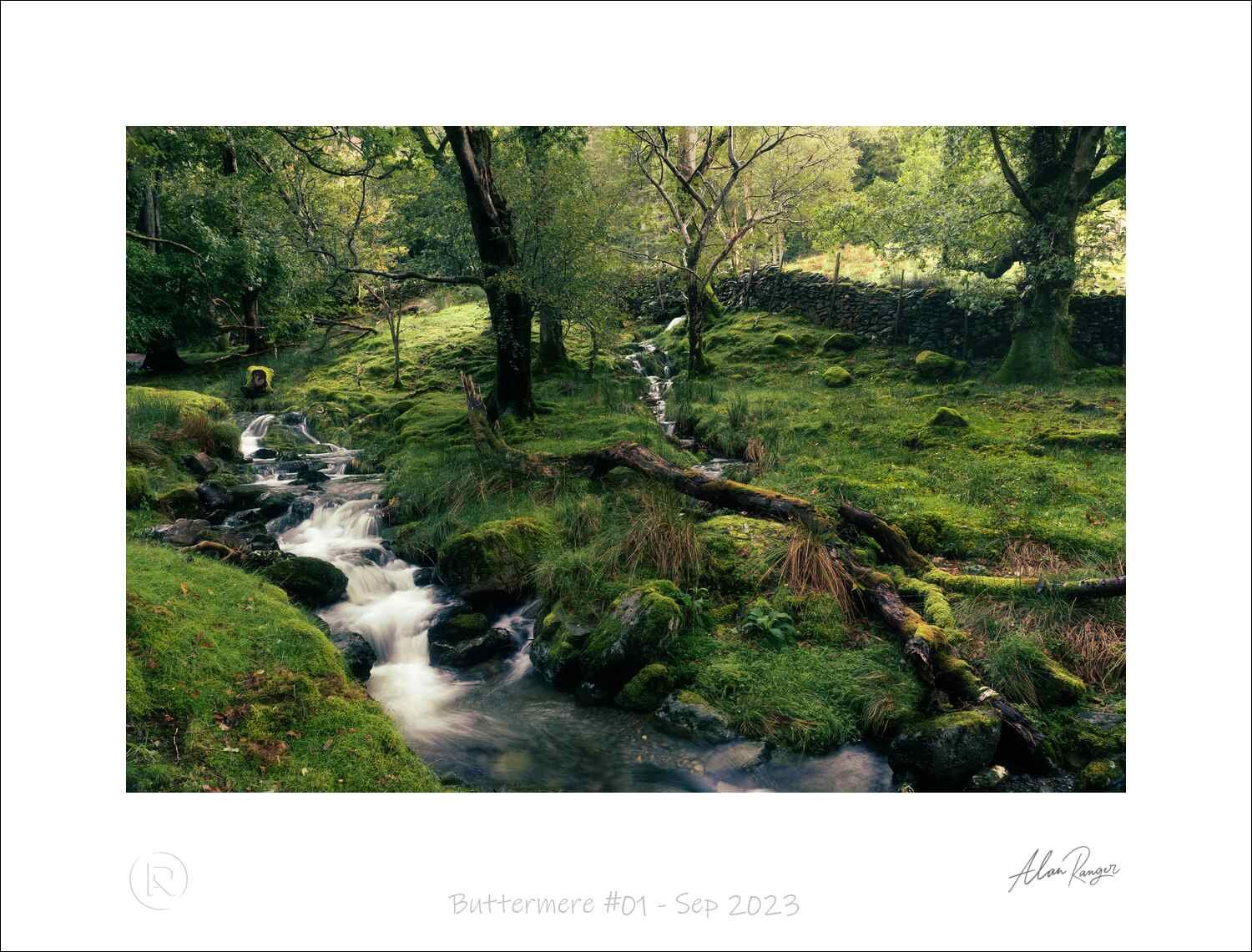
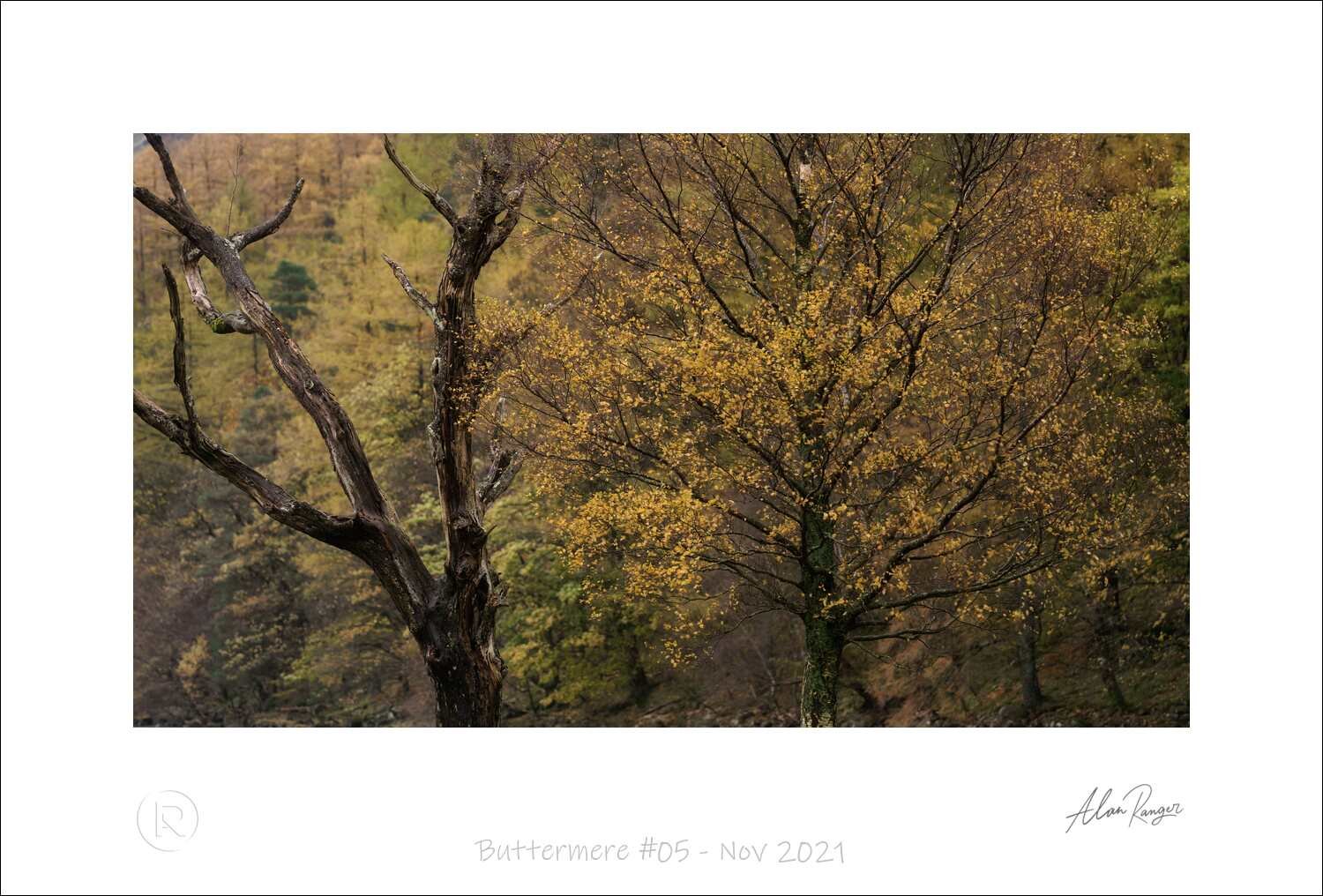
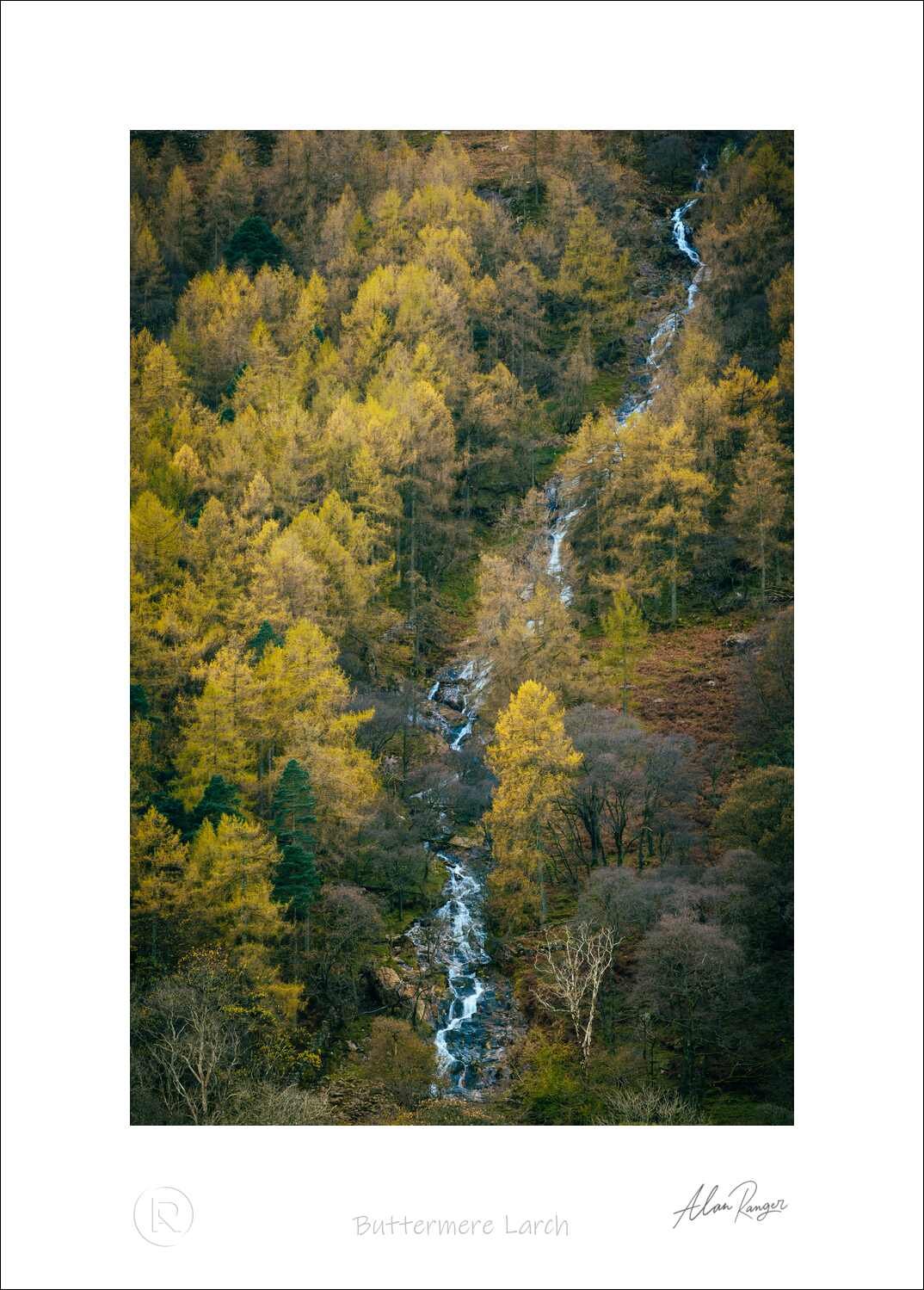
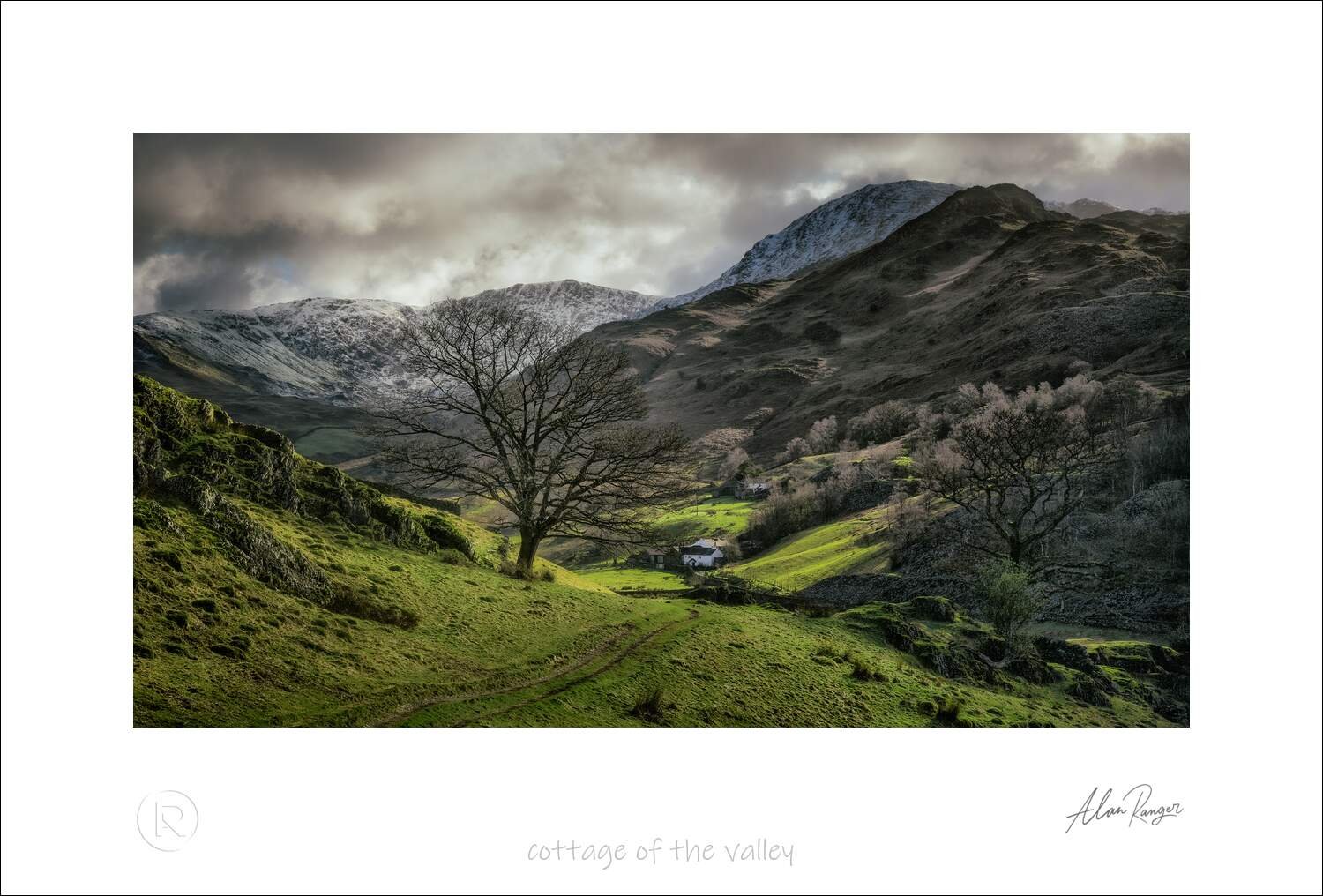
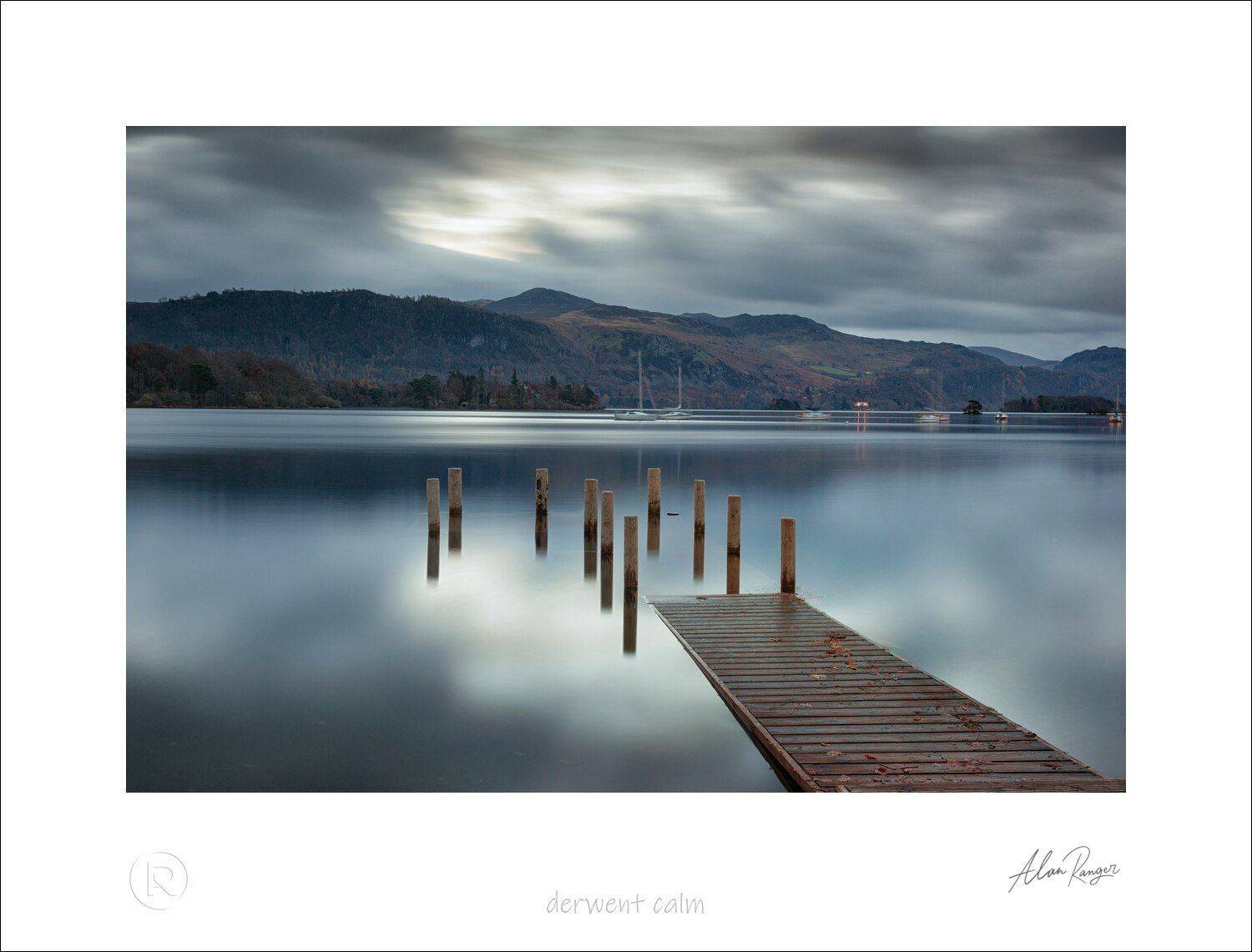
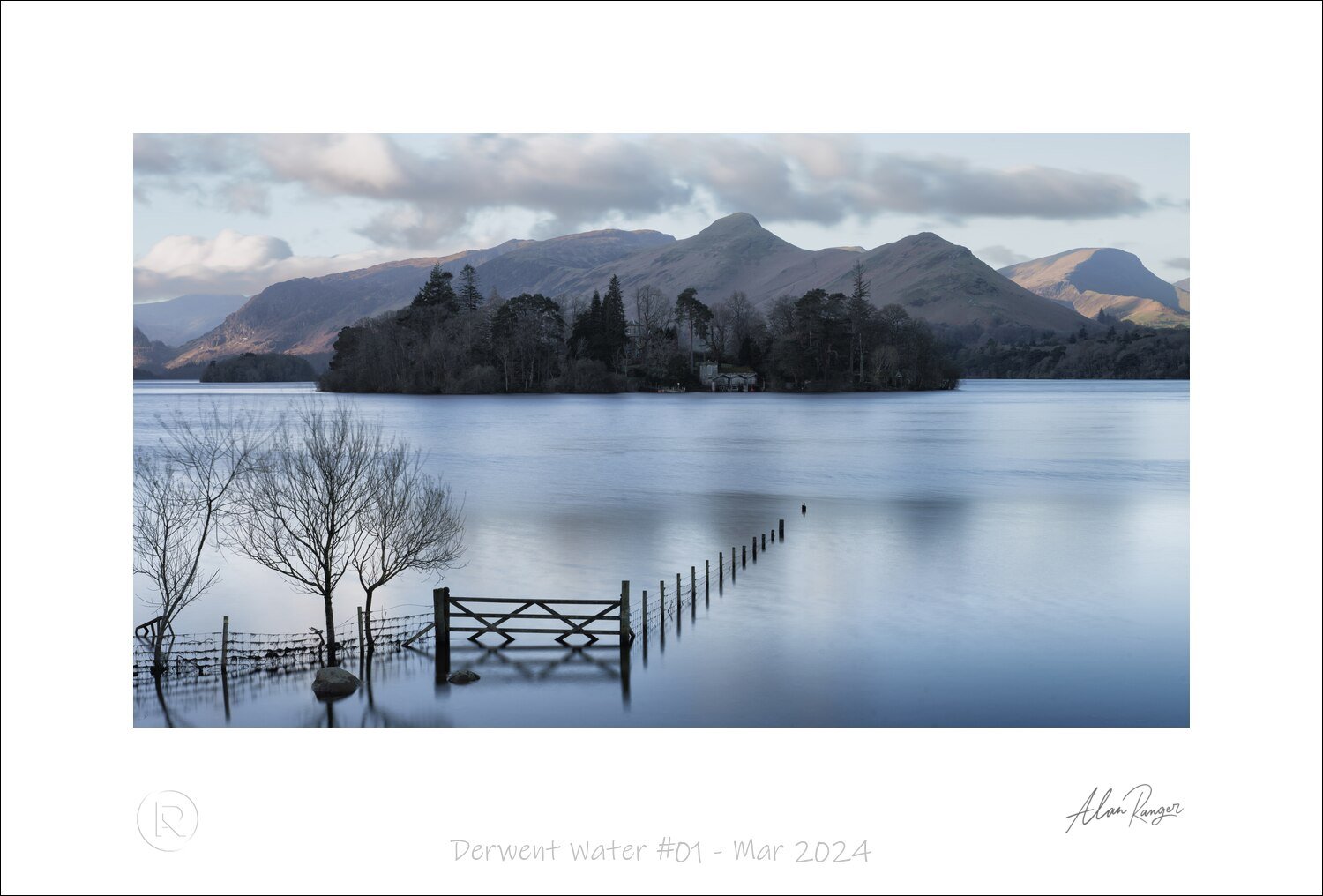
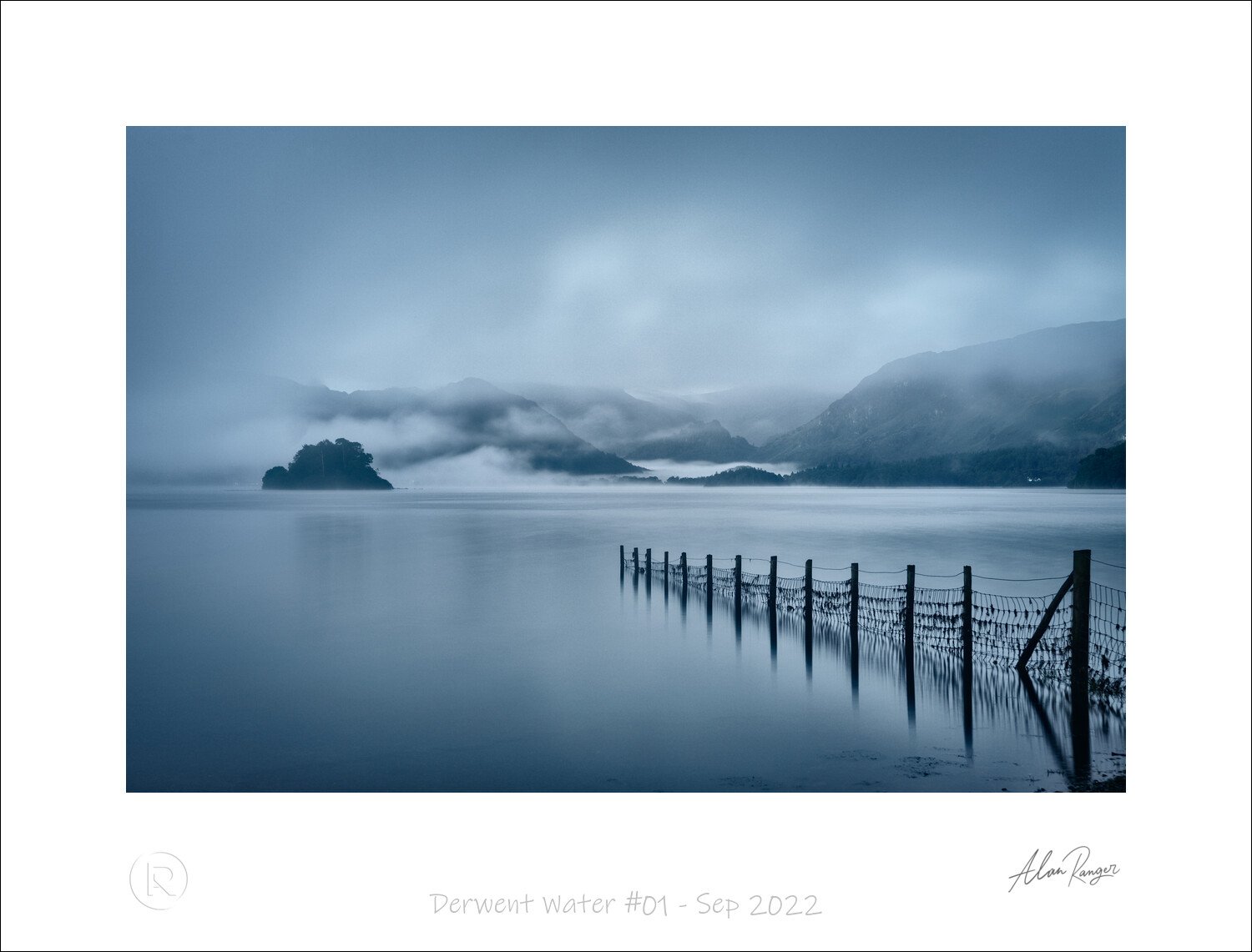
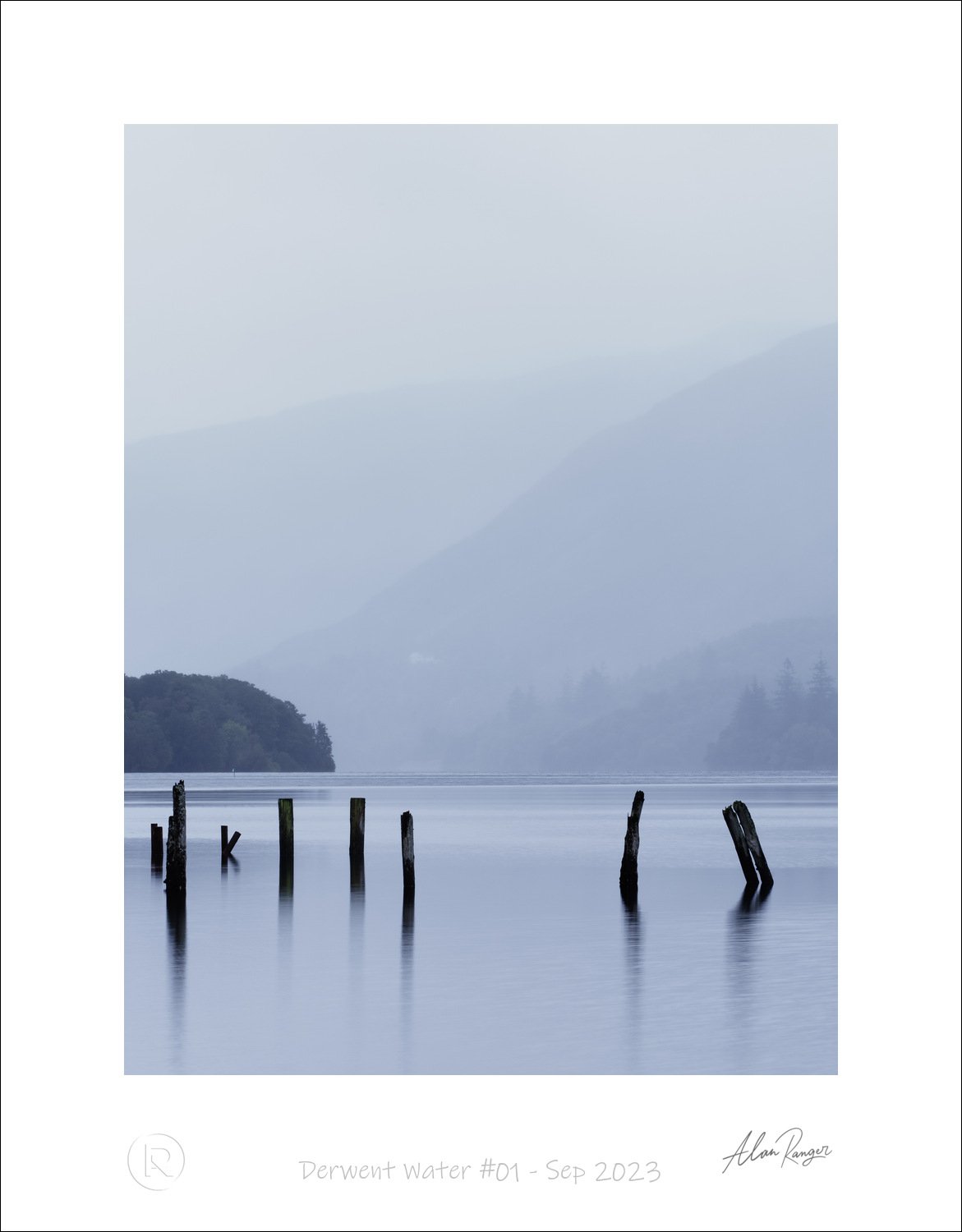
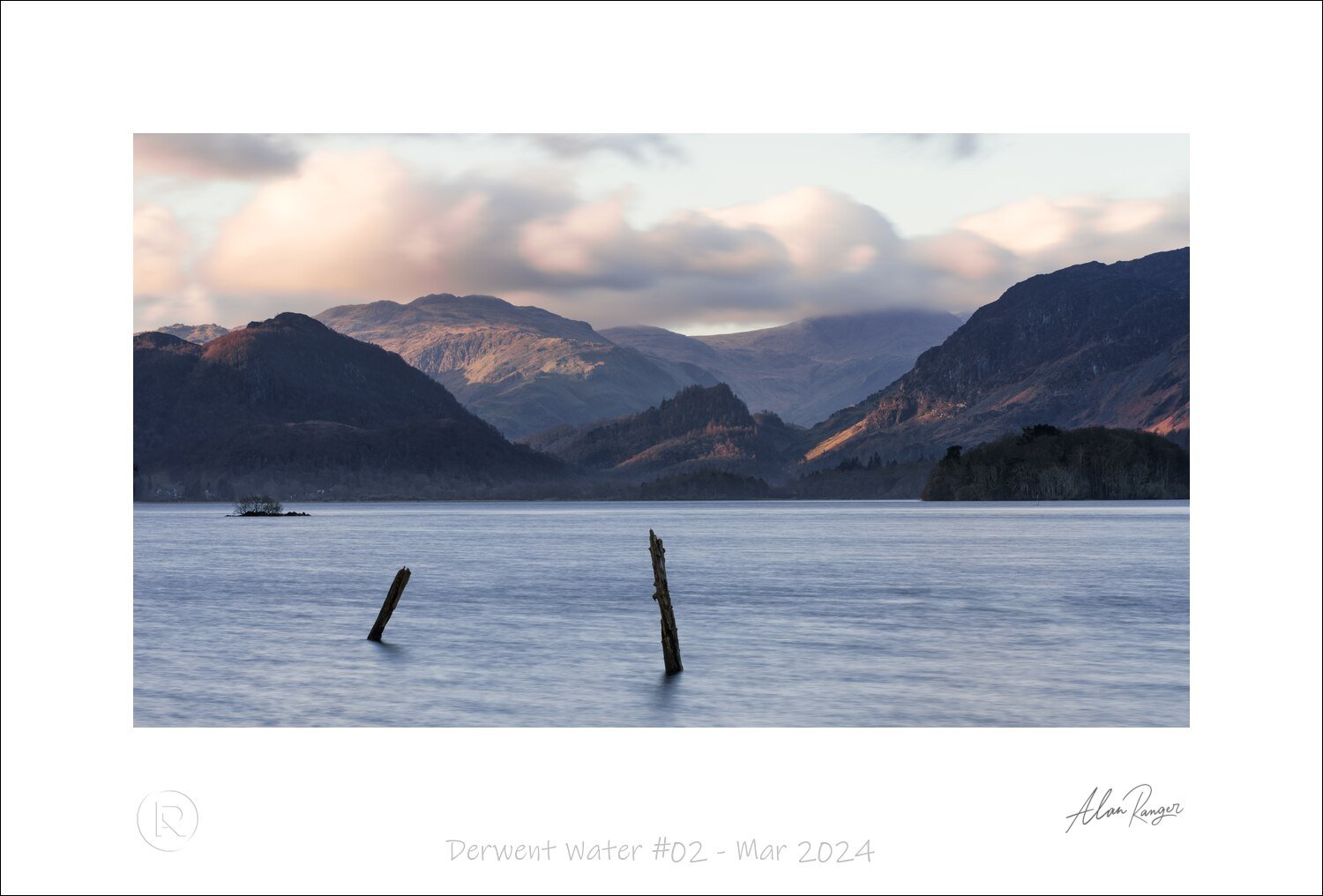
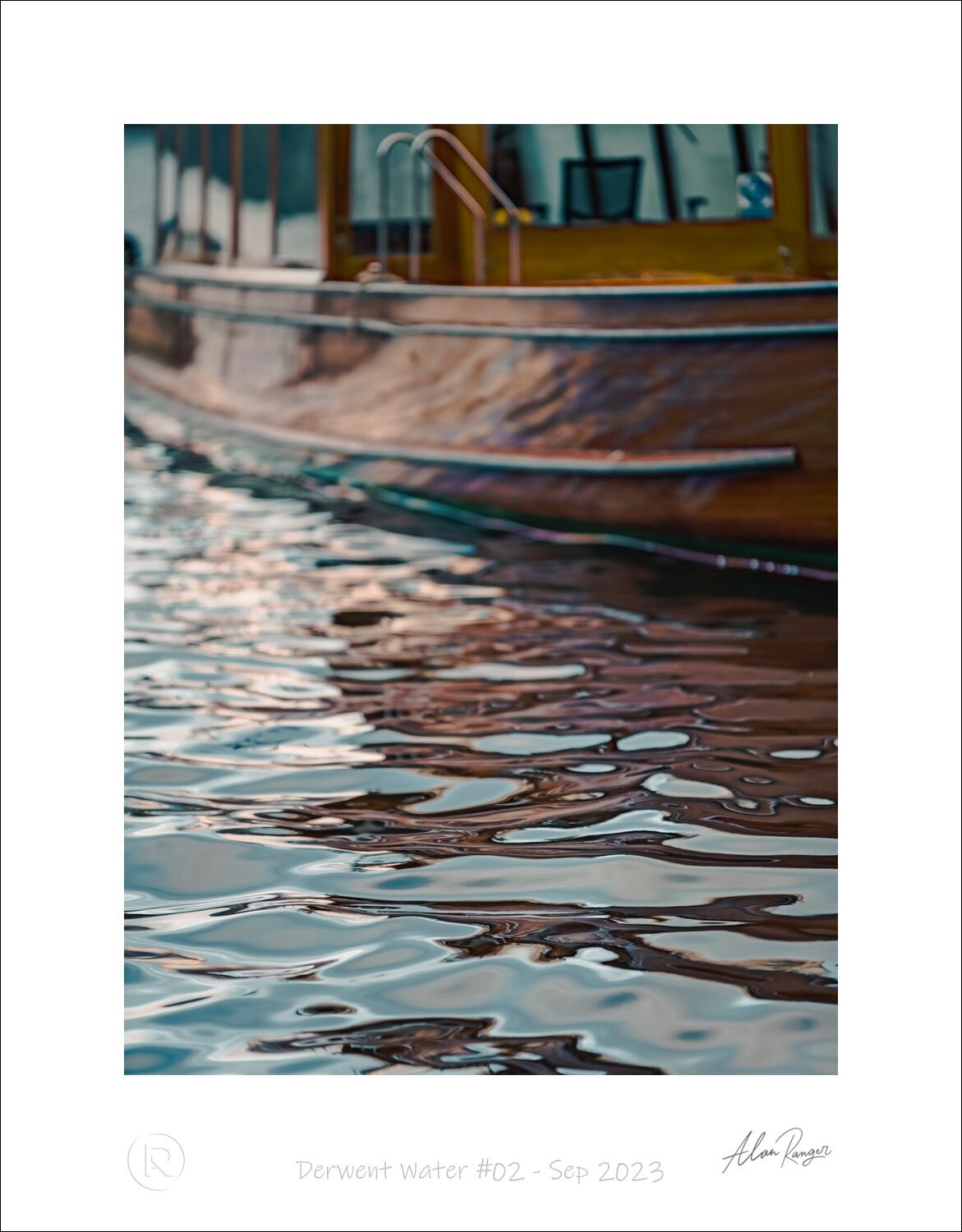
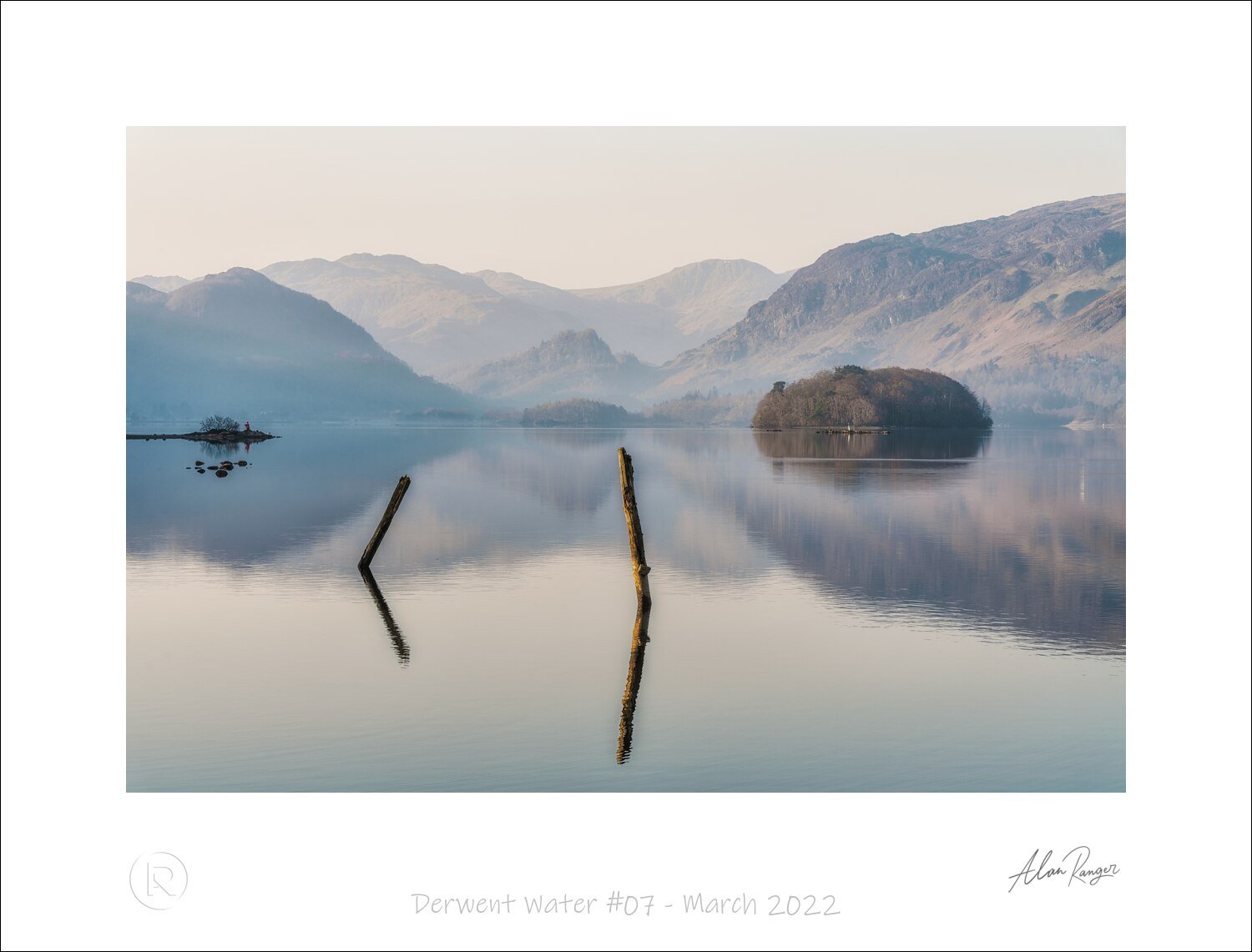
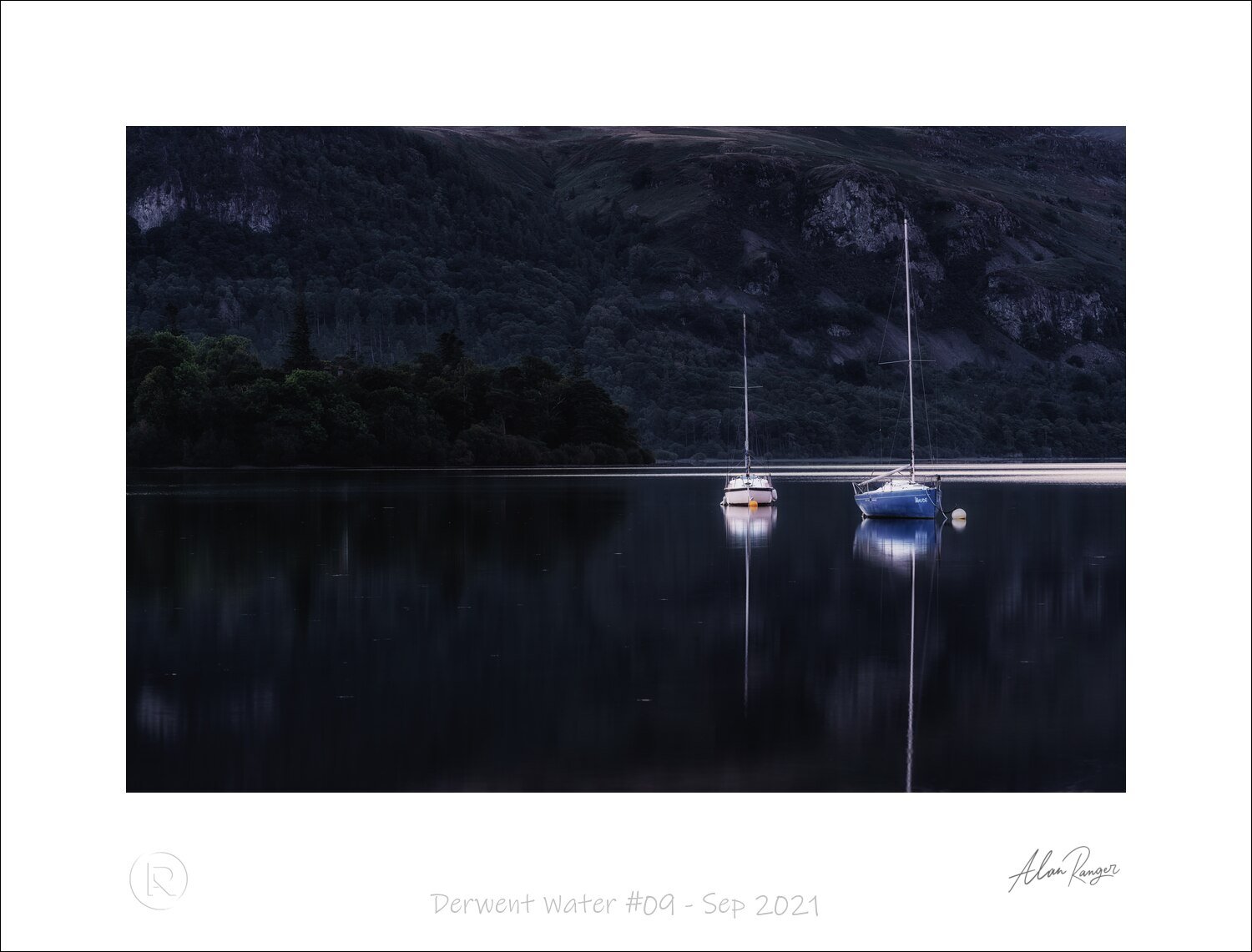
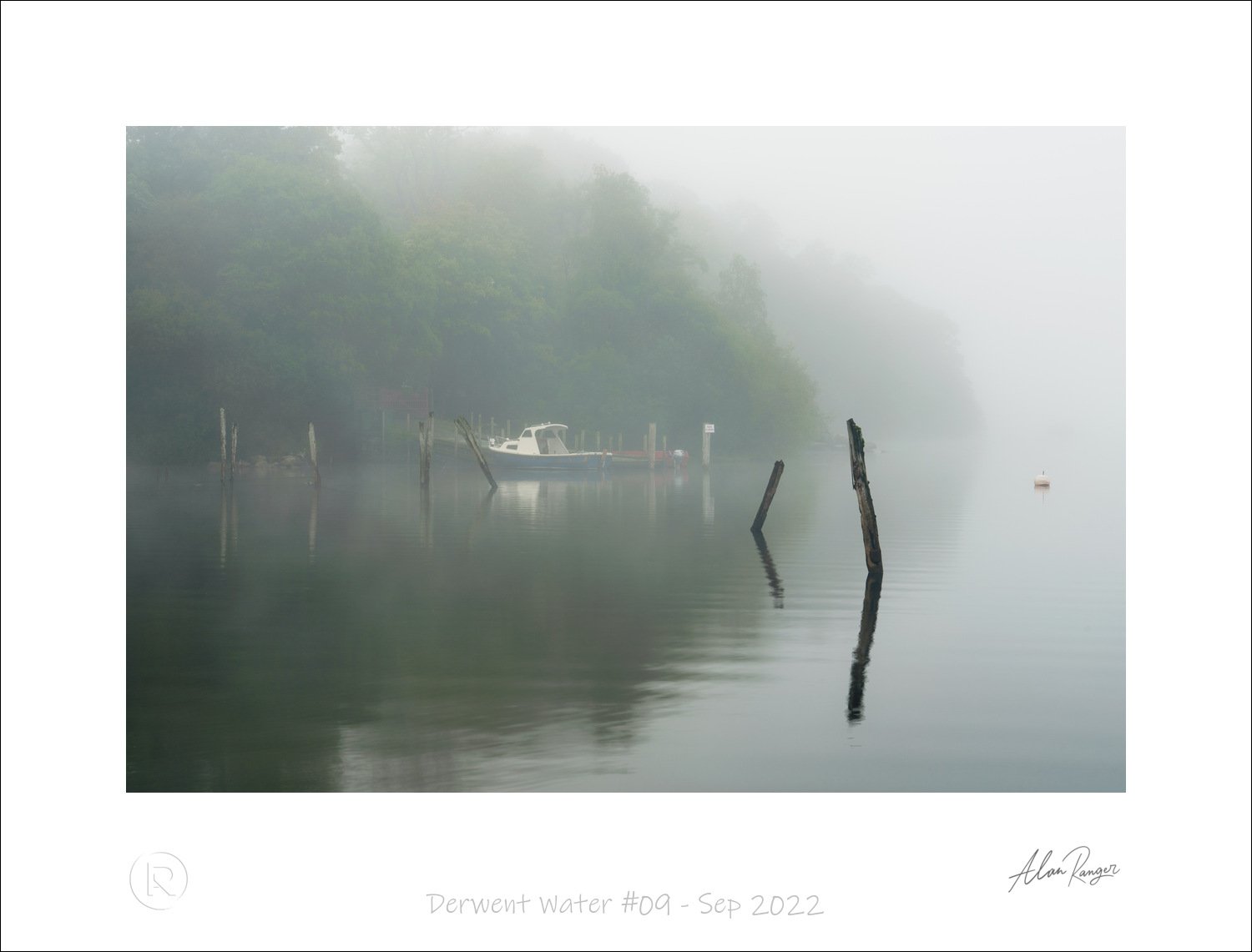
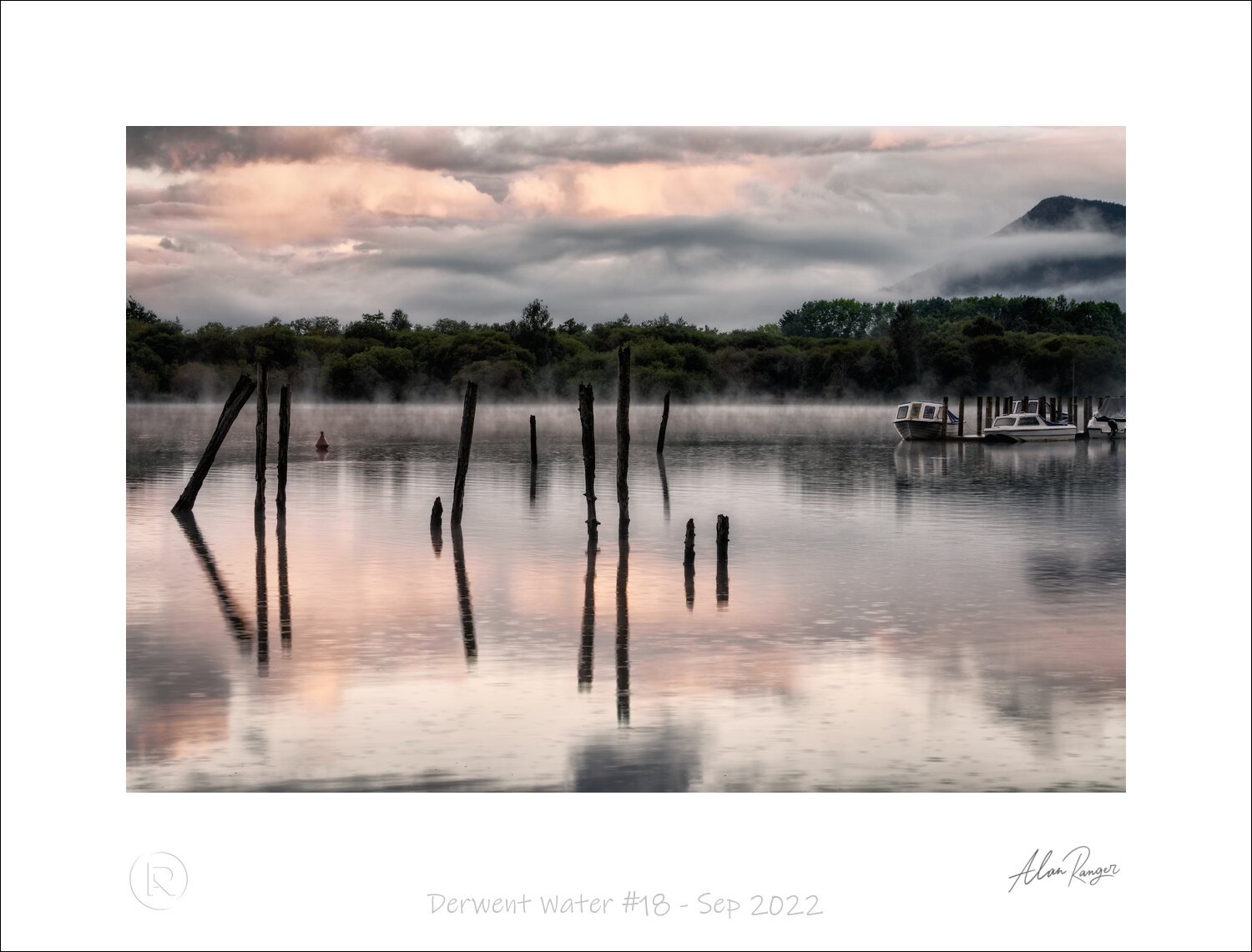
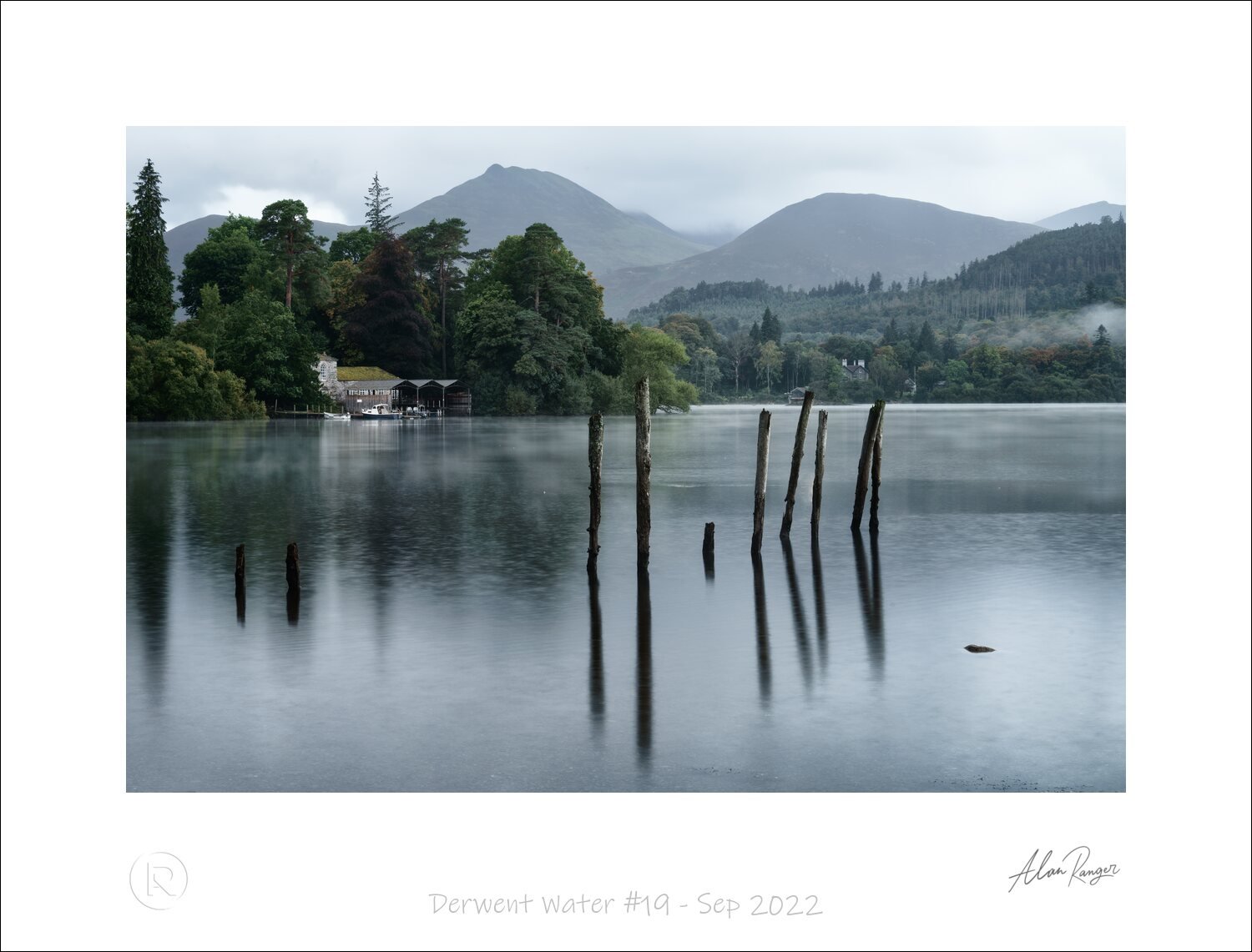
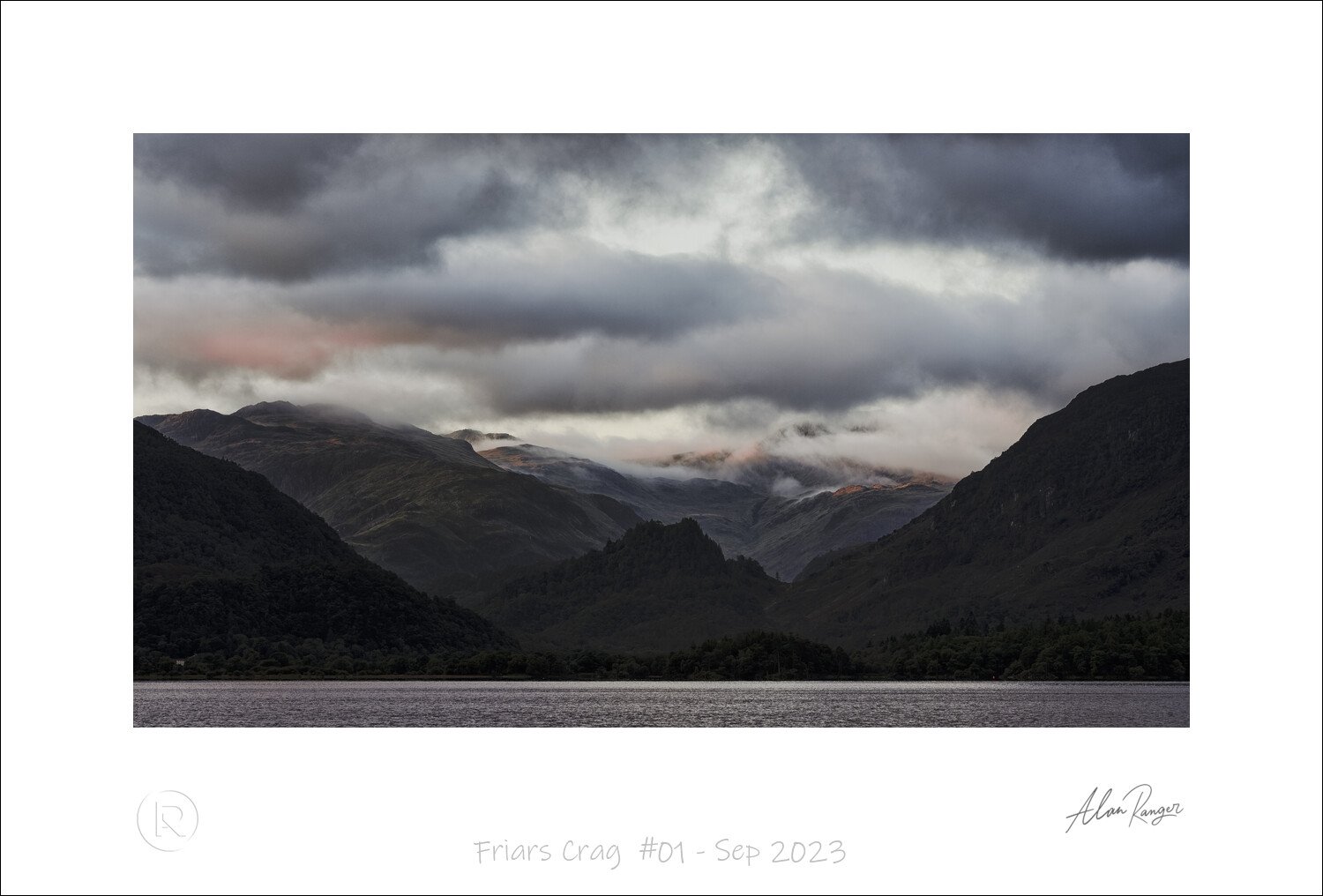

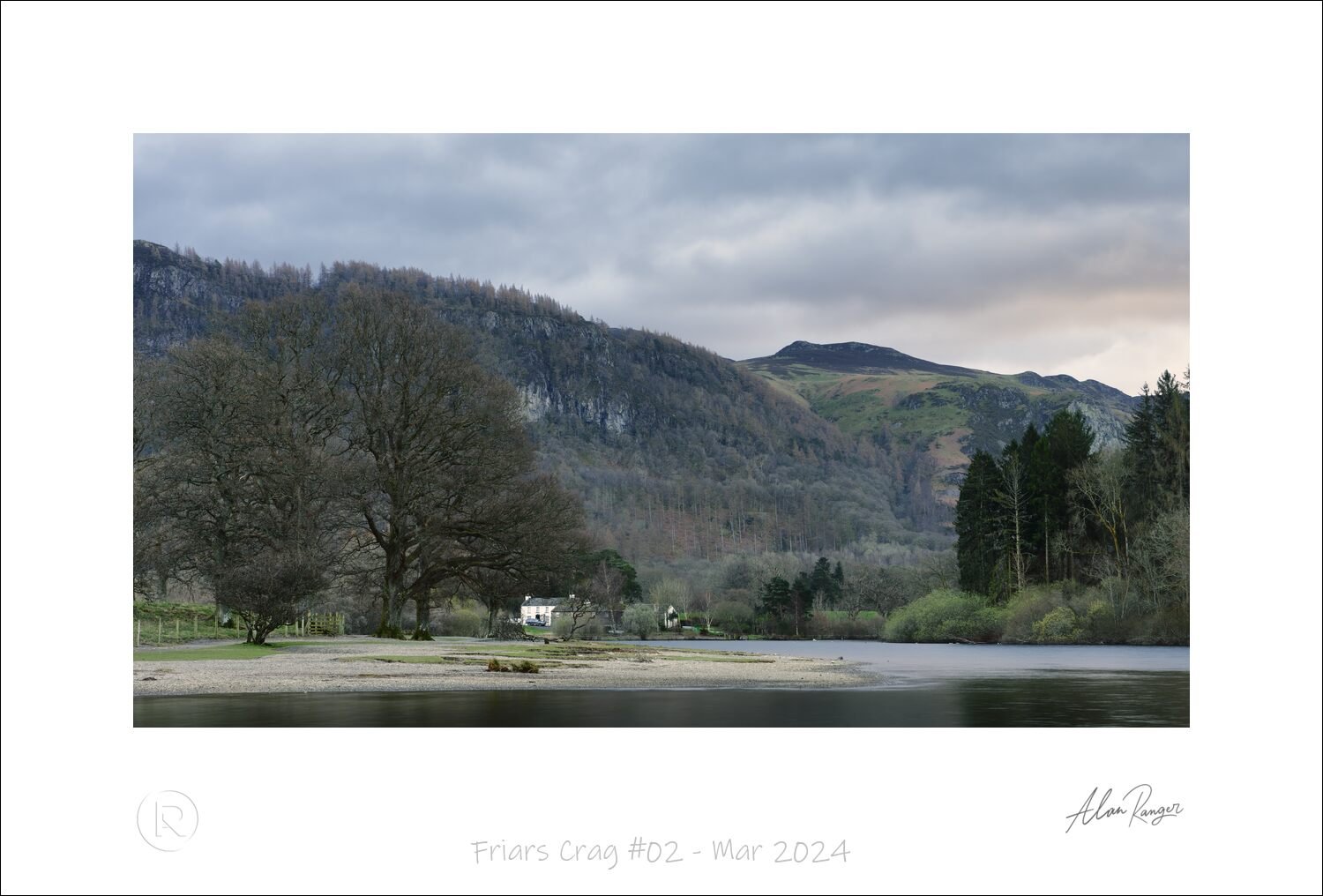
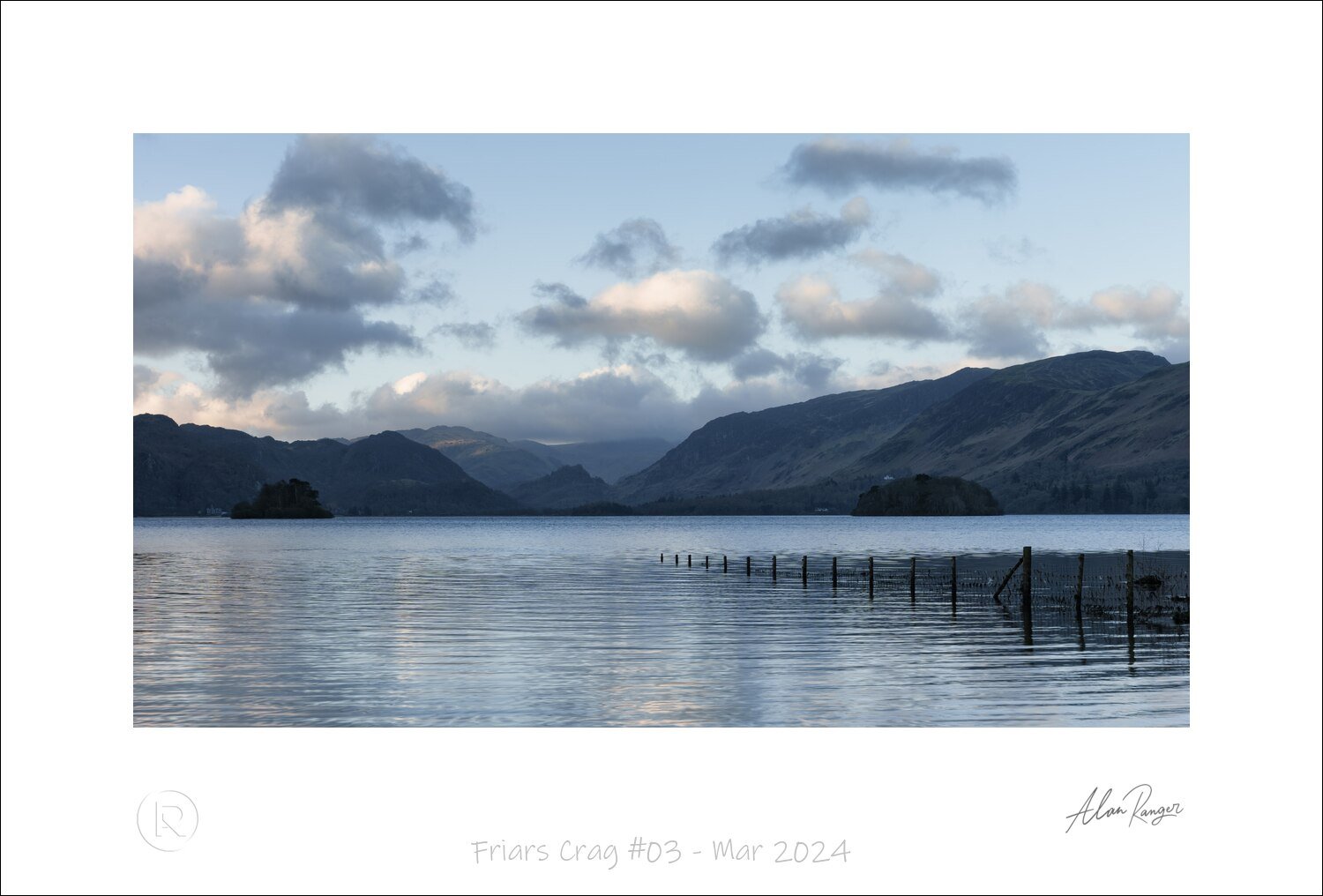
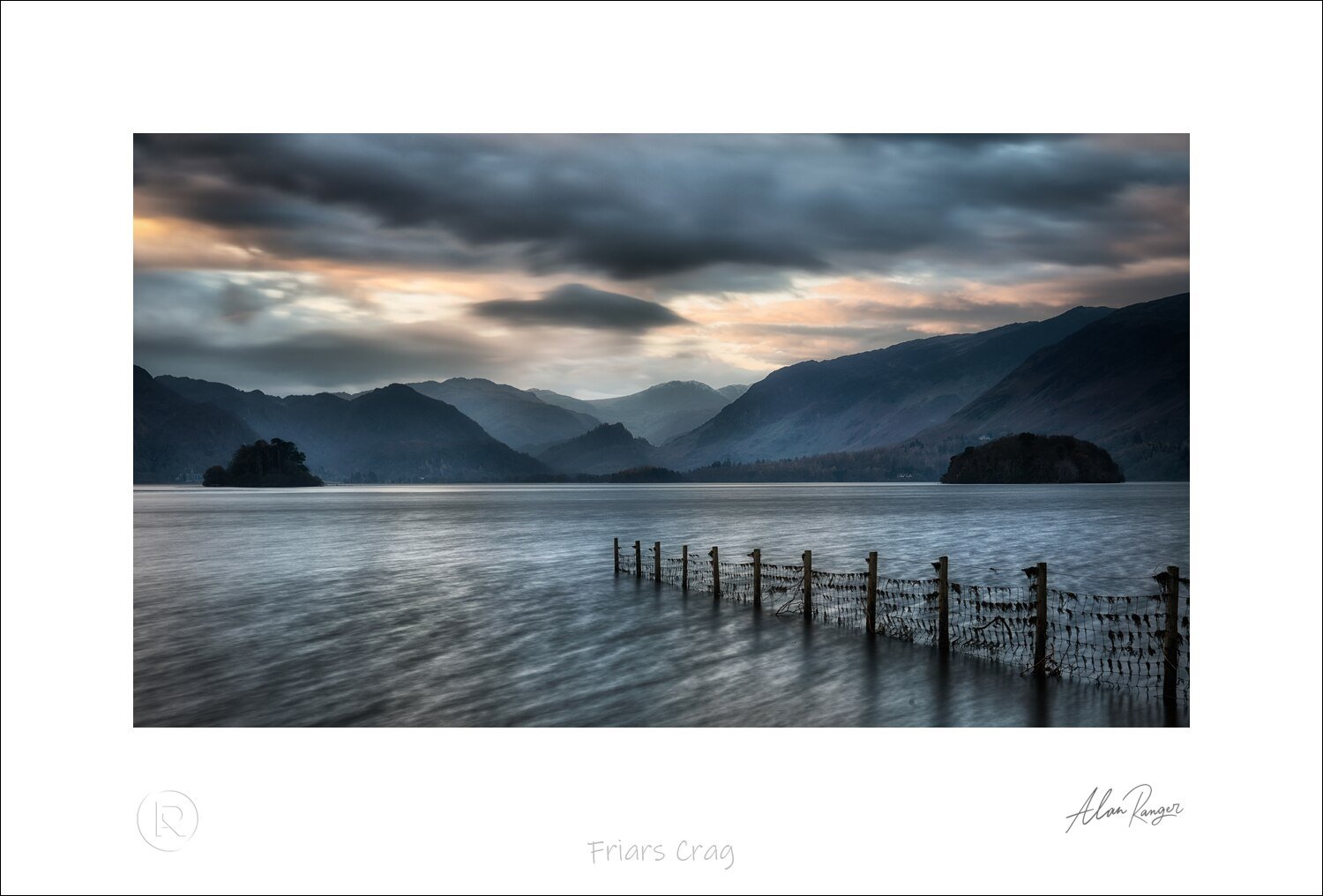
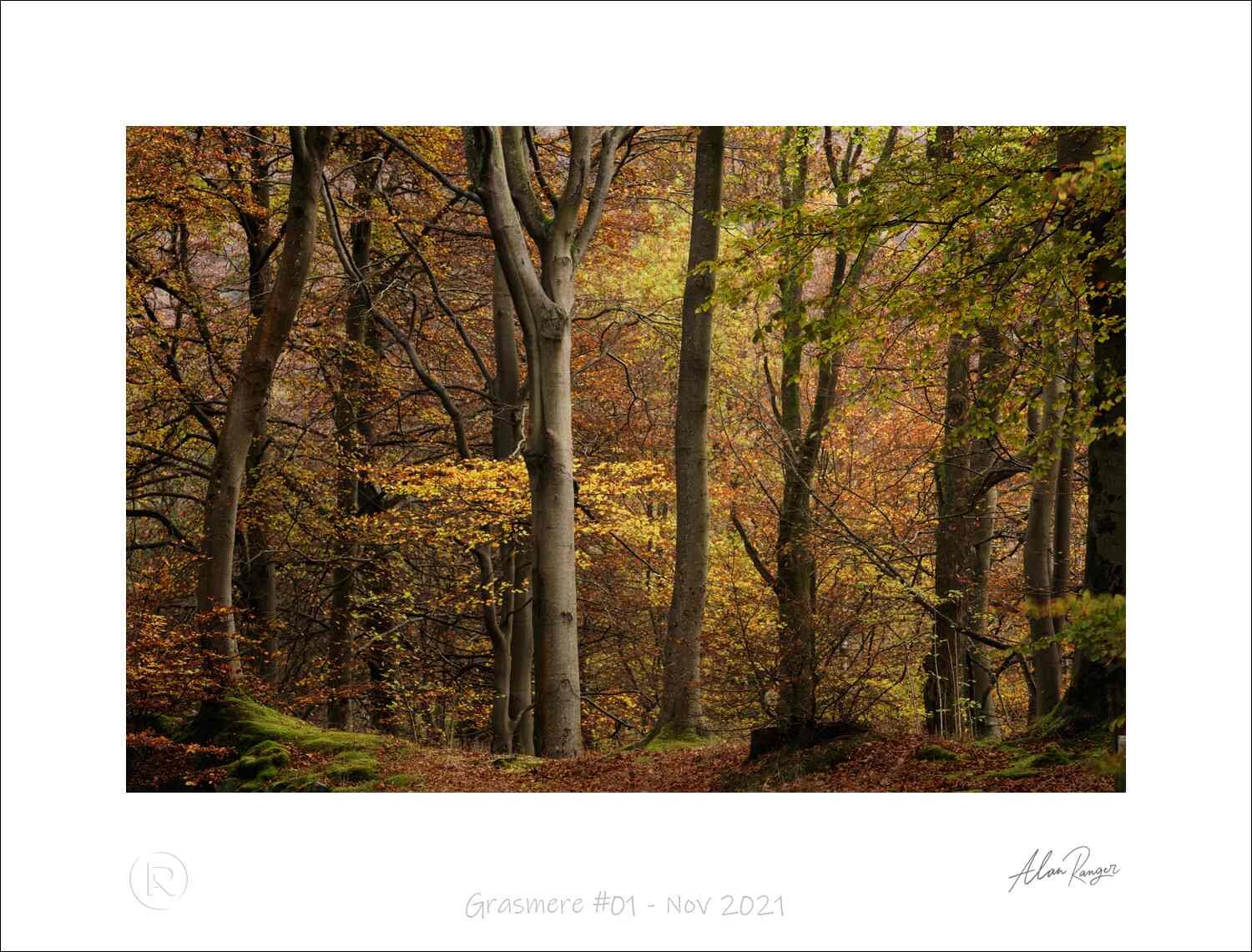
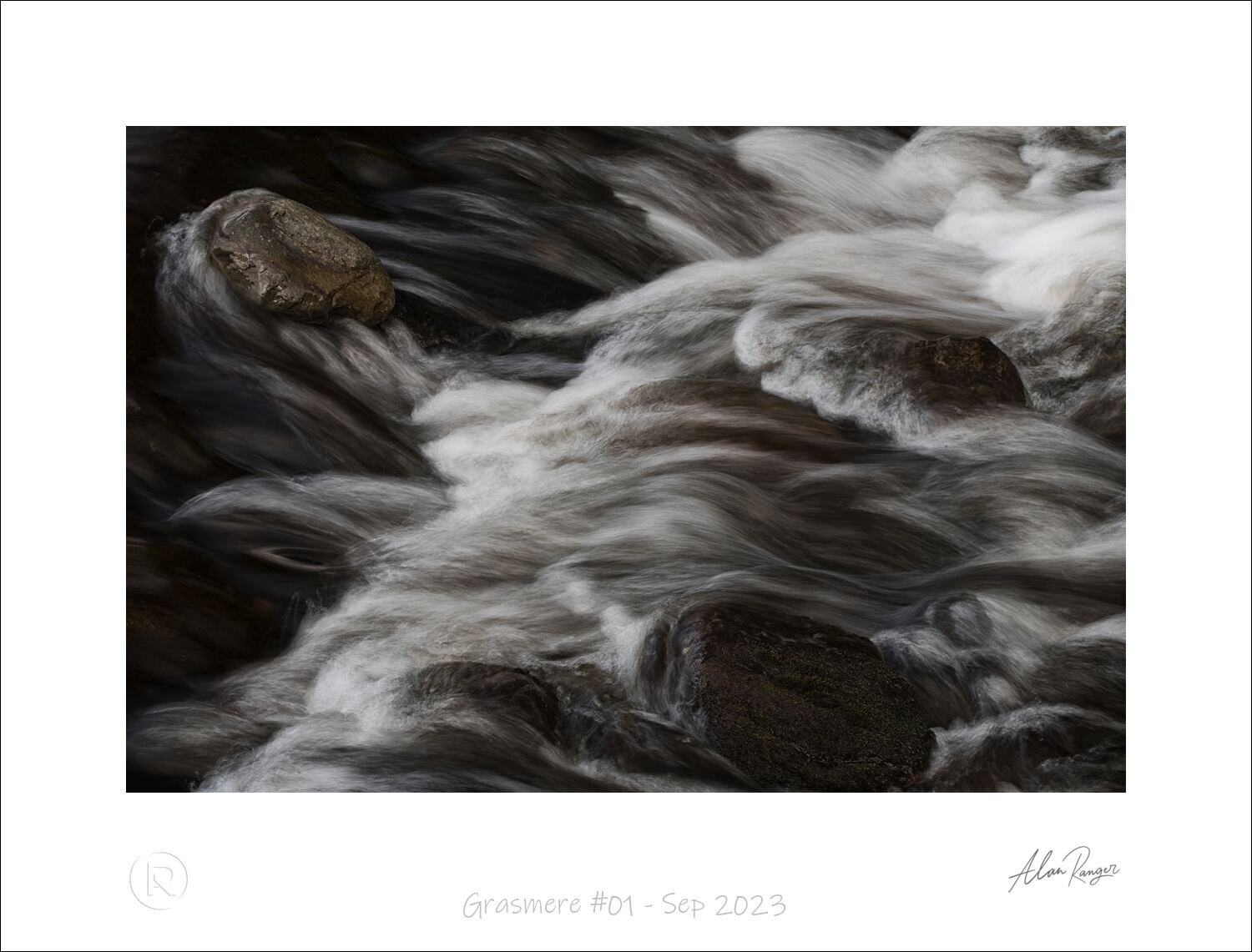

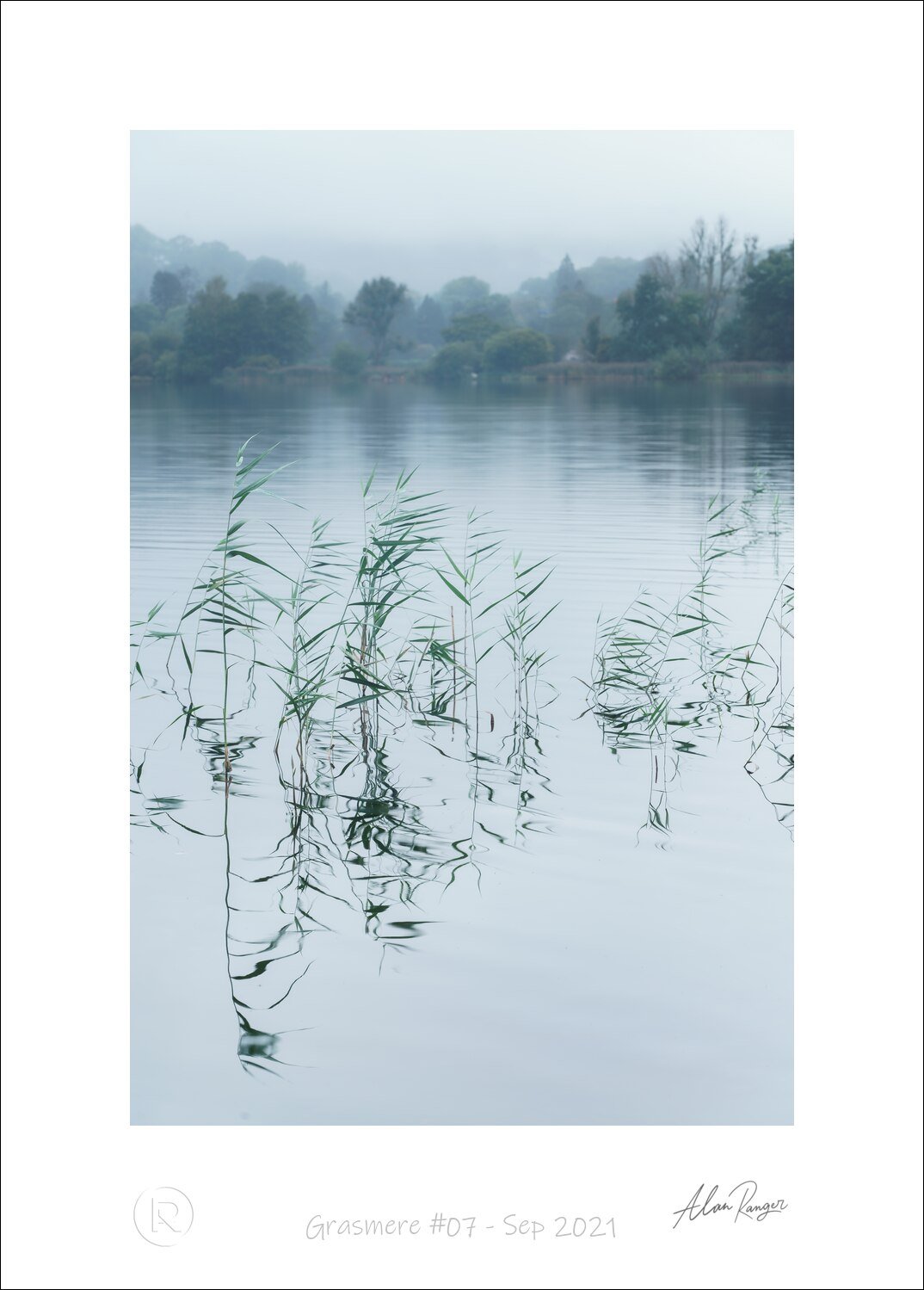
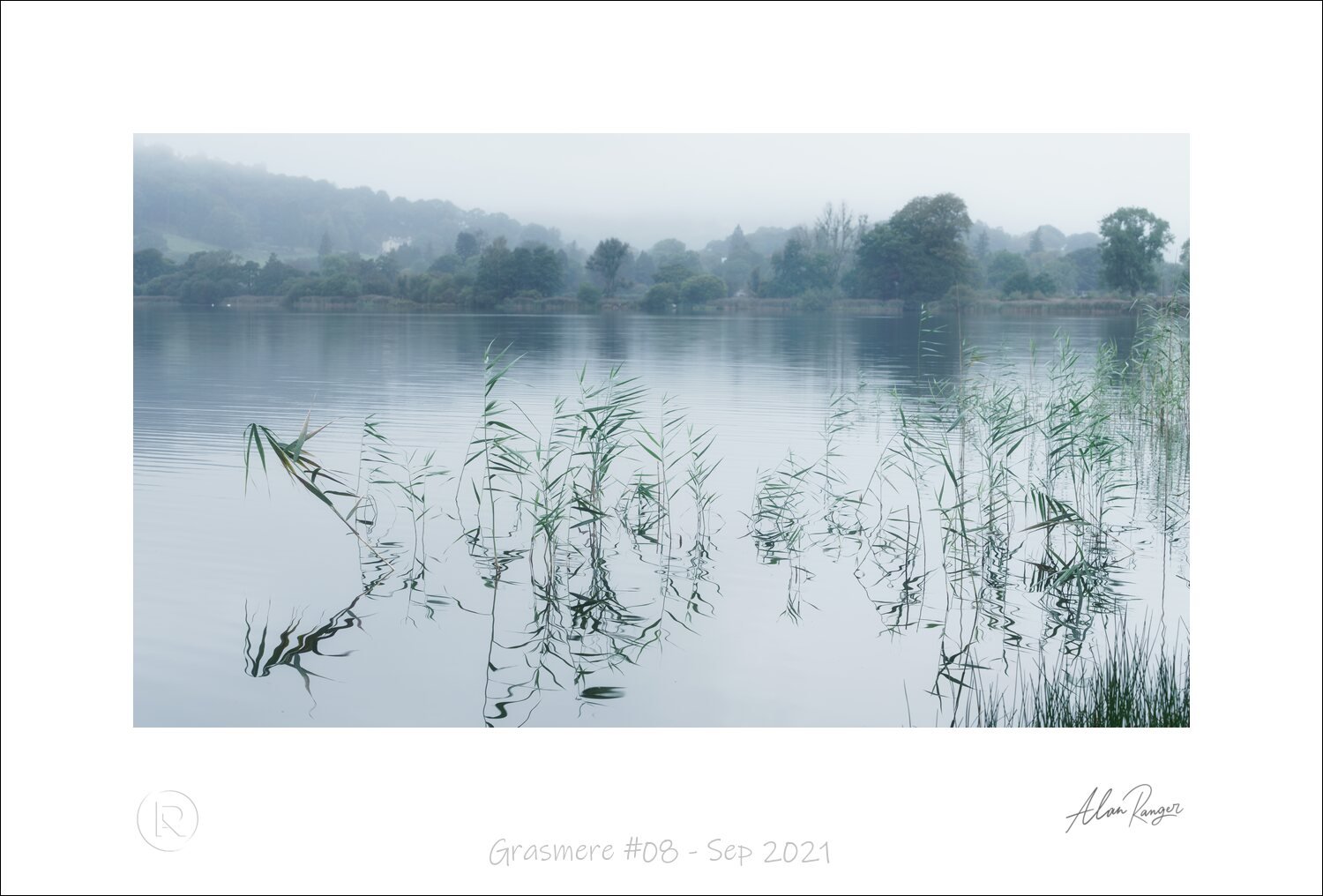
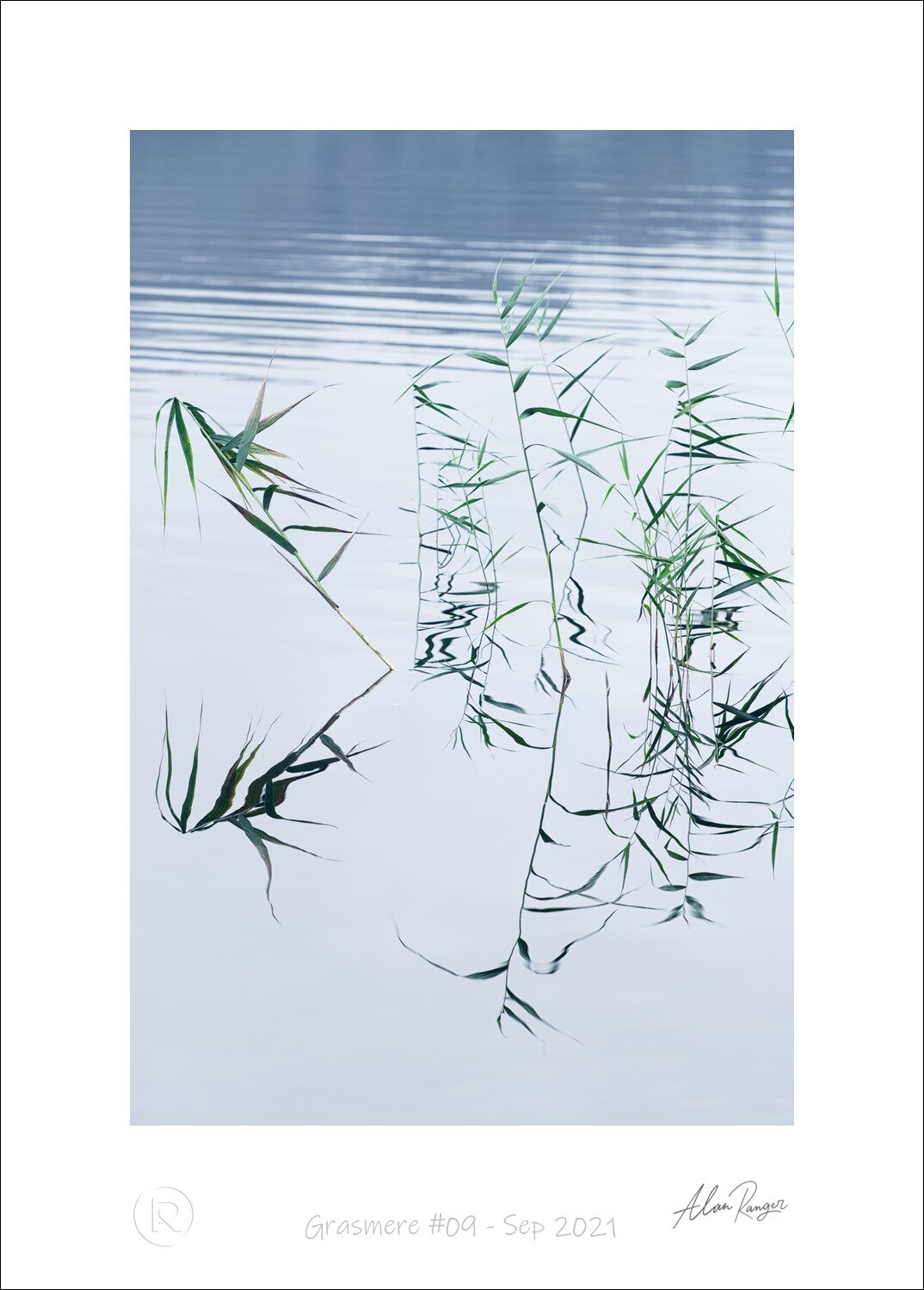
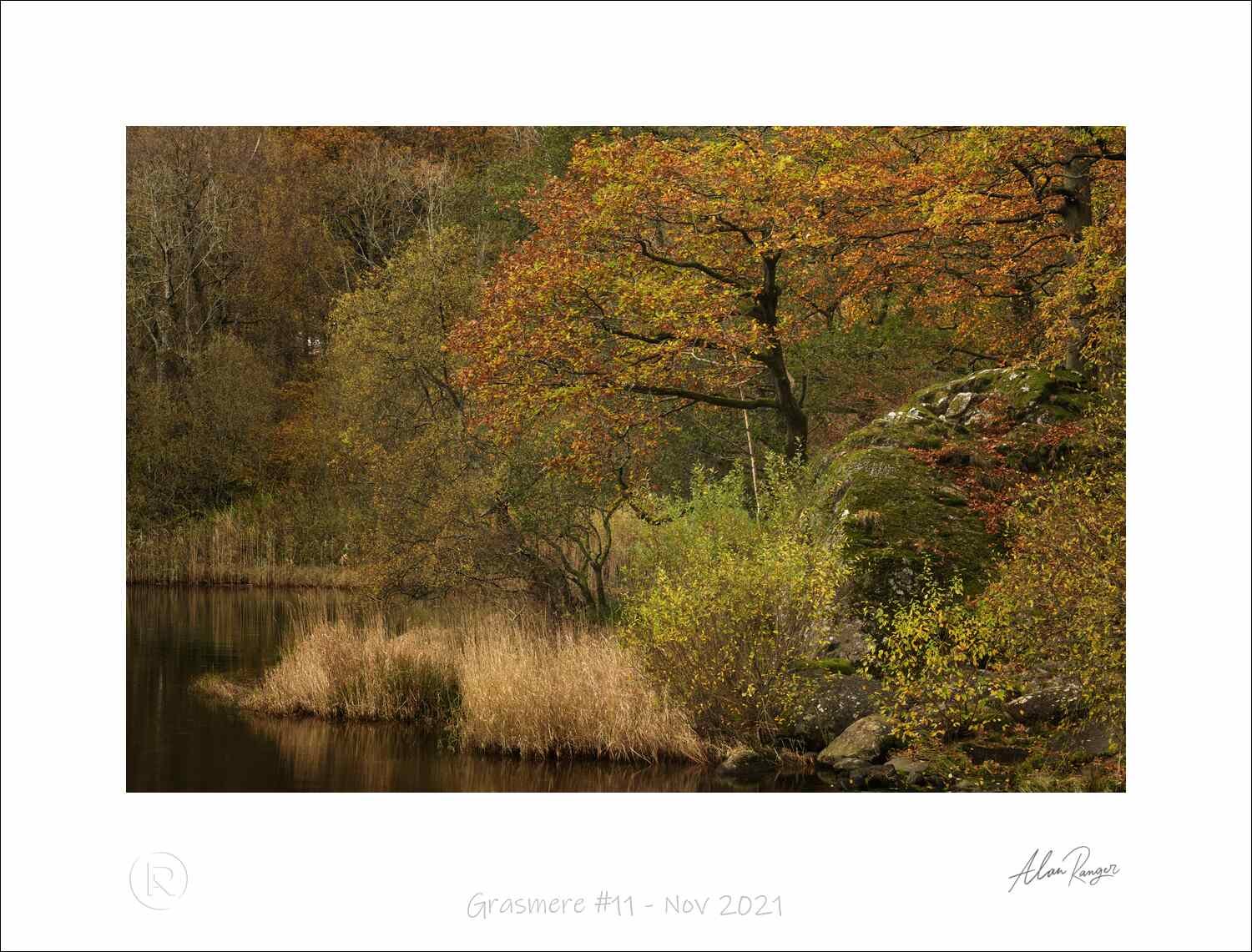
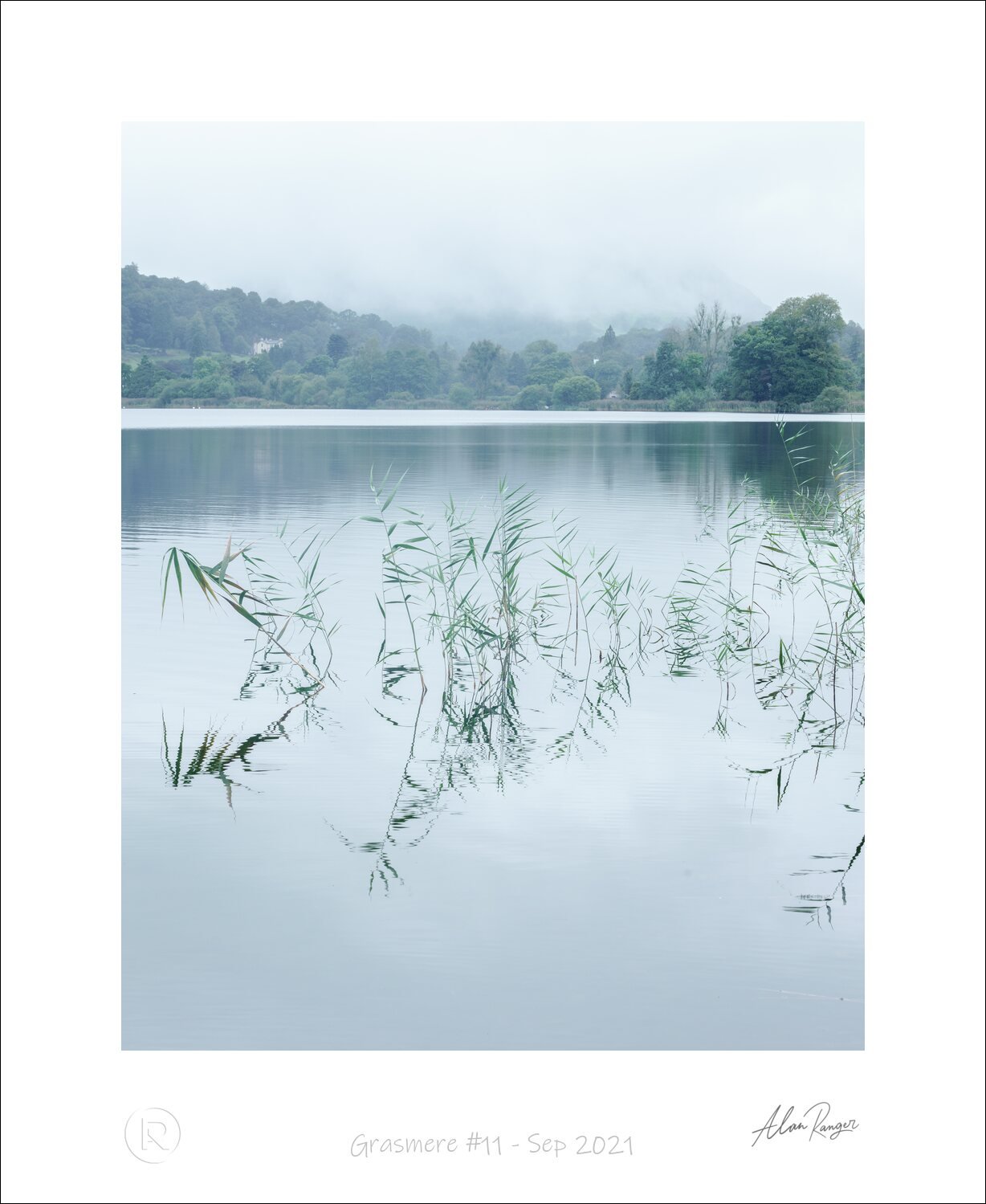
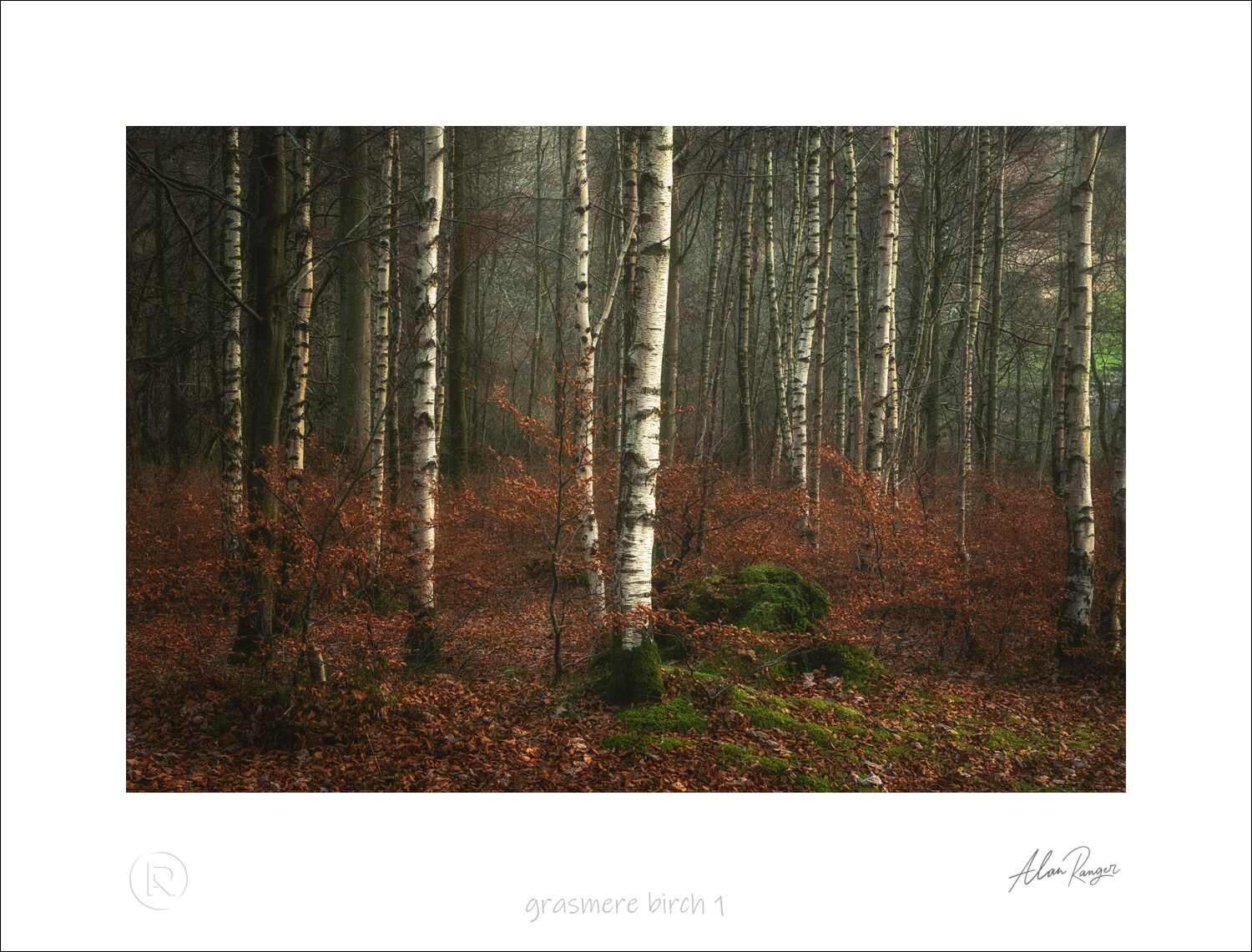
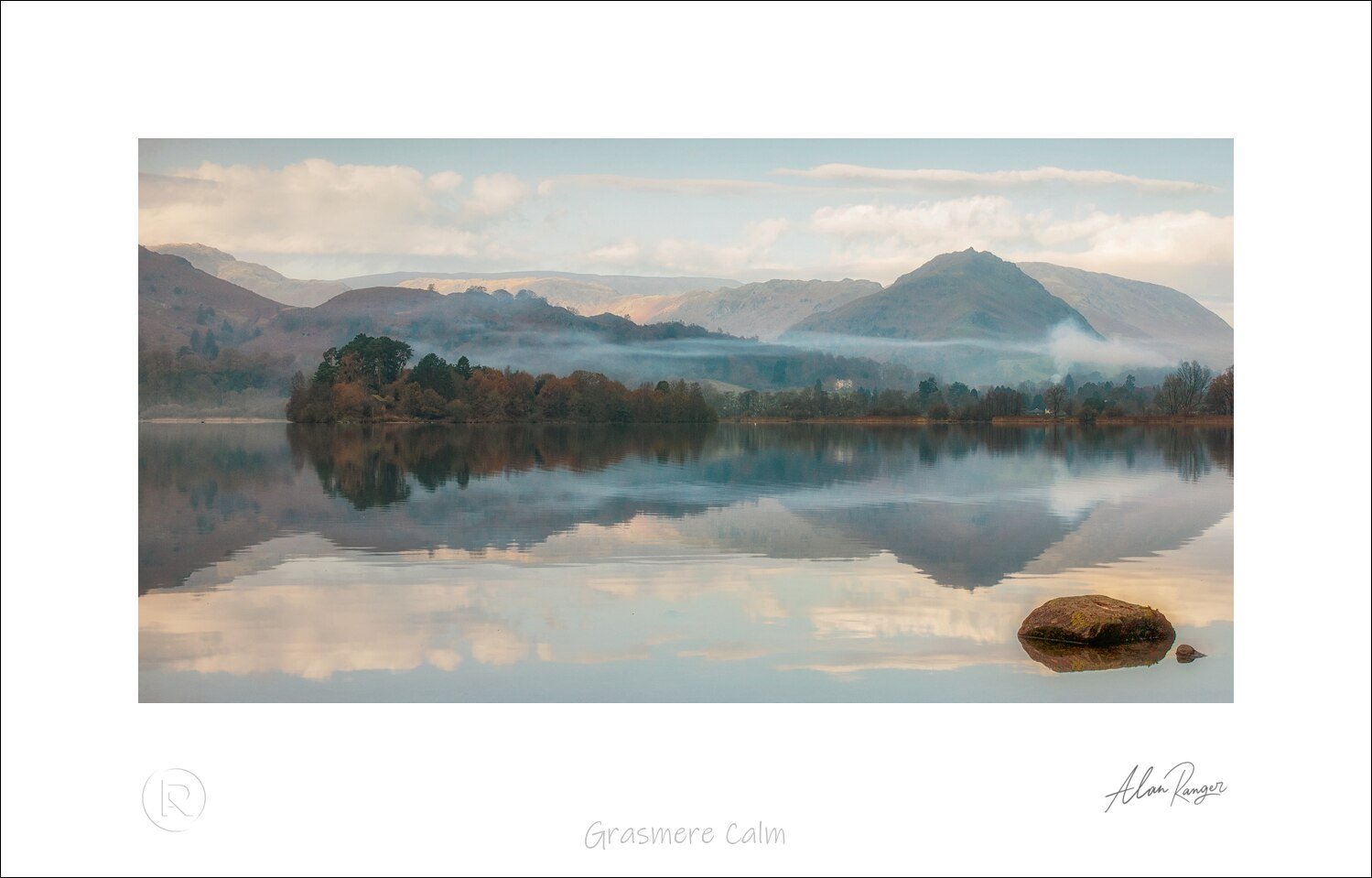
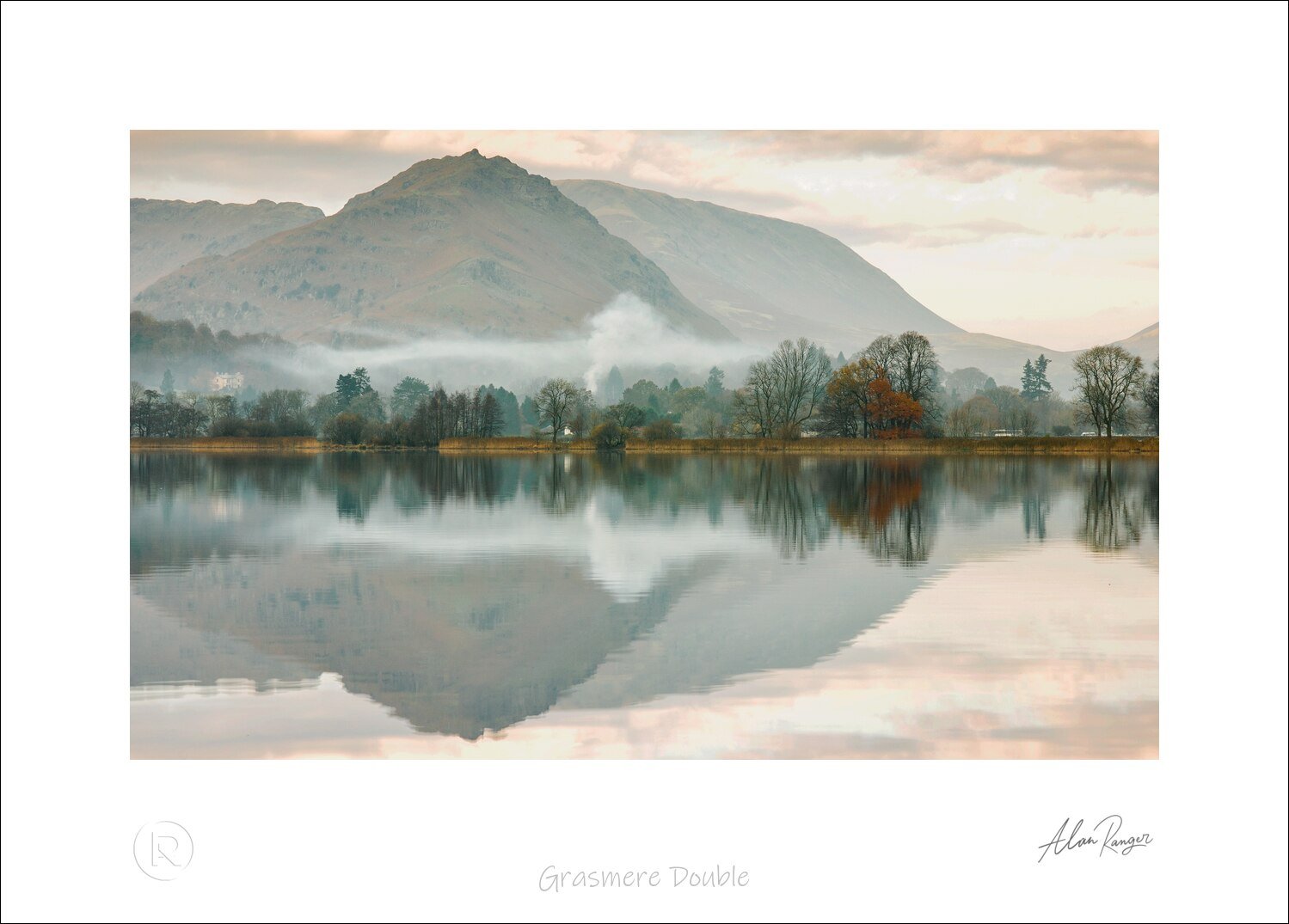
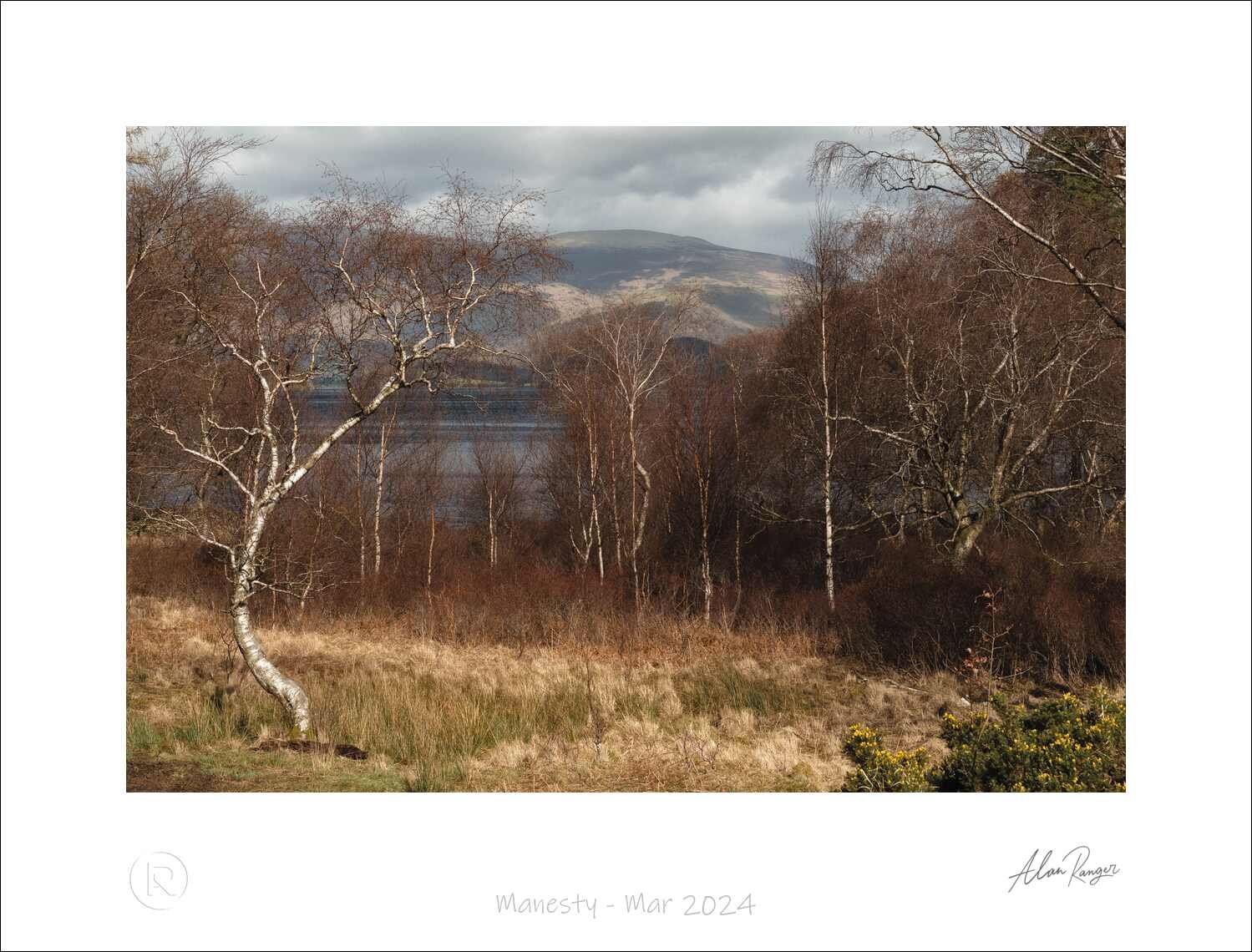
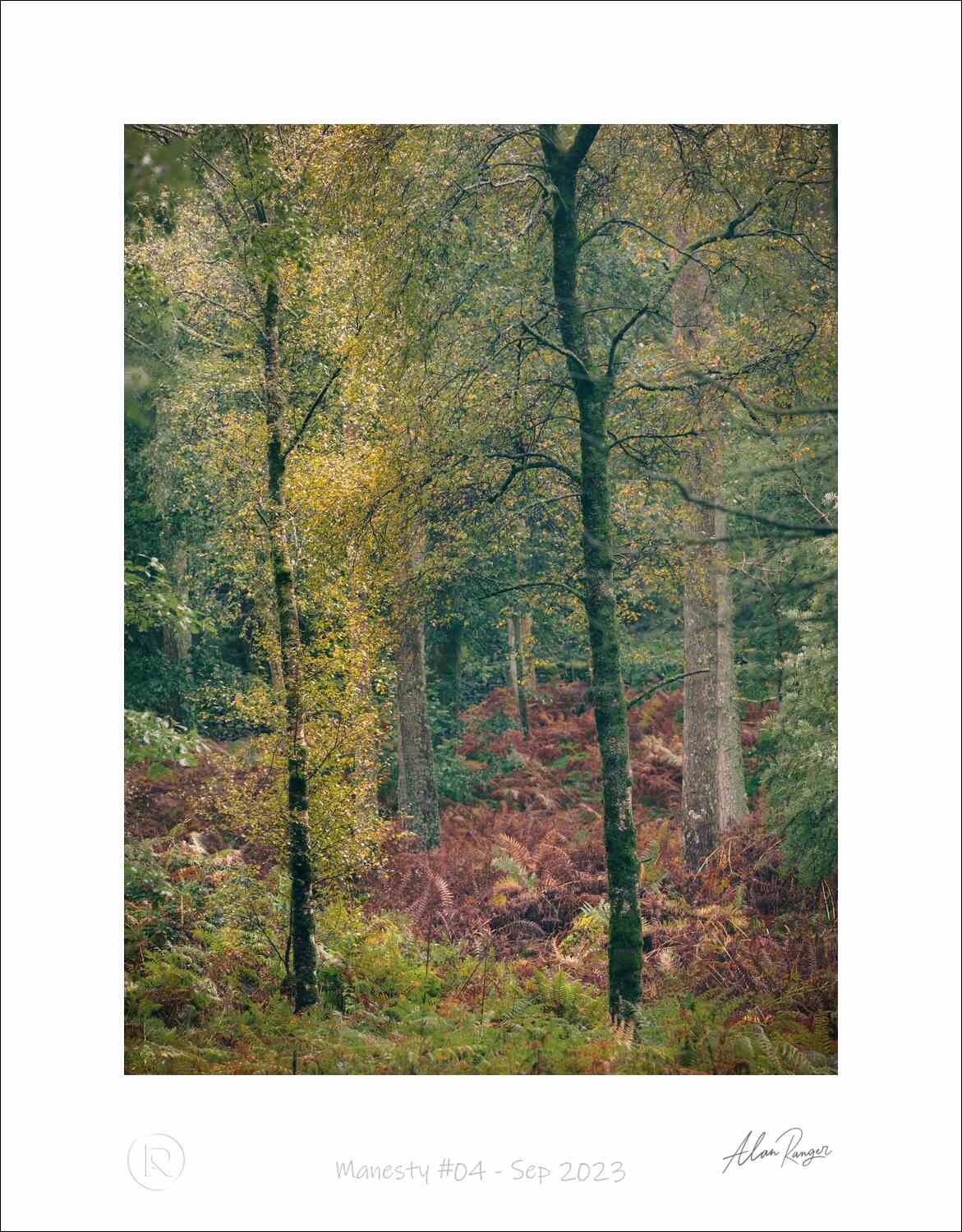
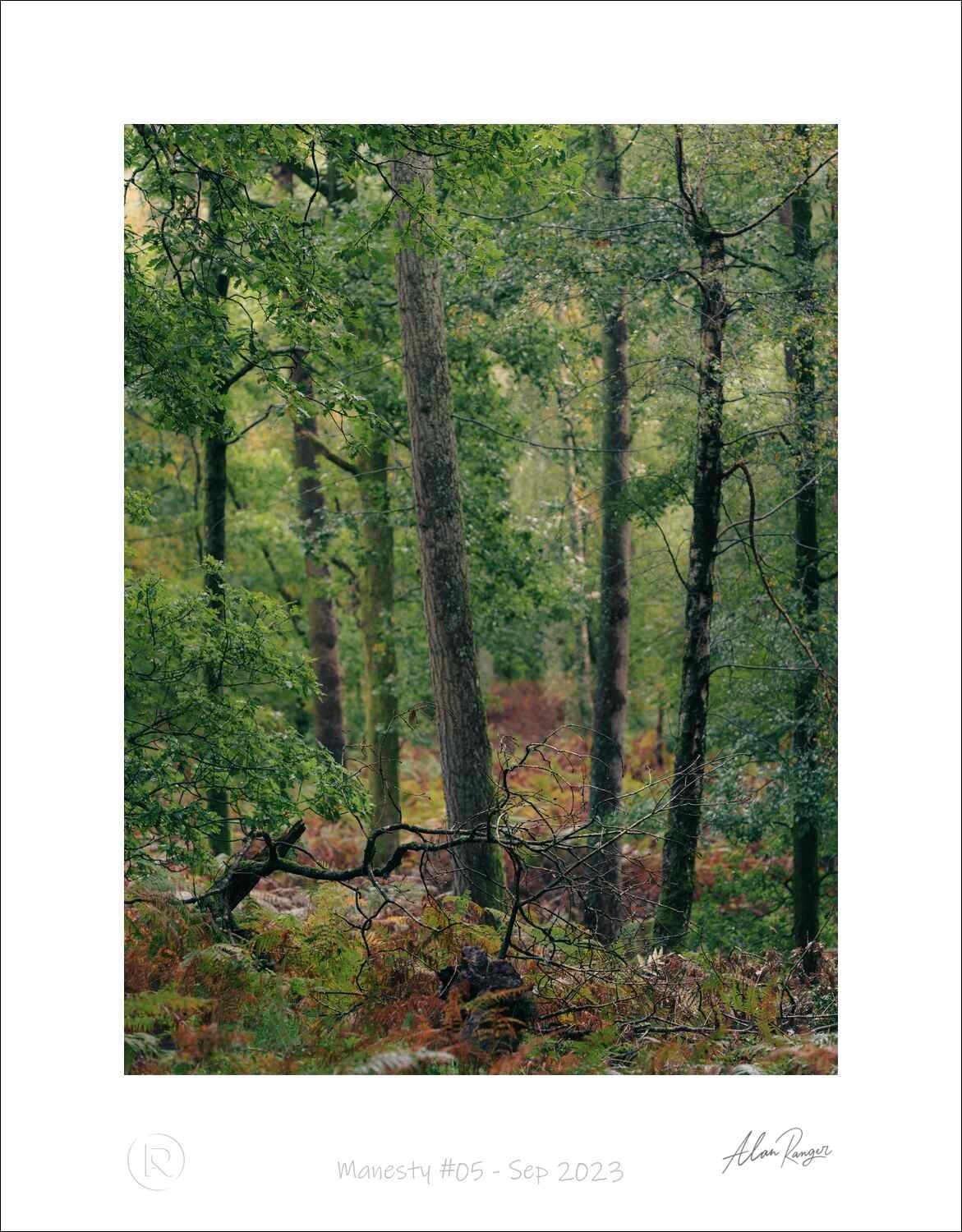

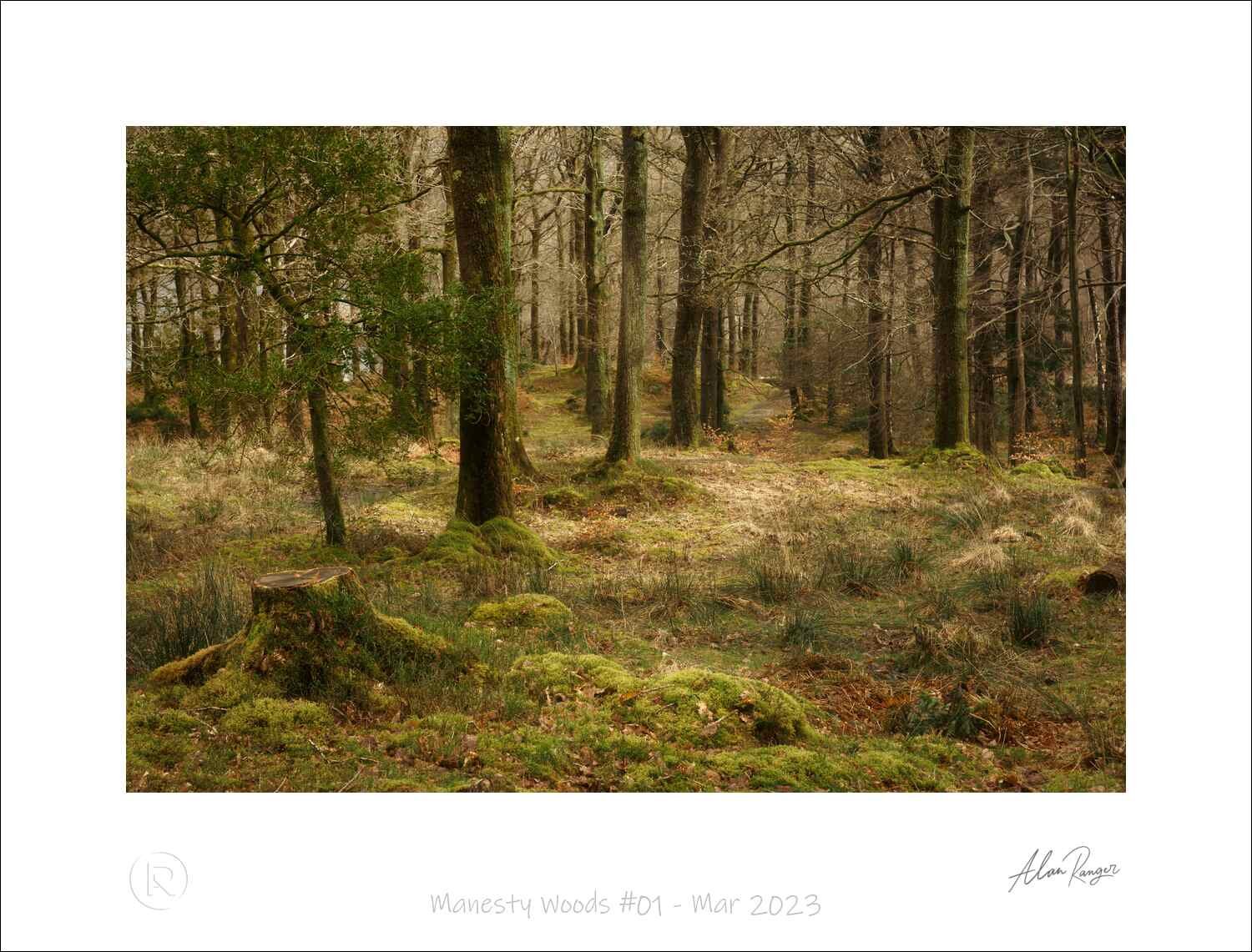
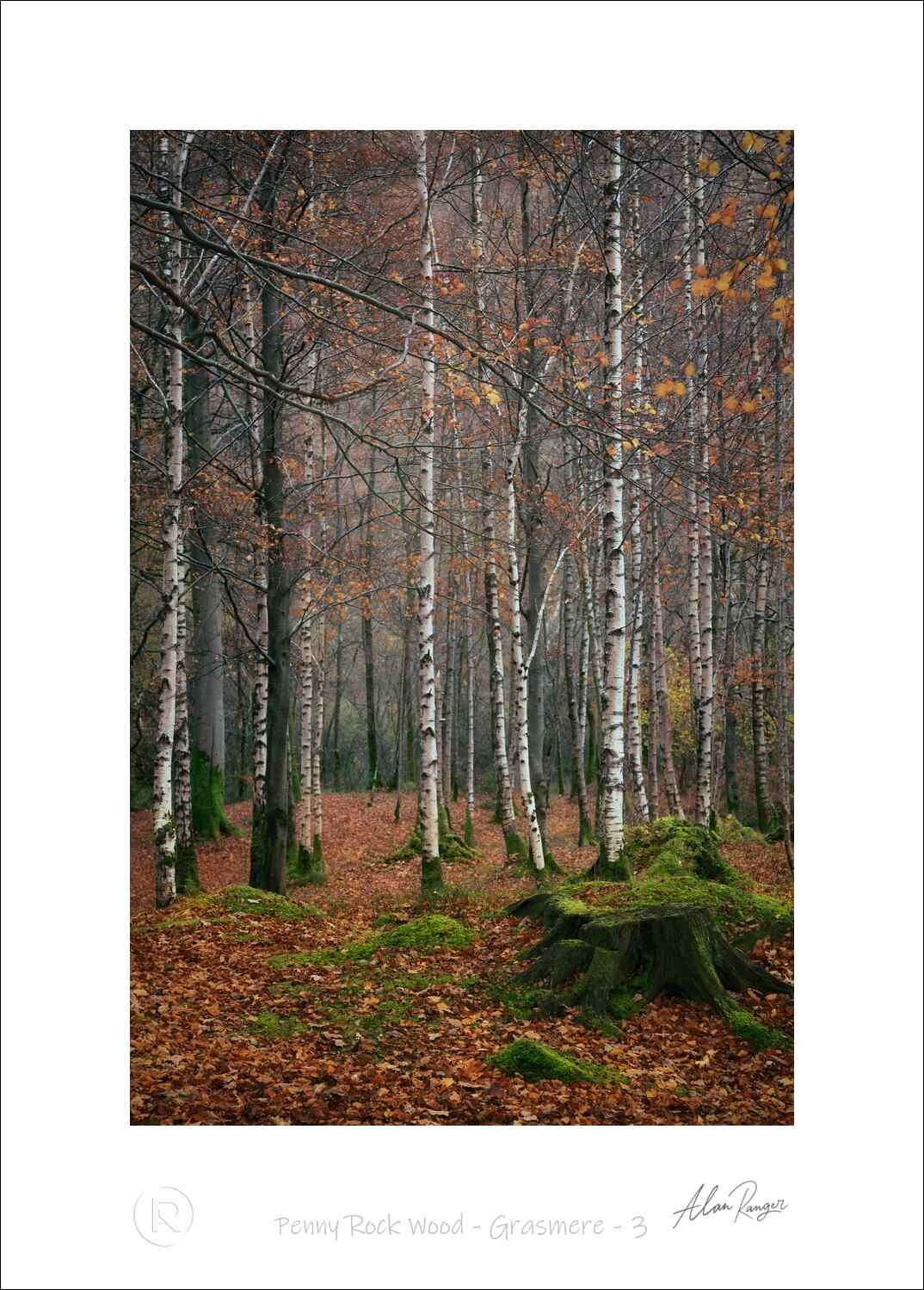
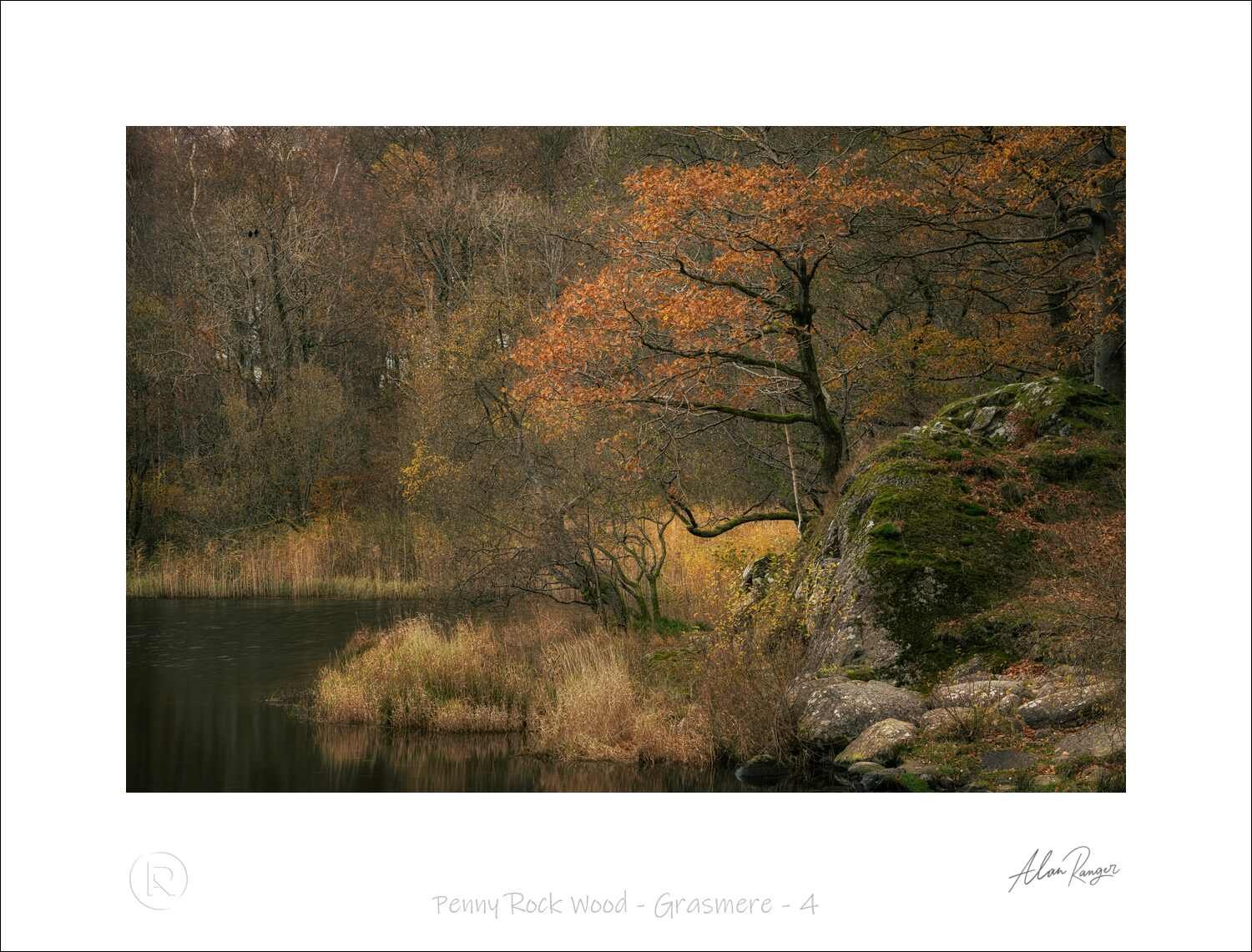
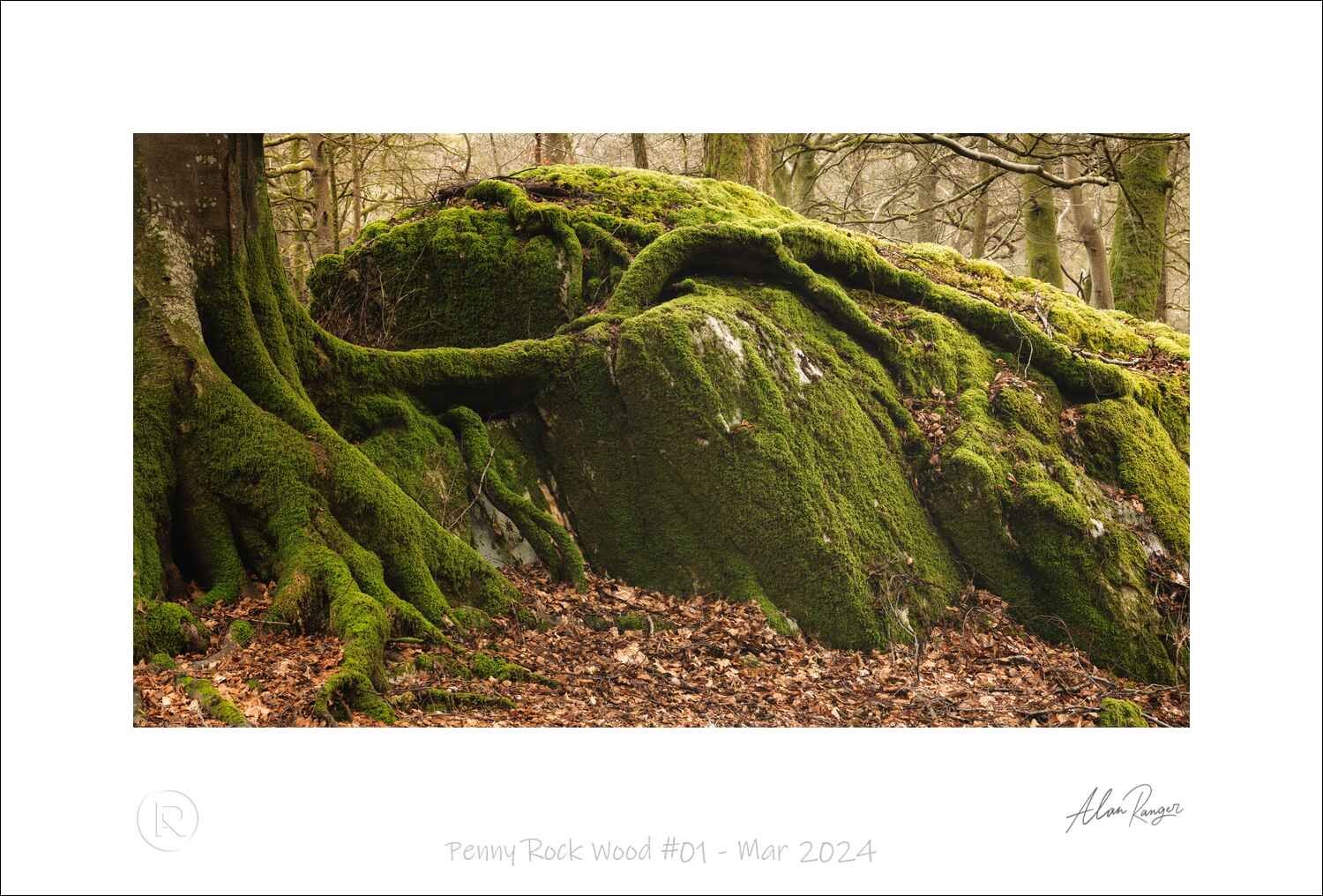

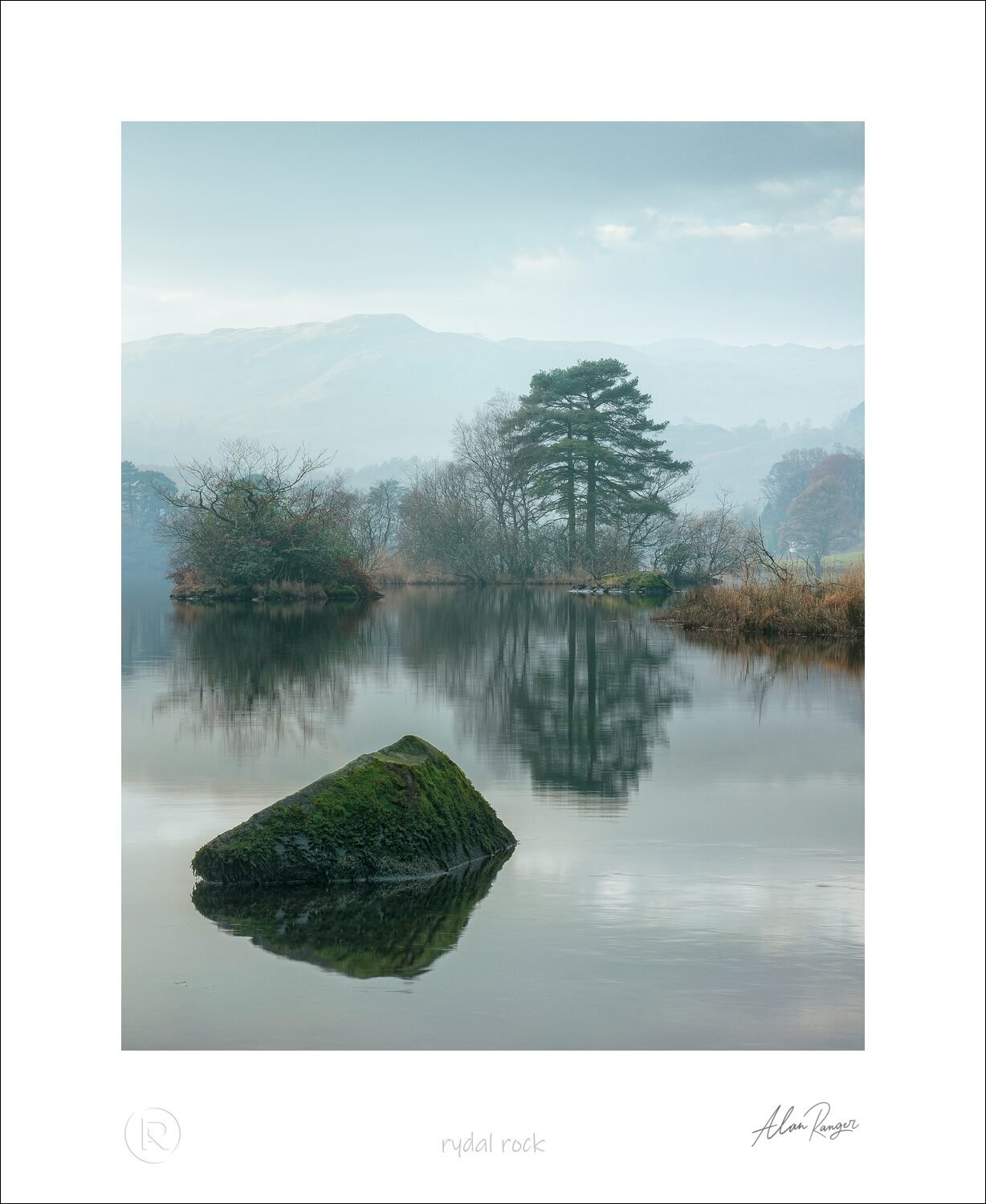
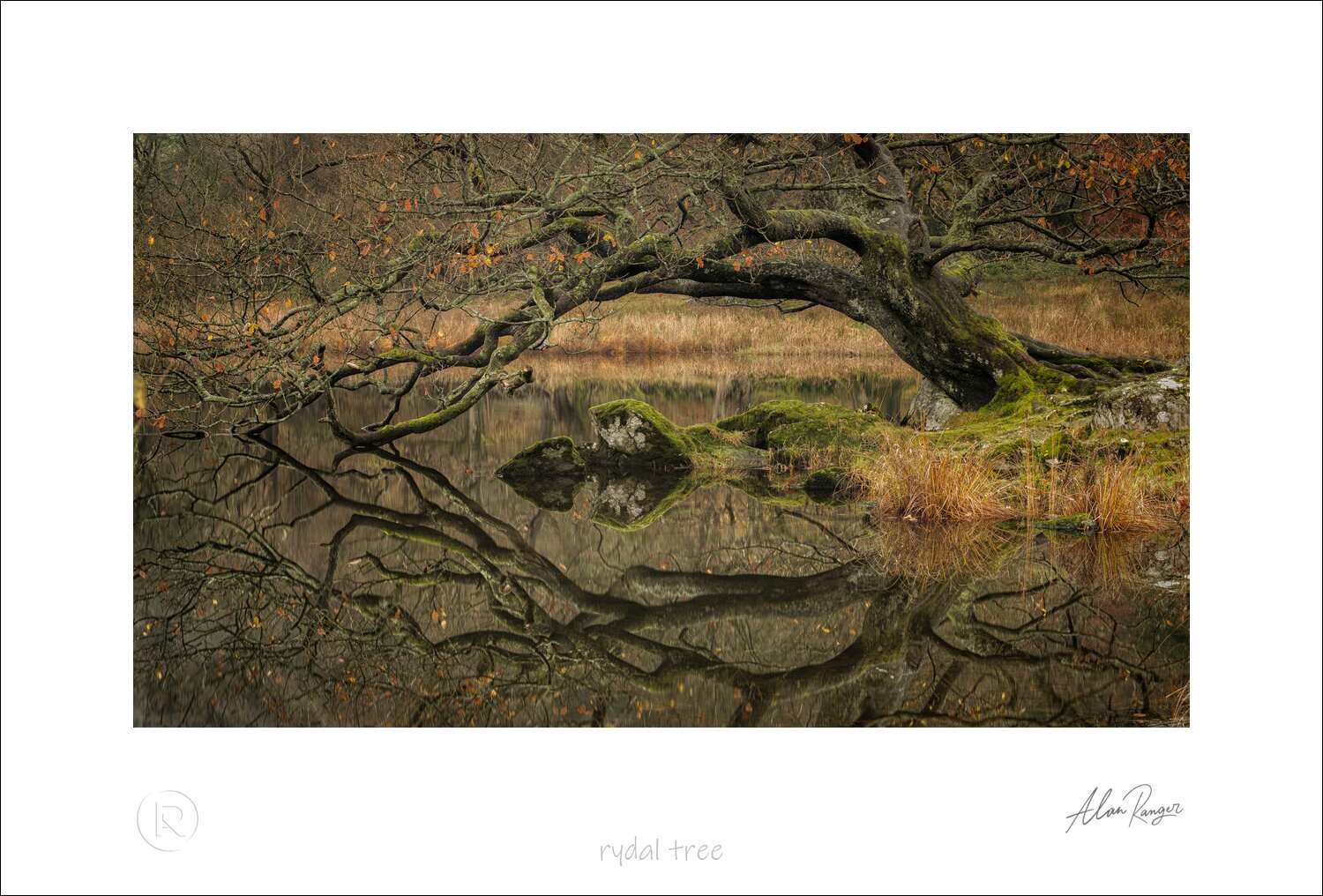
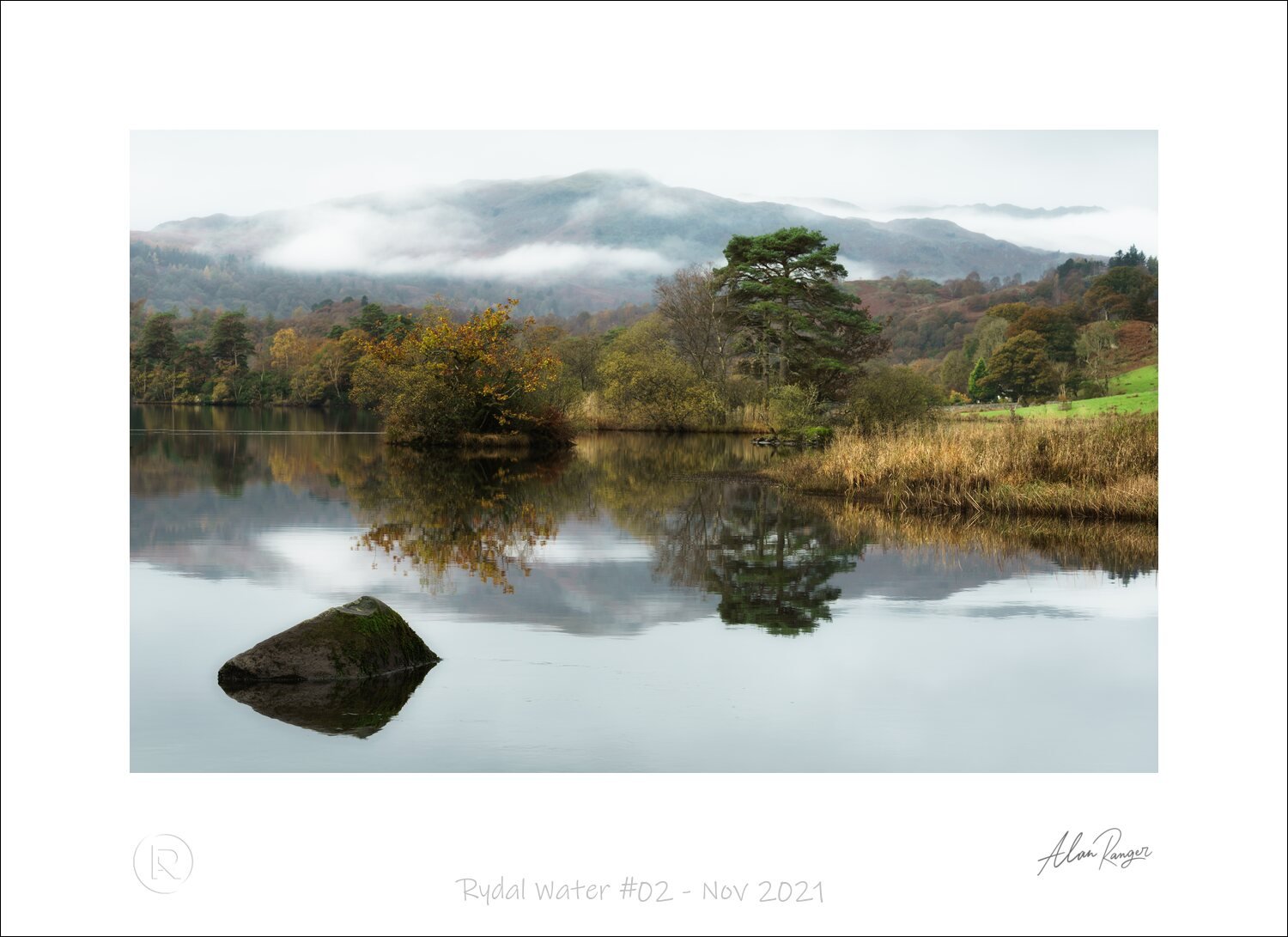
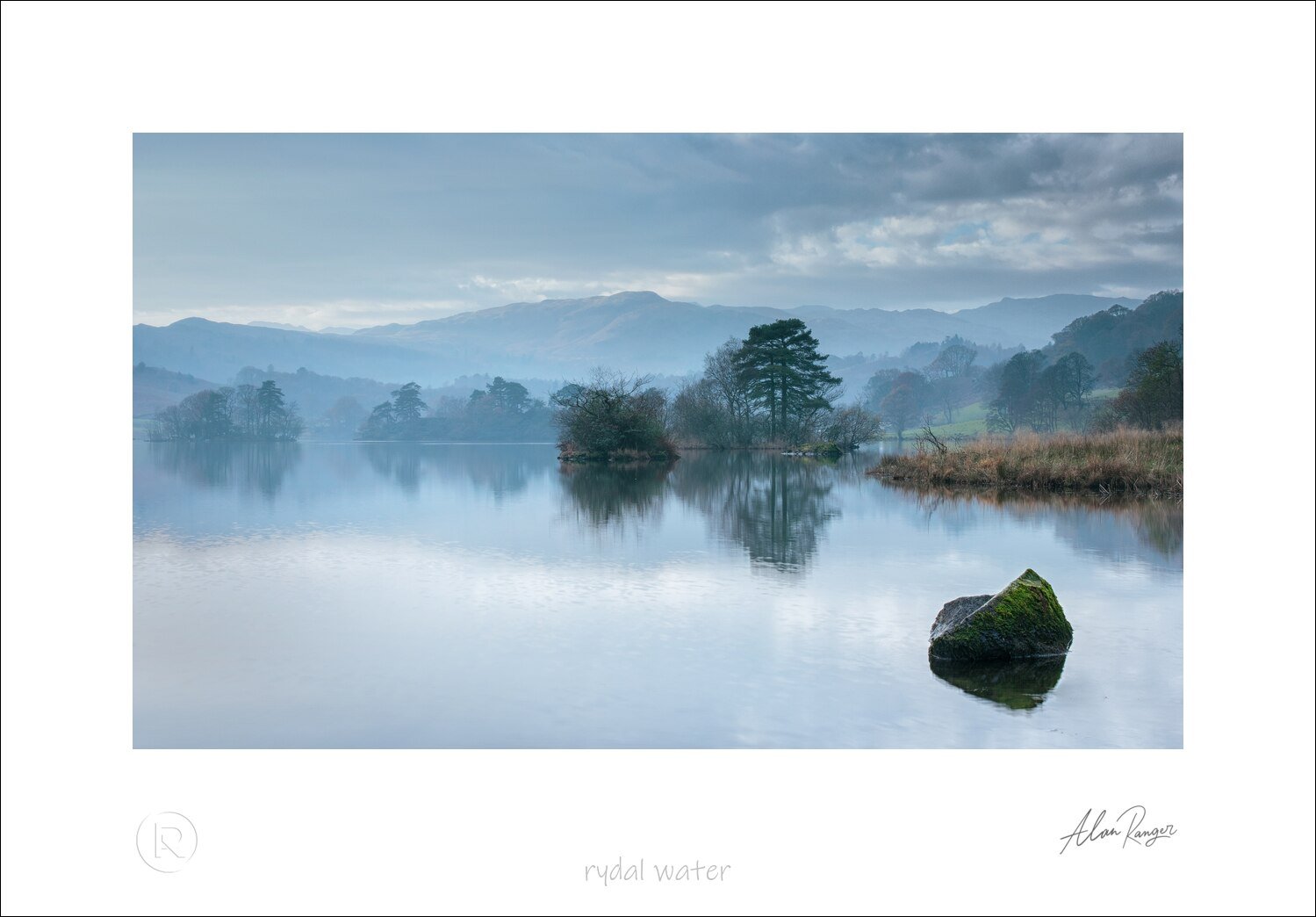

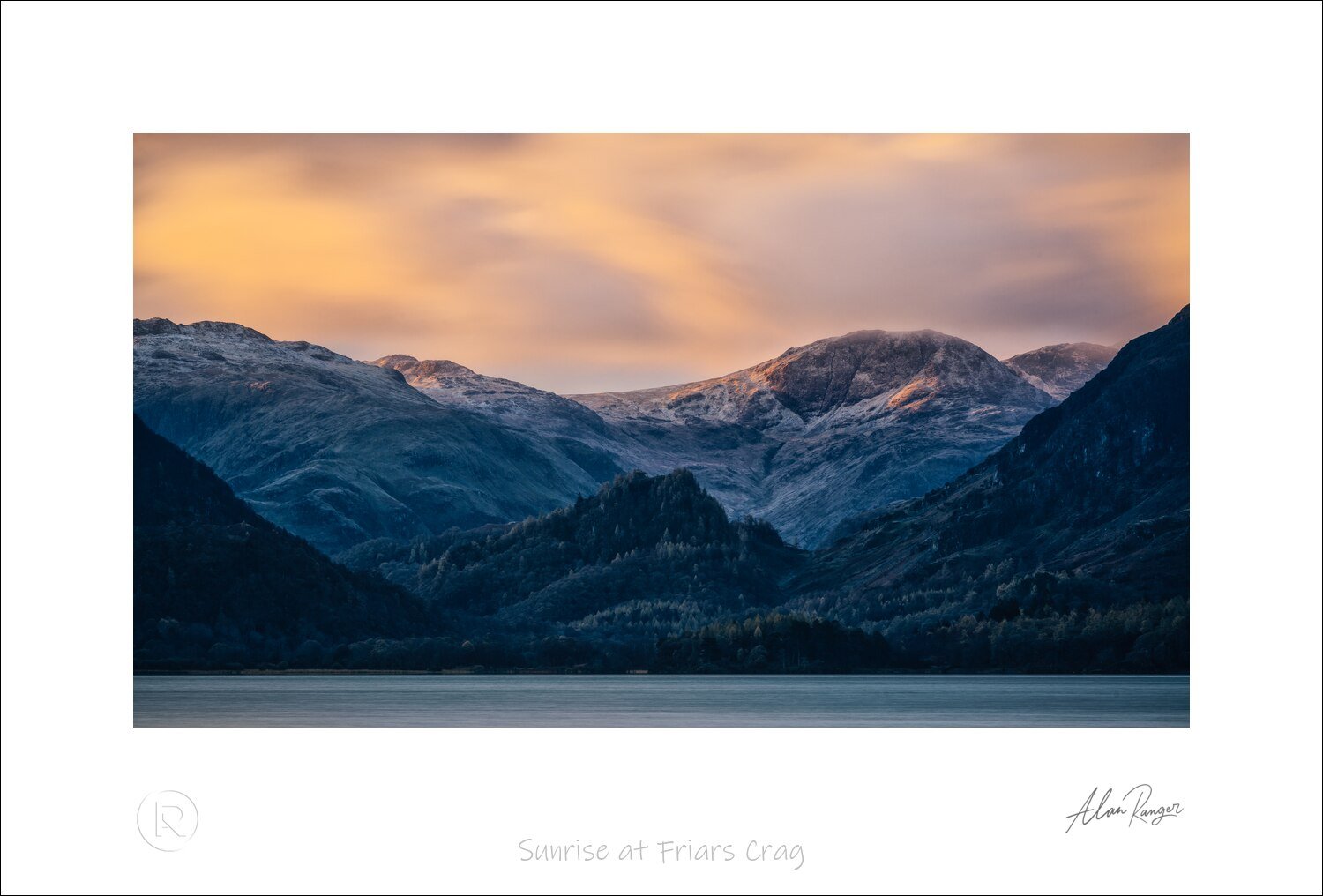
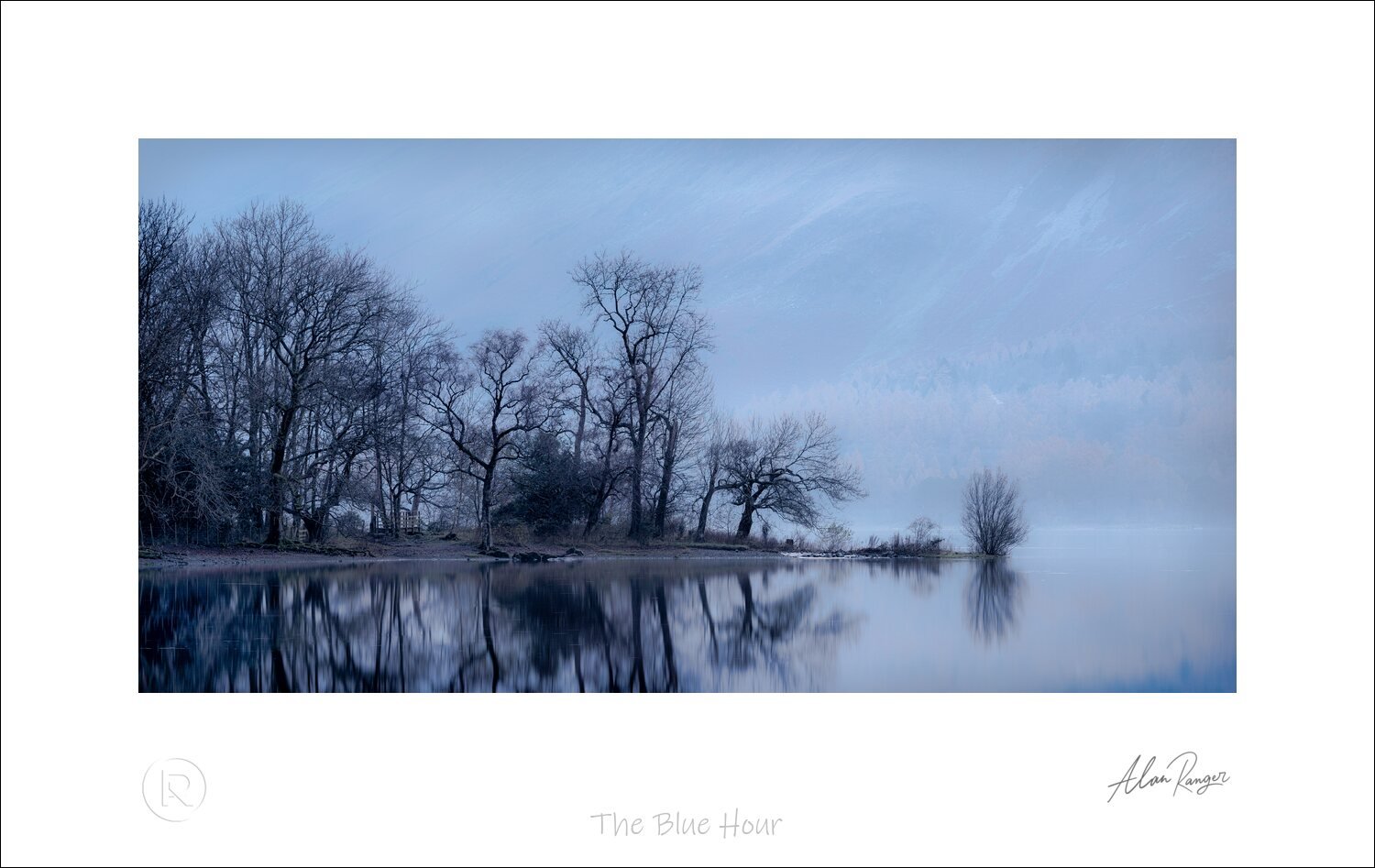
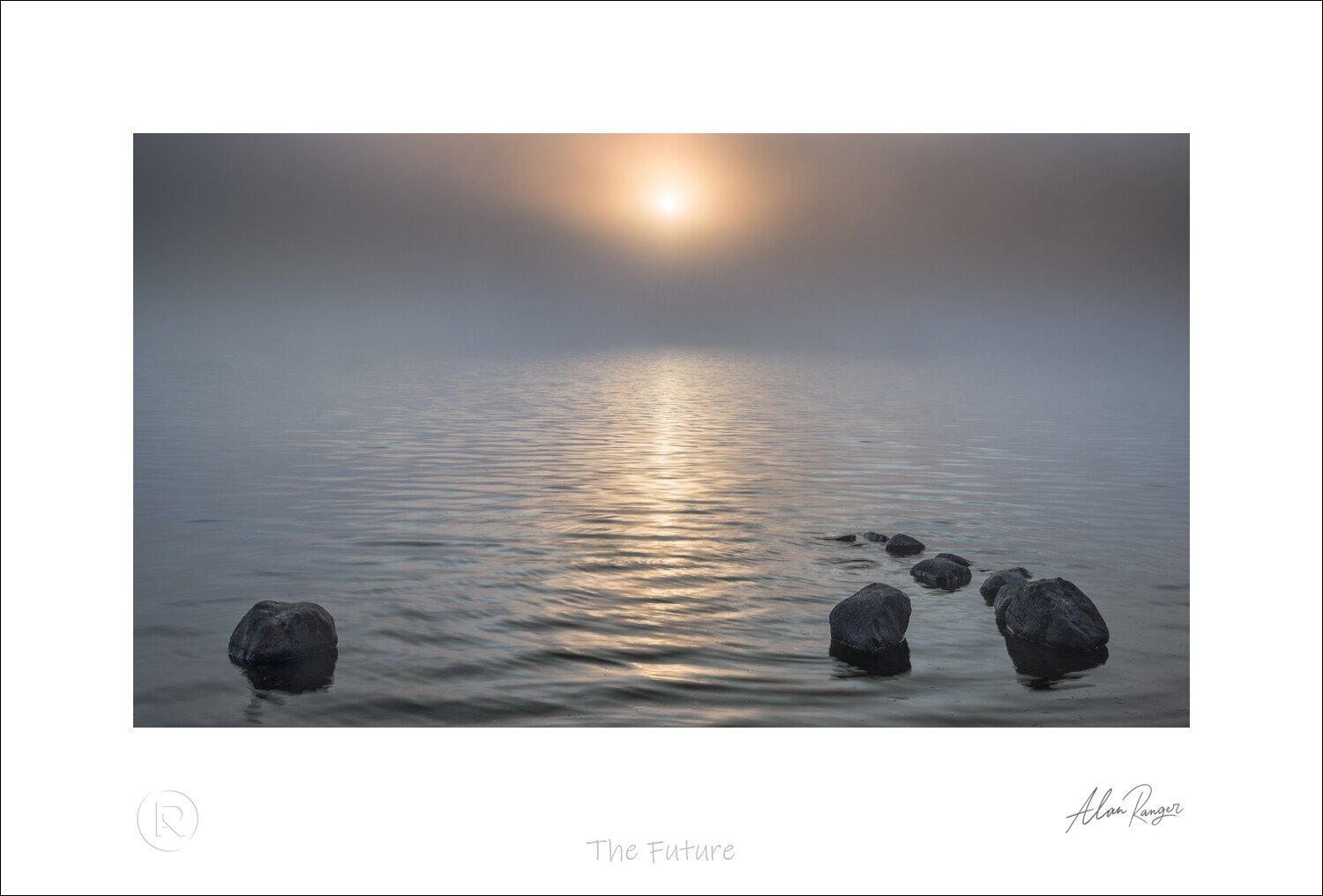
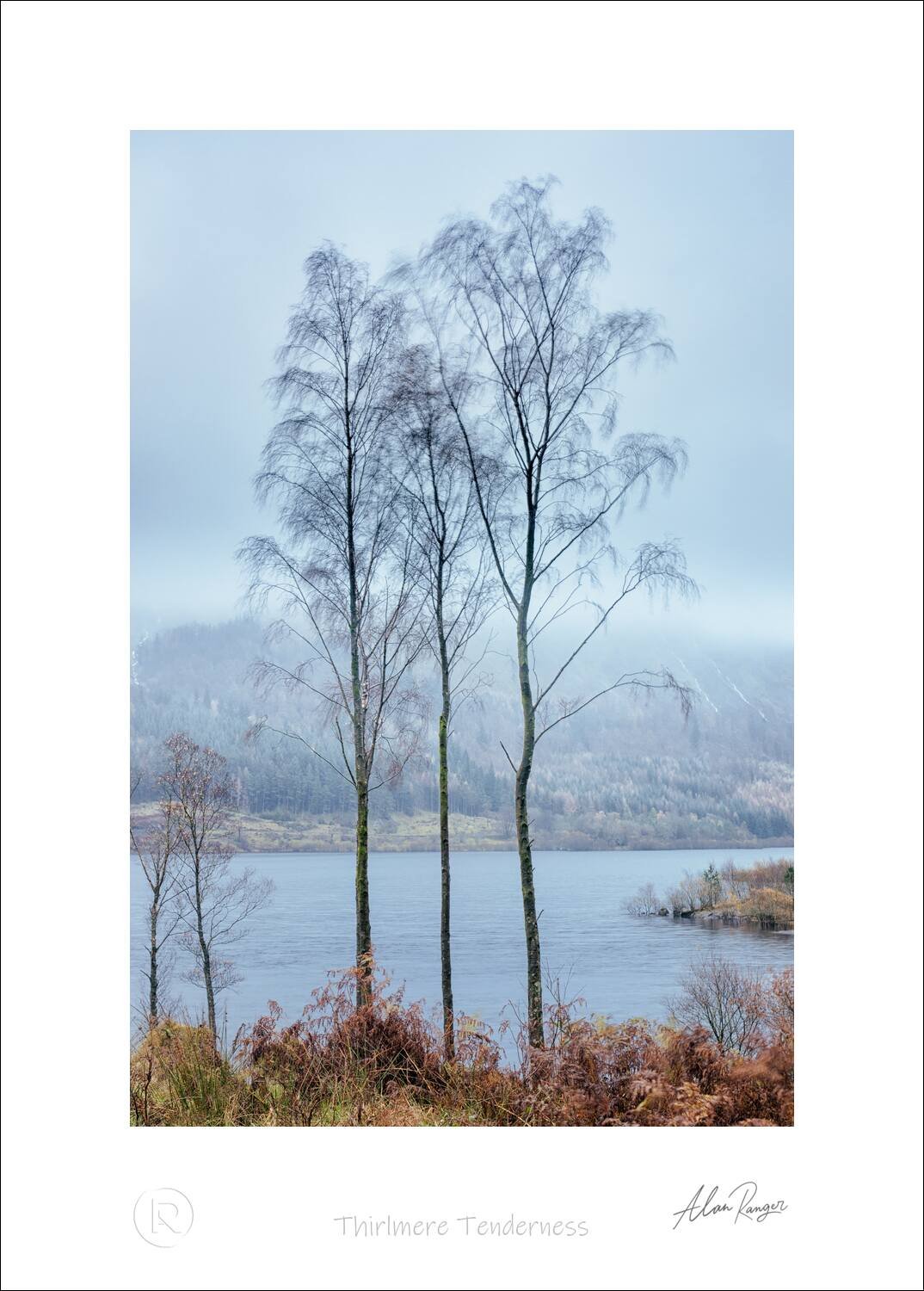
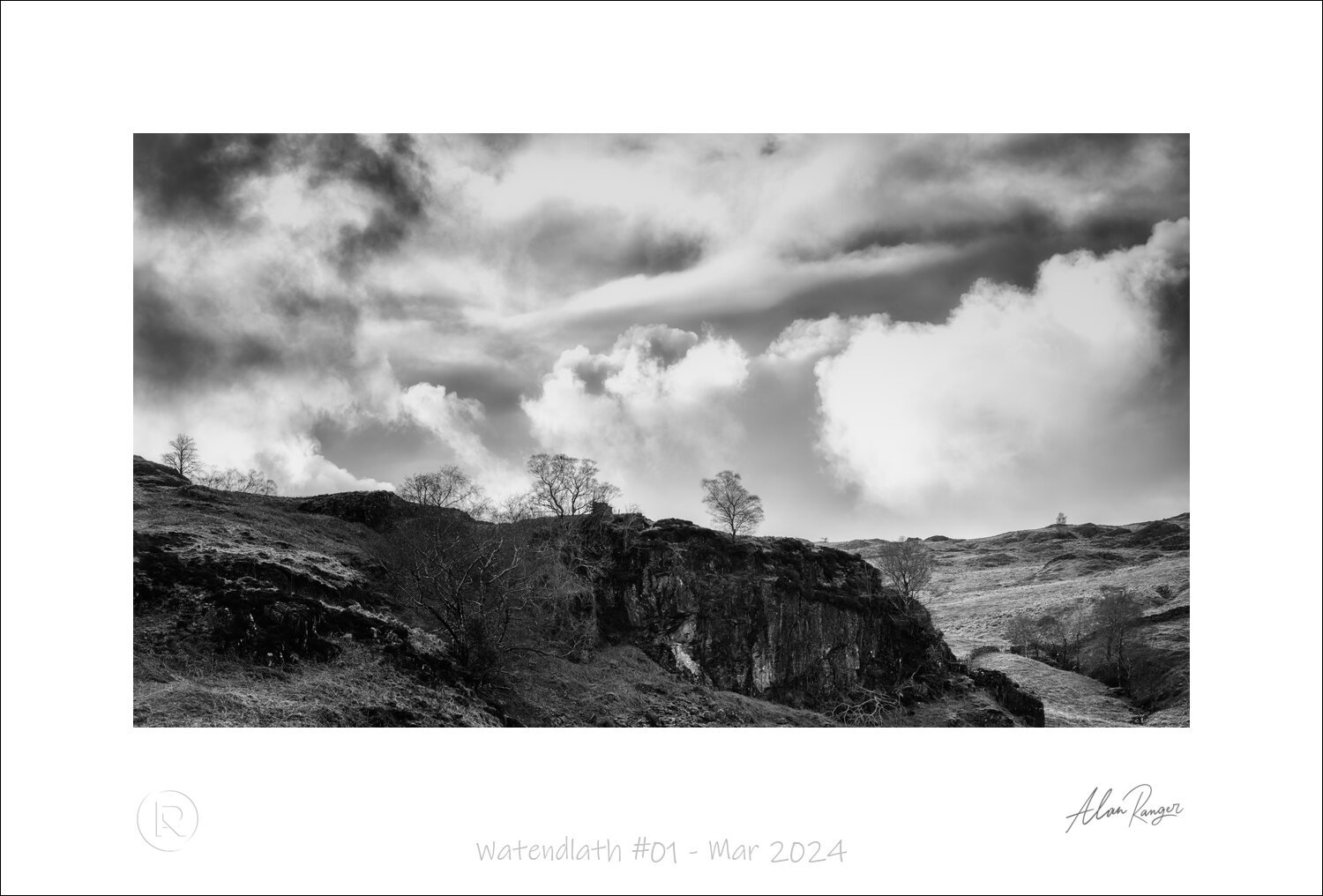
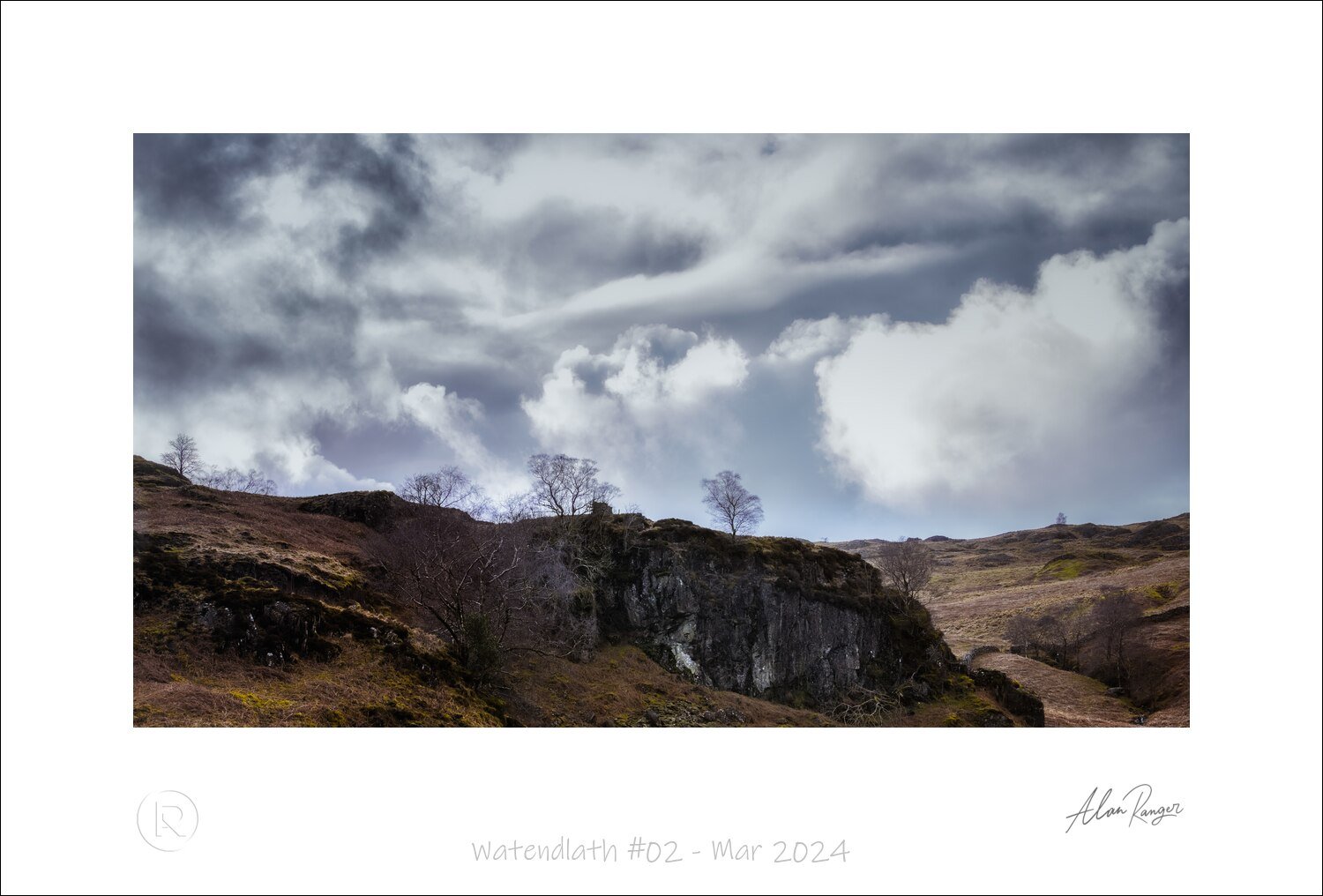
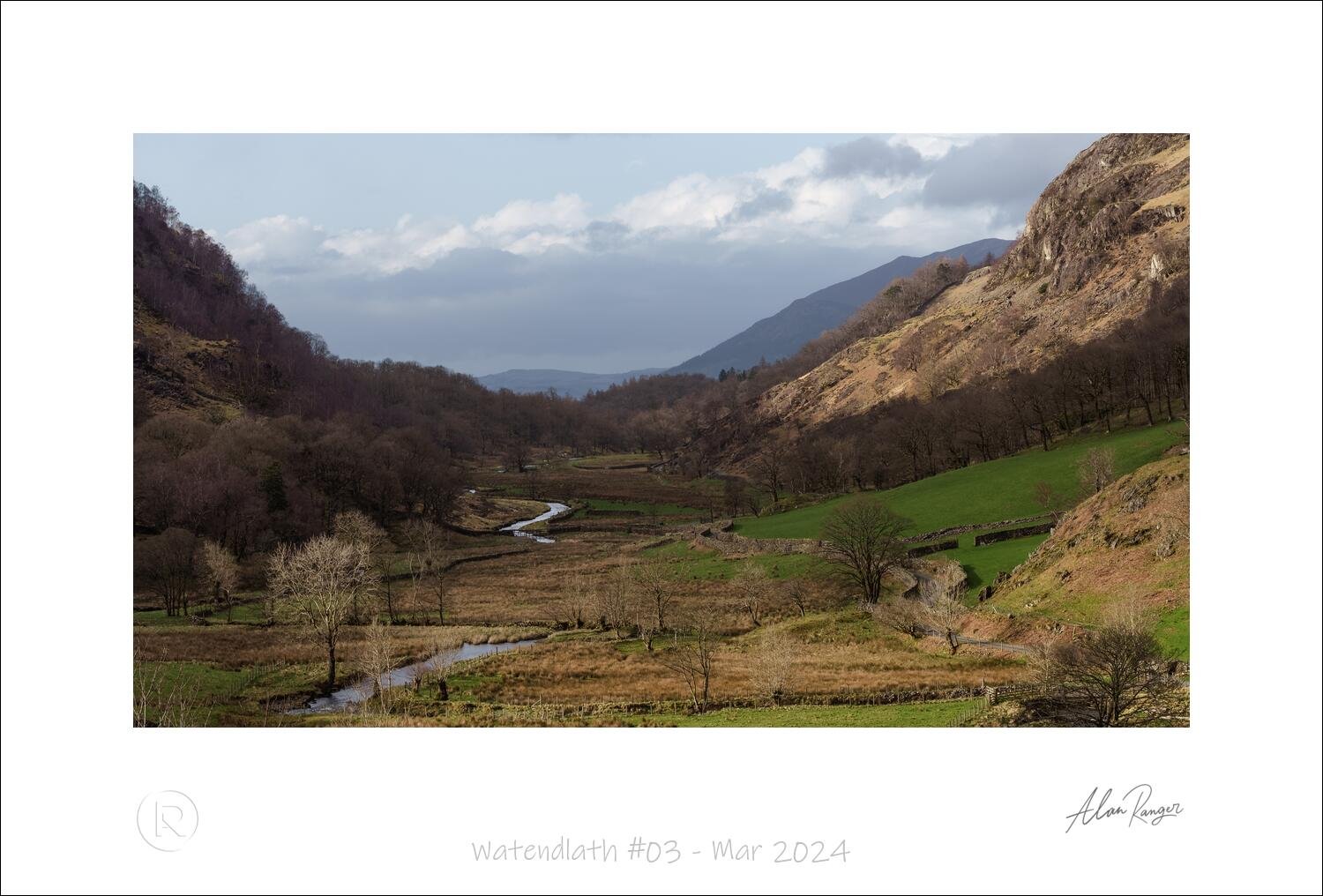

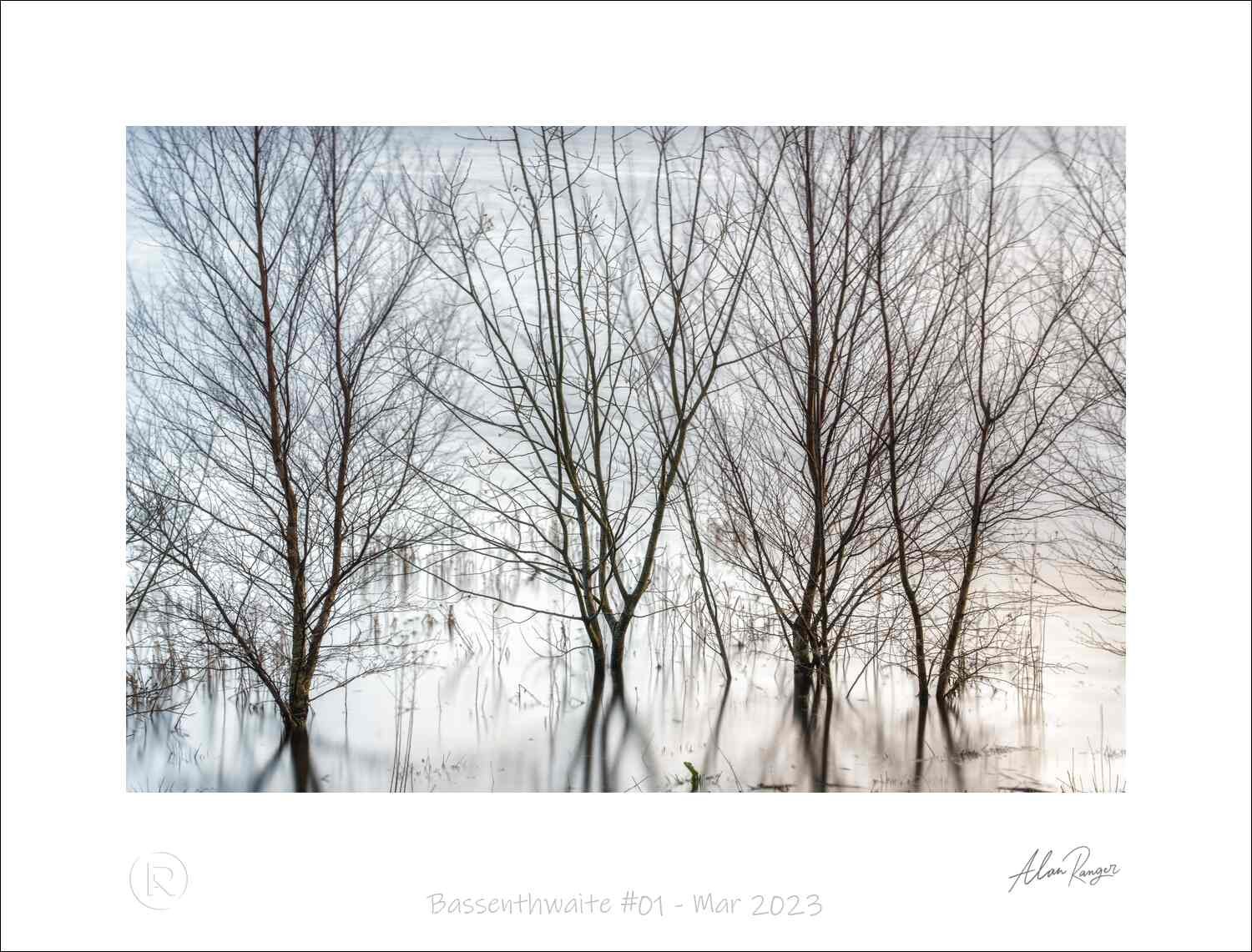
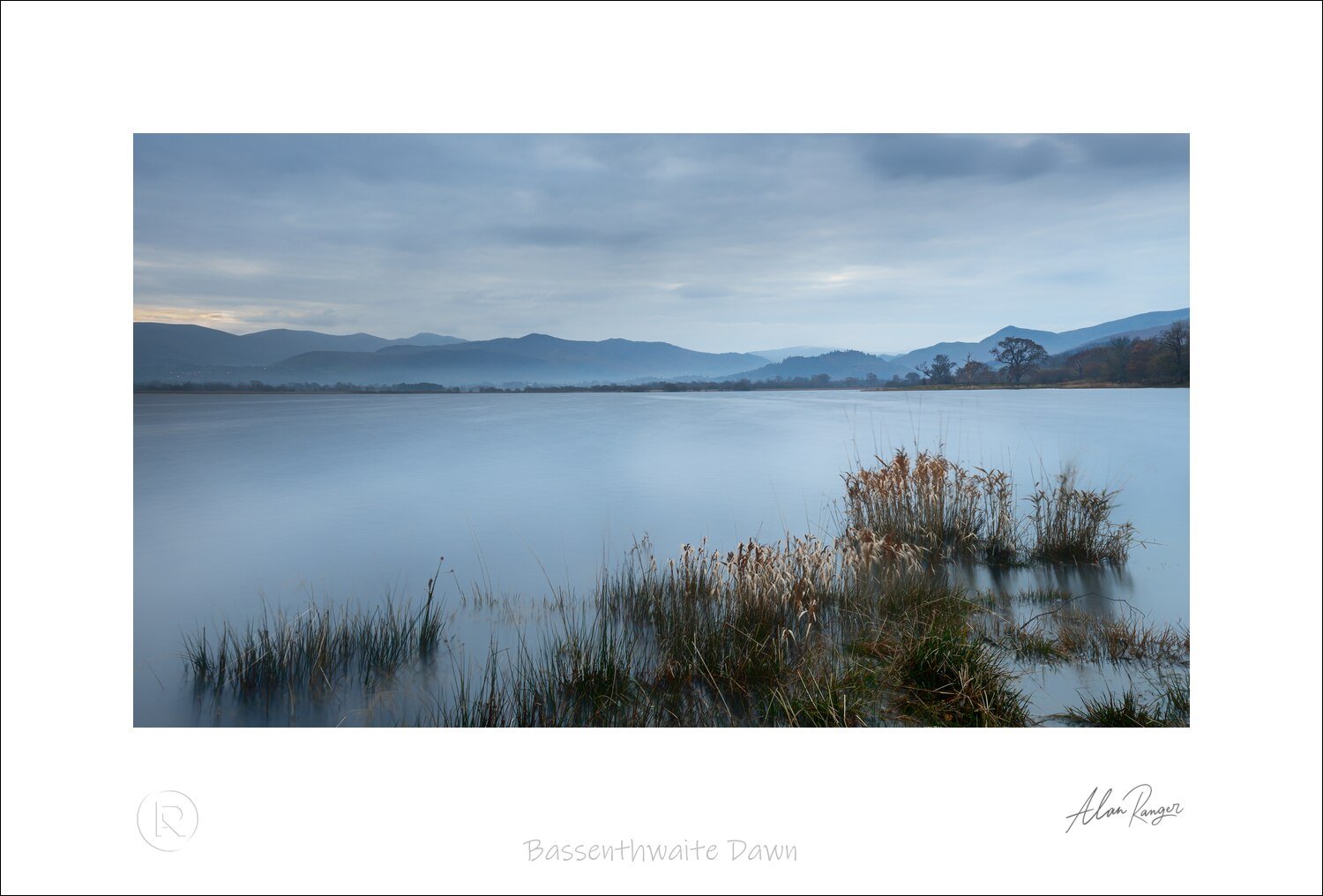
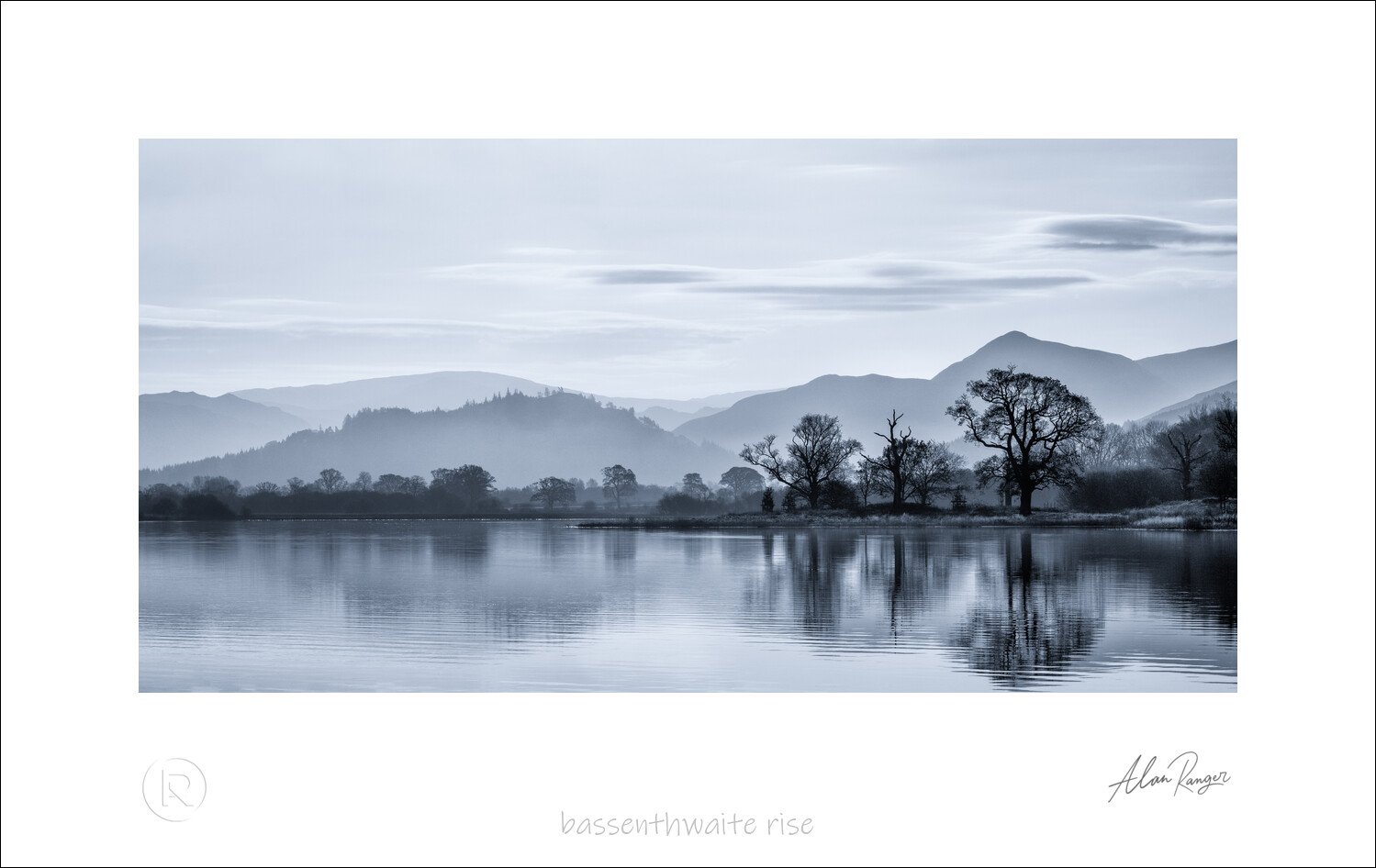
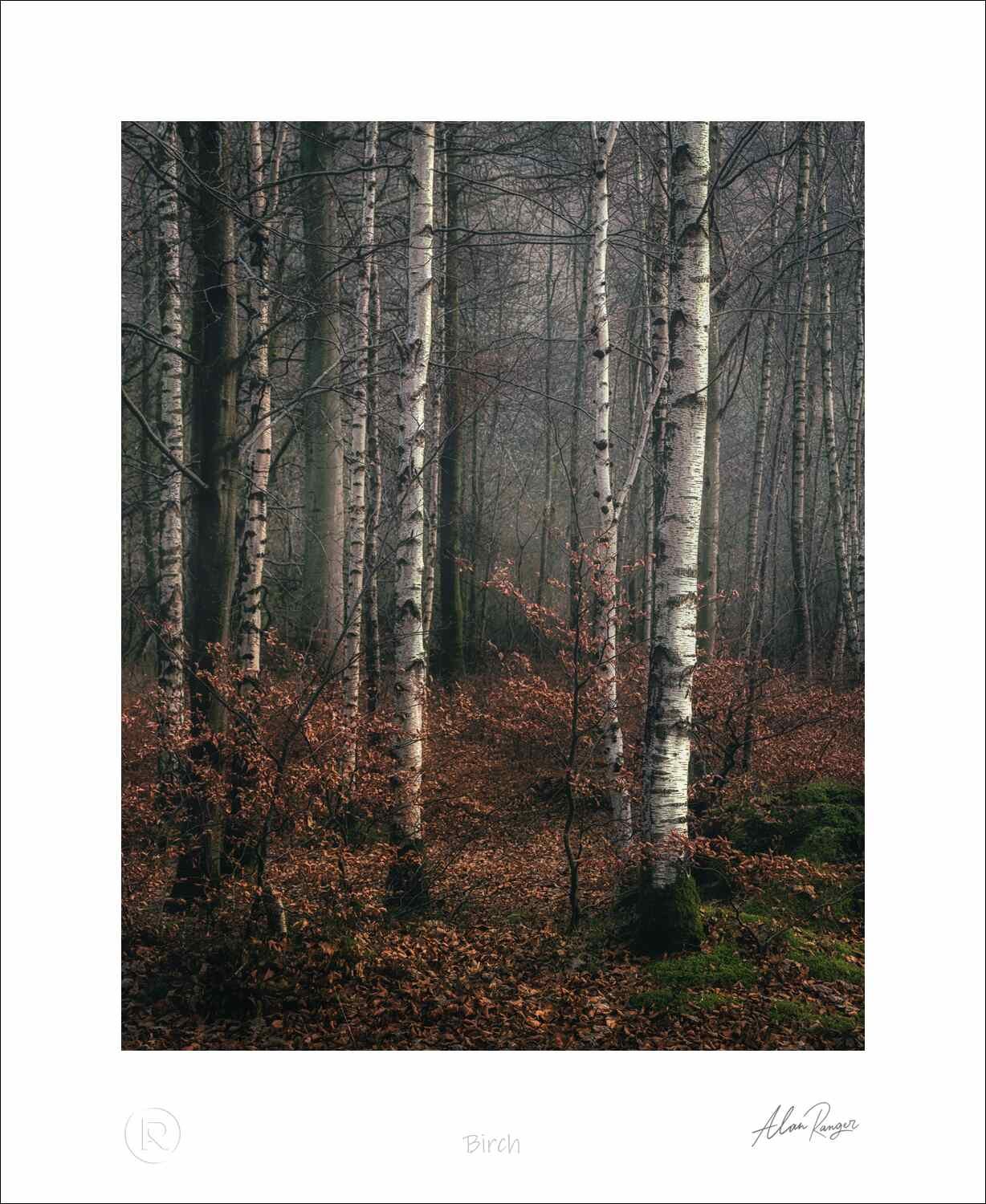
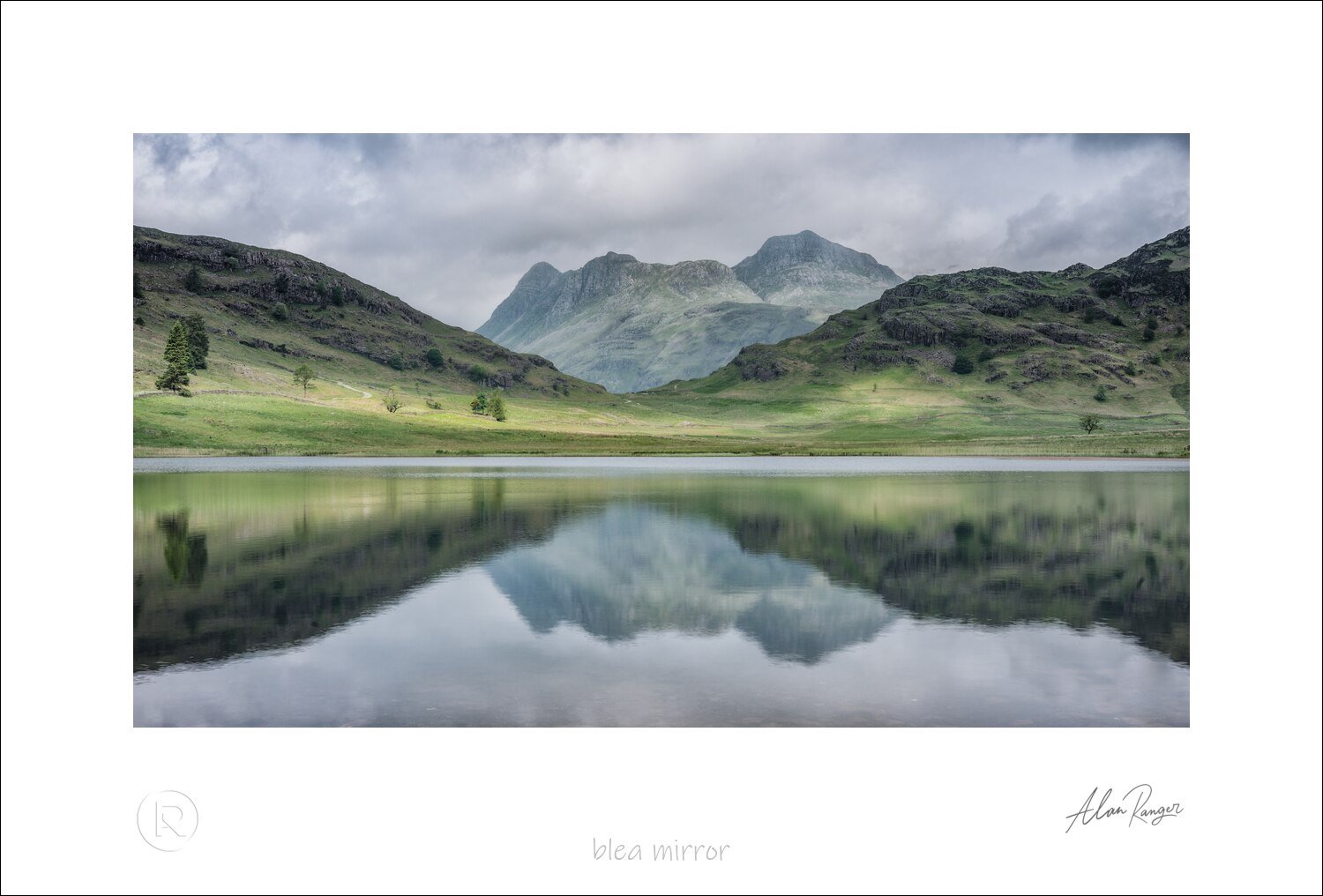







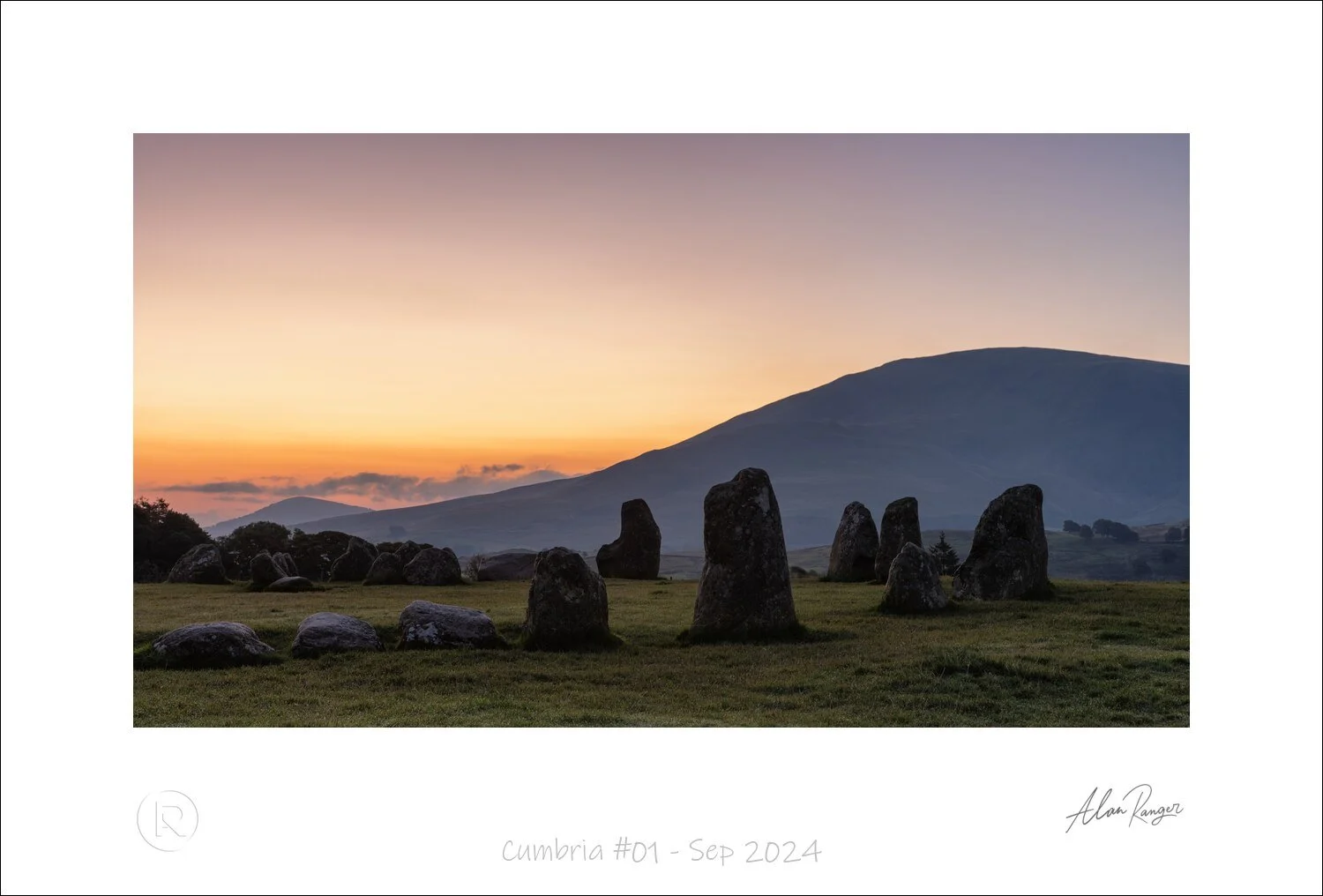
Inspiring photographers in the Lake District
The Lake District has been a muse for countless photographers throughout history. Its breathtaking landscapes have inspired some of the most iconic images in the world of photography. One such photographer is Ansel Adams, known for his stunning black and white images of the American wilderness. While Adams never photographed the Lake District himself, his work serves as a testament to the power and beauty of landscape photography. Mark Littlejohn is another example of the many photographers who have found inspiration in the Lake District. His evocative images capture the essence of the region, showcasing its timeless beauty and serene atmosphere. Exploring the works of these and other photographers who the Lake District has inspired can provide valuable insights and ignite your own creative spark.
Conclusion: Unleash your creativity in the enchanting Lake District
In conclusion, the Lake District is a paradise for landscape photographers, offering a wealth of opportunities to capture stunning images. By joining a photographic holiday in this enchanting region, you can enhance your skills, learn from experienced professionals, and create lifelong memories. Remember to choose the right photographic holiday that suits your skill level and preferences, and pack the essential equipment to capture the beauty of the Lake District. Experiment with composition techniques, capture the magic of different seasons, and embrace the editing and post-processing process to bring out the full potential of your images. Let the works of inspiring photographers in the Lake District guide and inspire you on your own photographic journey. Unleash your creativity and join the enchanting photographic holidays in the Lake District to get expert advice and a professional premium experience.
My own Lake District Photography Workshops and retreats are one of the most popular and tend to sell more consistently and quicker than most other residential location-based workshops I run. It’s for a good reason because whatever the time of year, or weather there are always good opportunities available and with my wealth of knowledge and experience of the region I always have backup plans for alternative locations and options to suit most situations. If you are interested in joining me, I would be delighted to welcome you and support your photography in this mystical and enchanting place. Details below. Landscape Photography Workshops
